“Change” has been a staple for the IS throughout its 18-year history. That was the case then and it remains so today.
The Lexus IS first came into the auto scene back in 1998 as the company was keen to enter the entry-level luxury sedan segment. It took until the year 2000 for the IS to enter the U.S., but once it was here, the IS has been a staple in the market.
Since its arrival, the IS has evolved into more than just a cheaper alternative to the ES sedan. The first generation IS only came in sedan and wagon variants, but all that changed when the second generation model arrived in 2005 with a high-performance V-8 sedan (the IS F) and two hardtop convertible versions (the IS 250 C and the IS 350 C) being added into the model range. That generation lasted for eight years before Lexus unveiled the third generation IS in 2013. Not surprisingly, the latest - and current - iteration of the IS also came with an expanded menu of new variants, namely the IS 300h hybrid and the performance-tuned F Sport package.
To be clear, the IS hasn’t been perfect. There have been some missteps throughout its journey to relevancy. Questionable engine choices have been made, specifically the lackluster 2.5-liter V-6 that used on the 2014 IS 250 AWD. For the most, part, though, the entry-level luxury sedan has proven its worth against the institutions of the segment.
Lexus->ke47 has just unveiled the 2016 IS->ke500], and to no one’s surprise, it’s arriving with some notable changes, including the addition of the IS 300 AWD and 200t models, and the discontinuation of the IS 200 AWD and IS 250 AWD.
The question now is: can it finally make the leap to challenge the same institutions?
Continue reading to read more about the 2016 Lexus IS.
2014 - 2016 Lexus IS
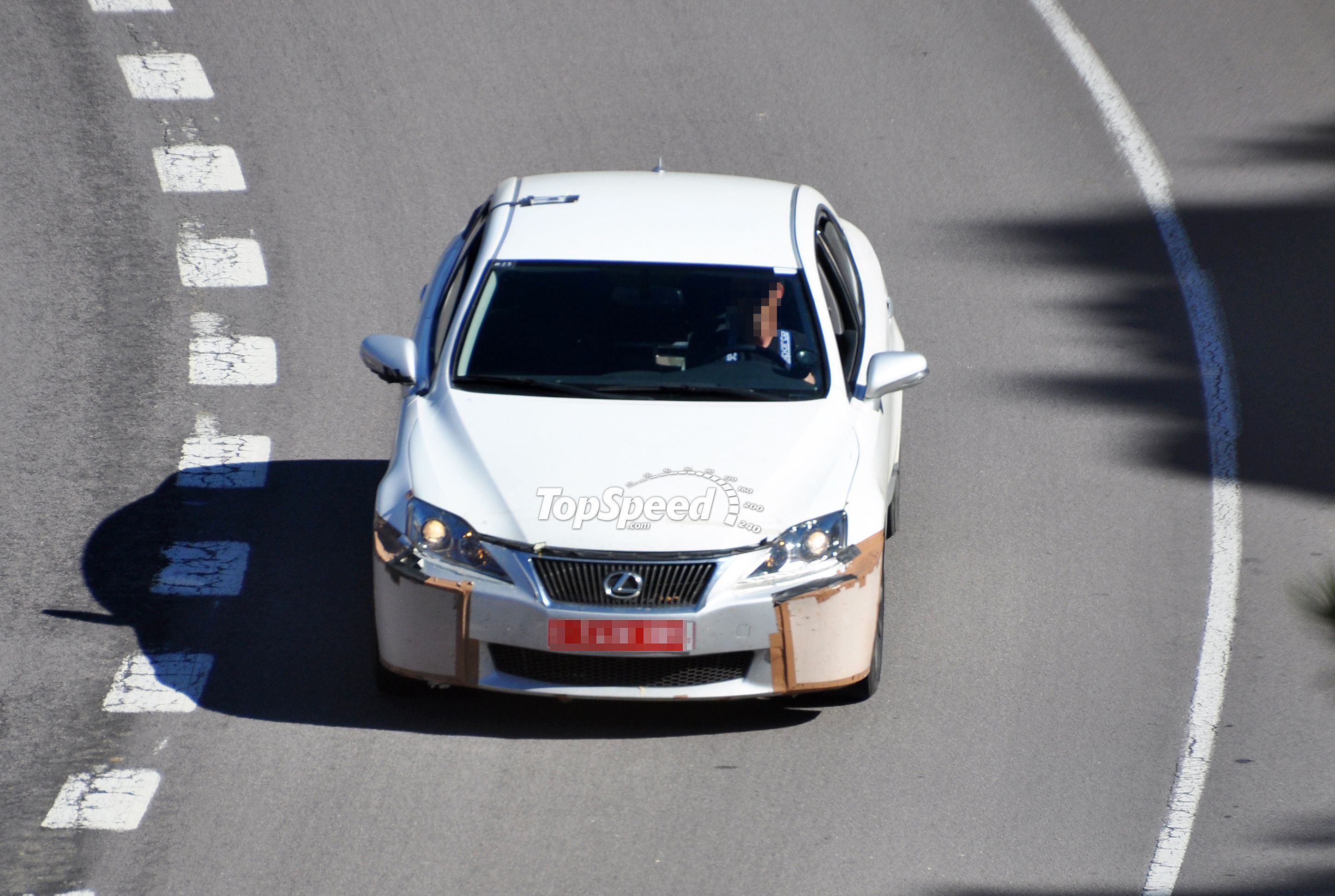

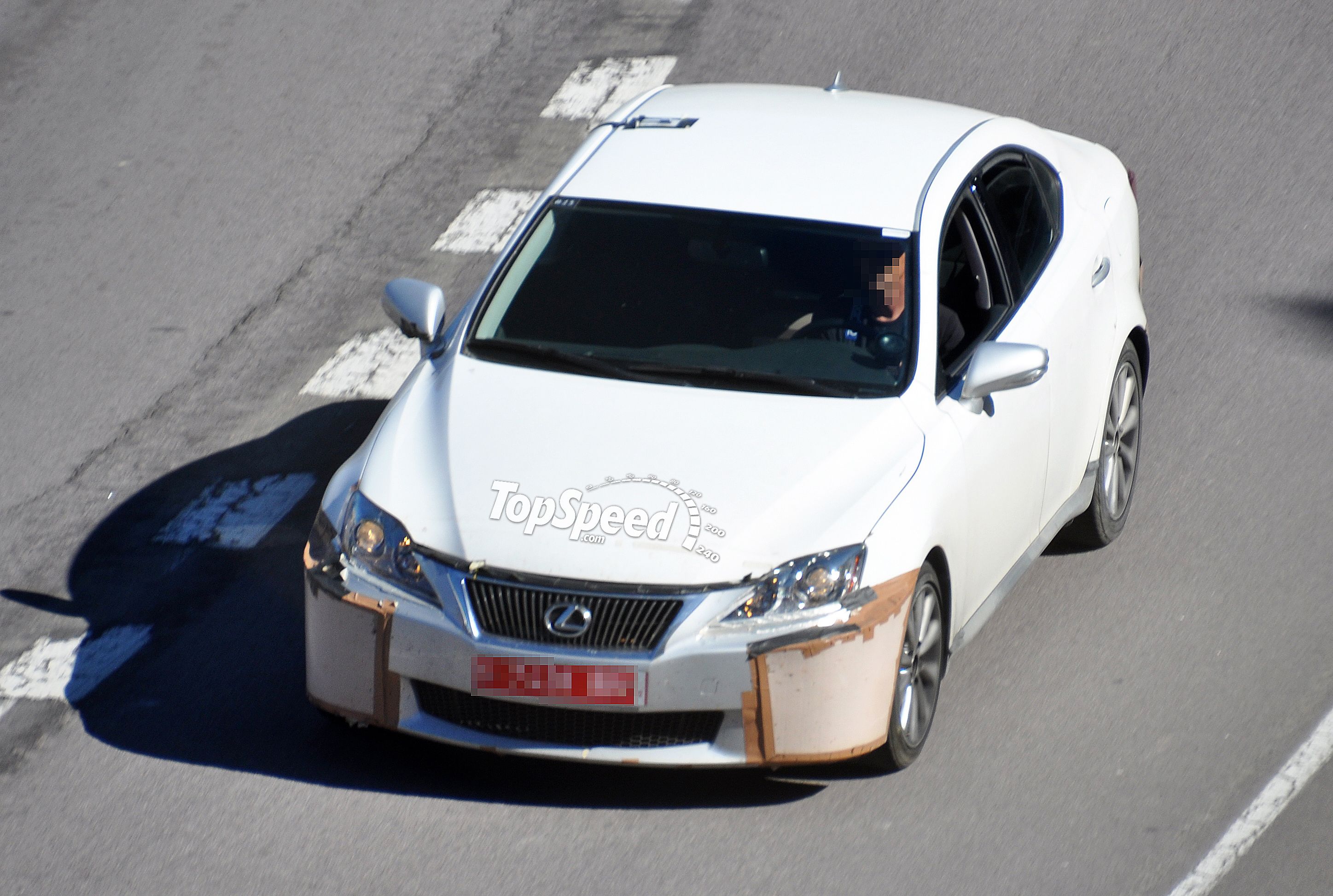
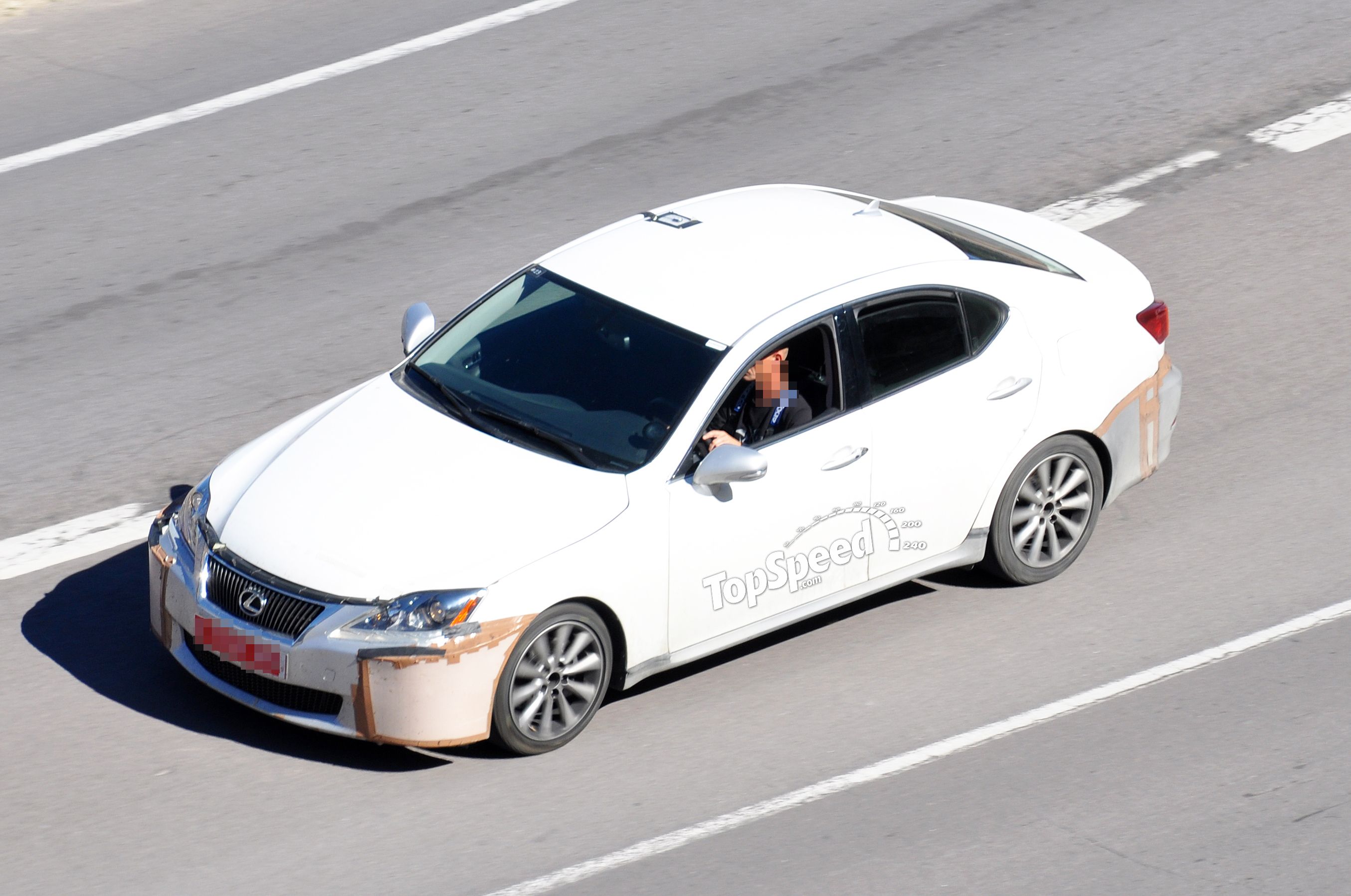

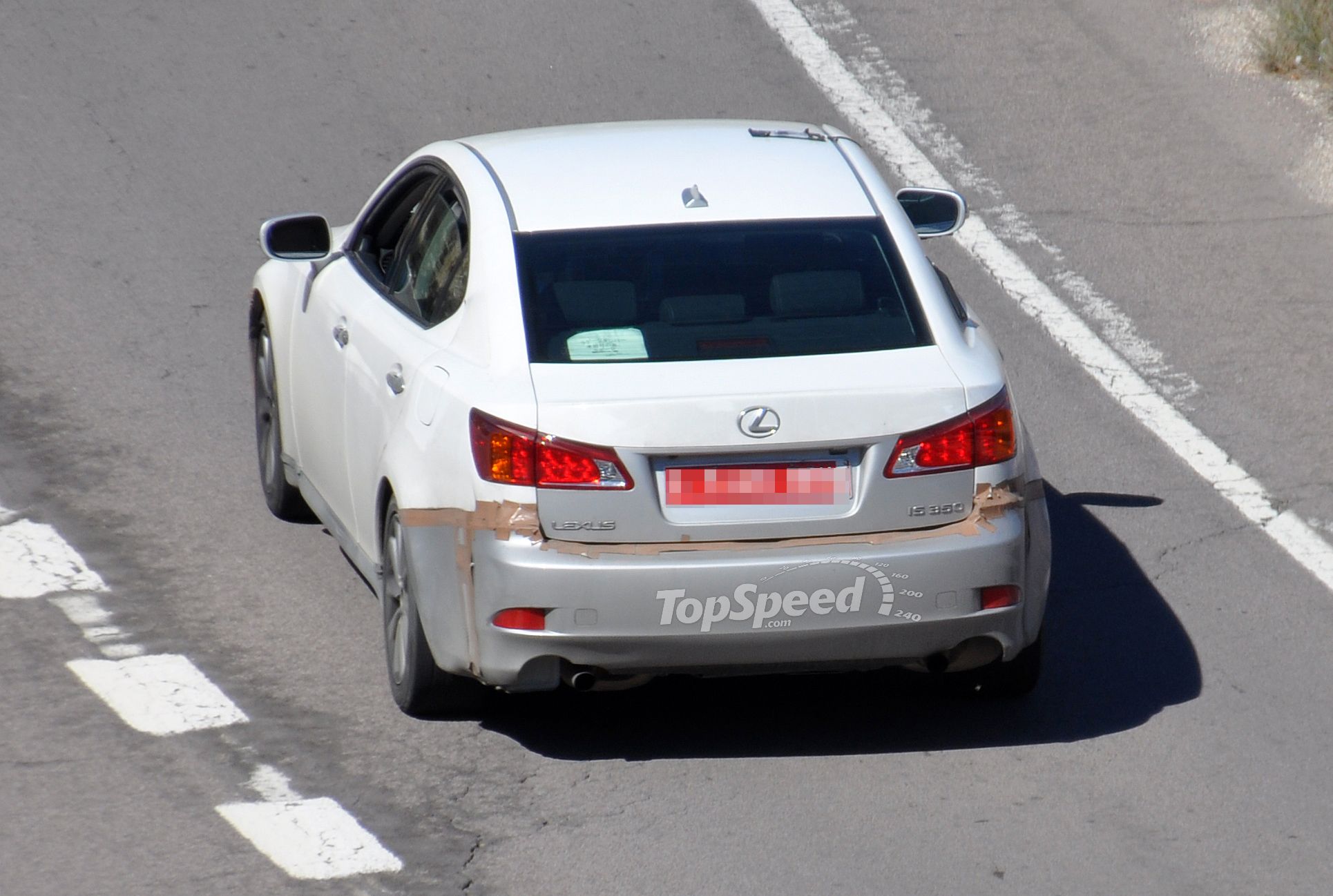










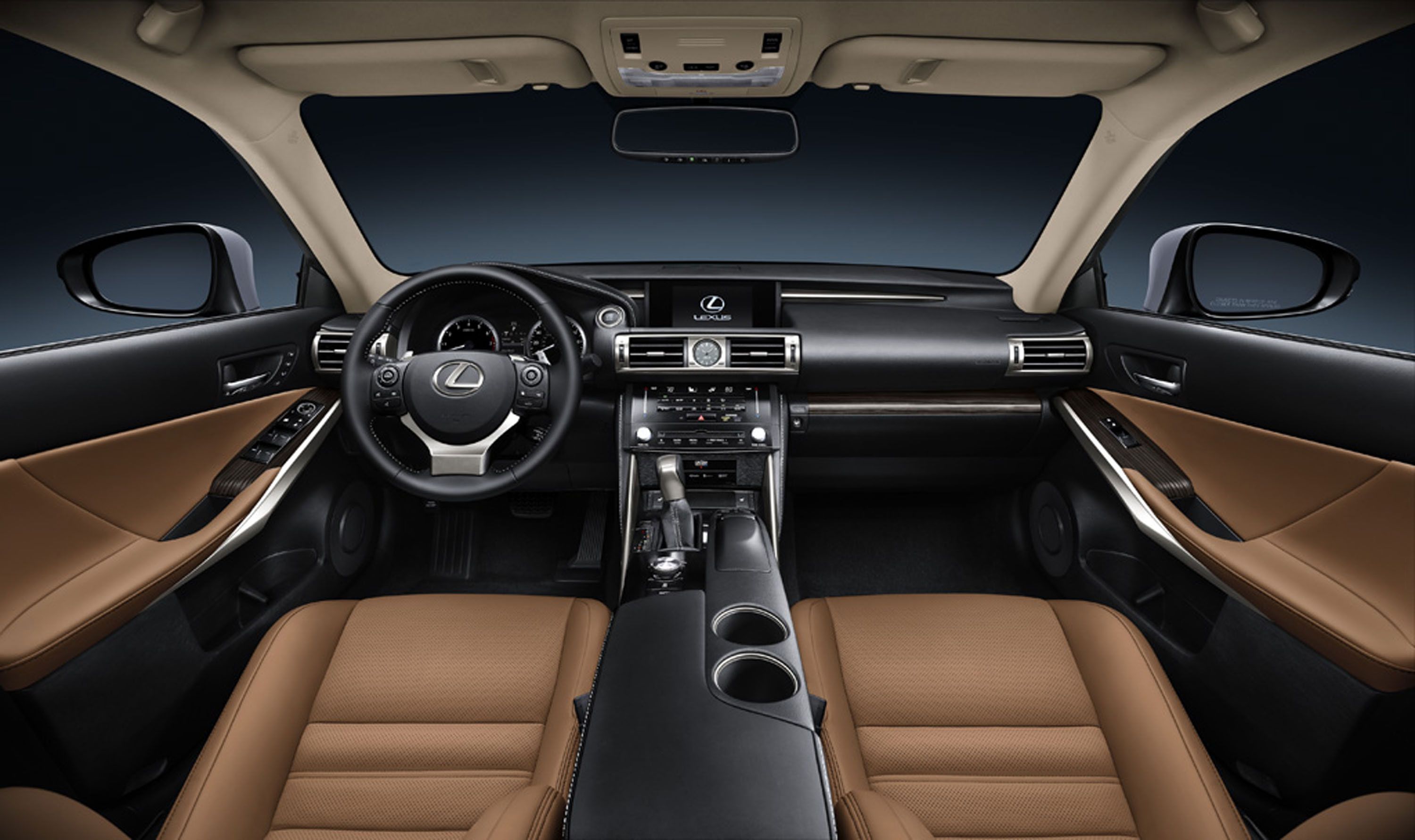
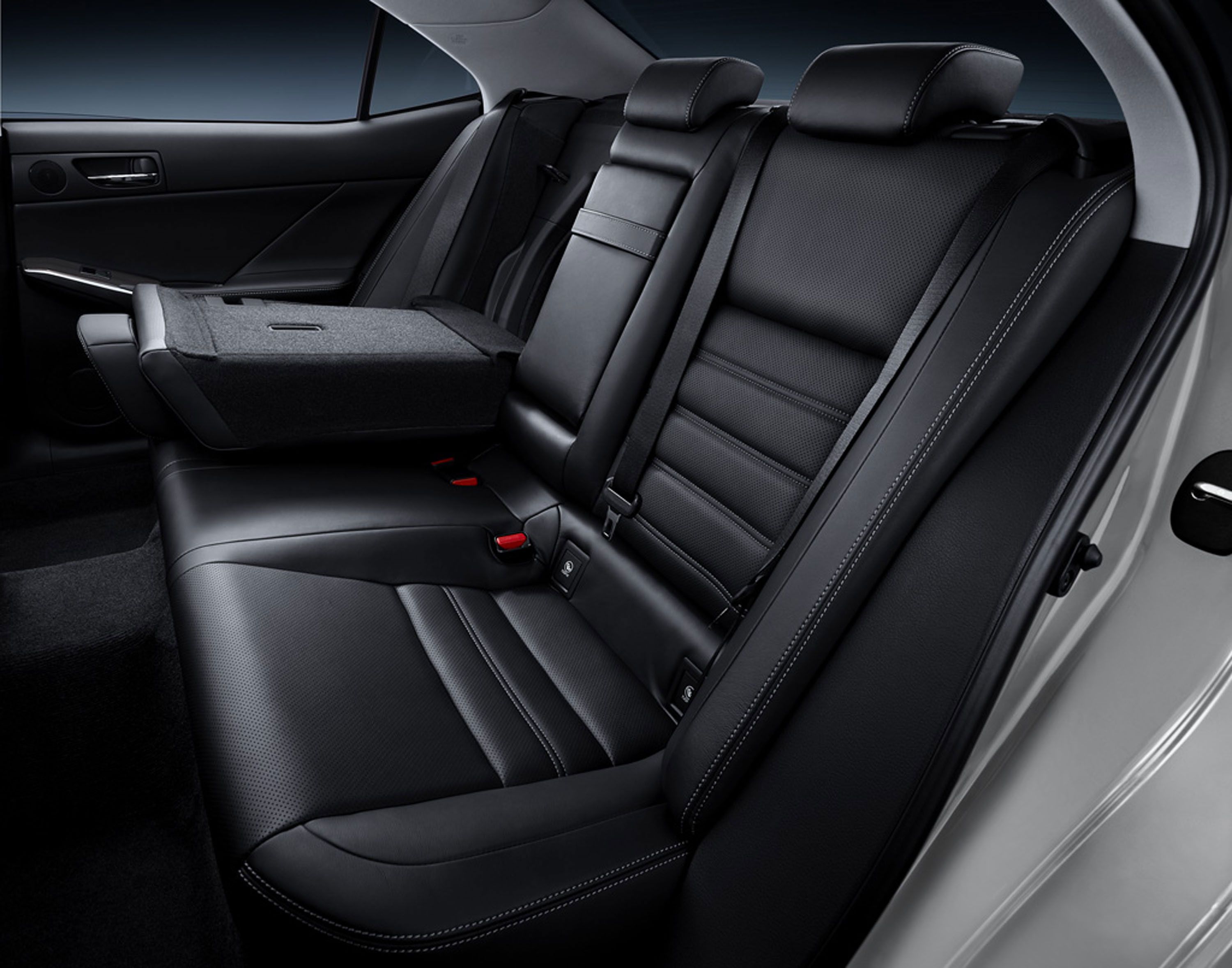
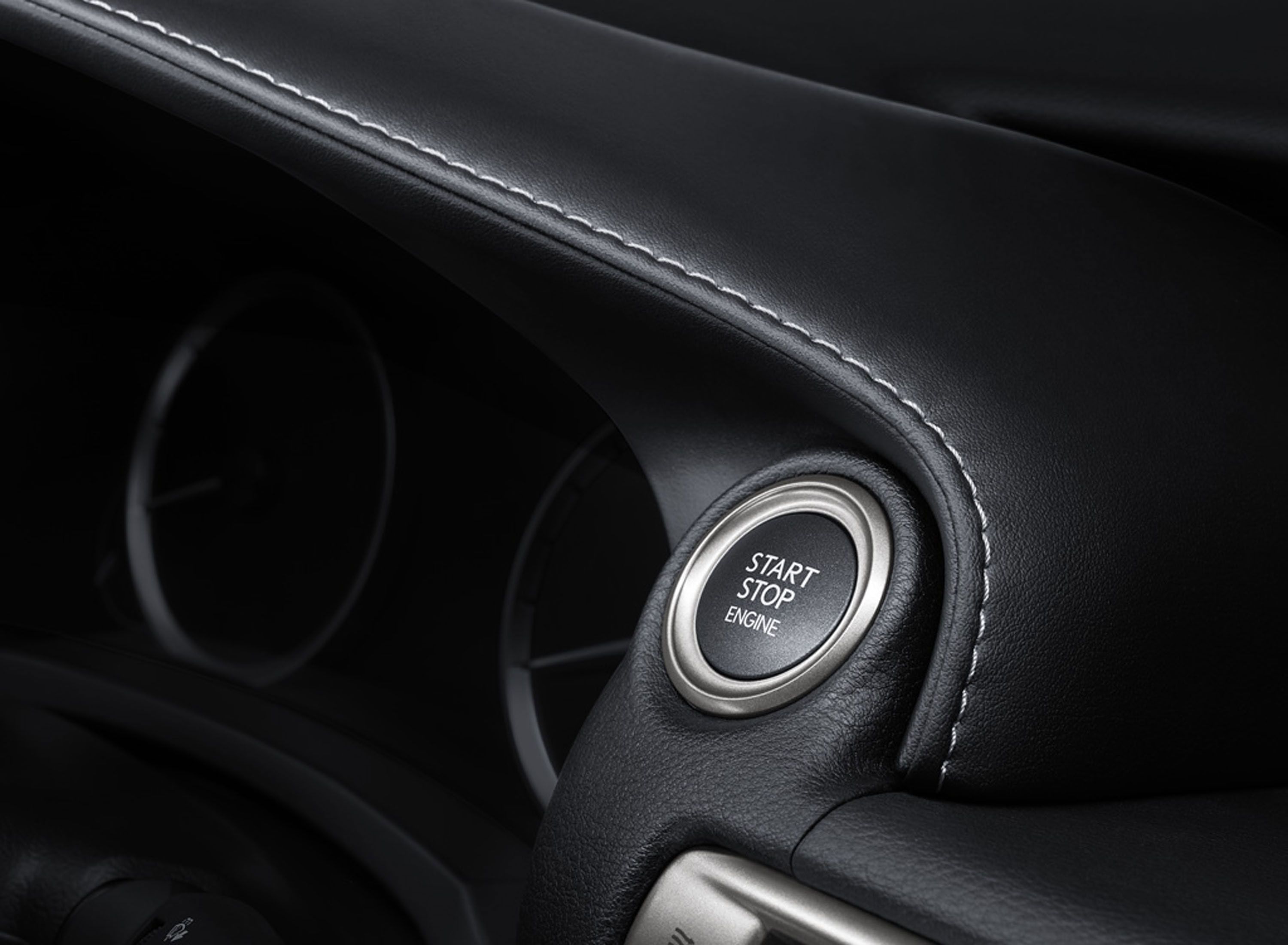
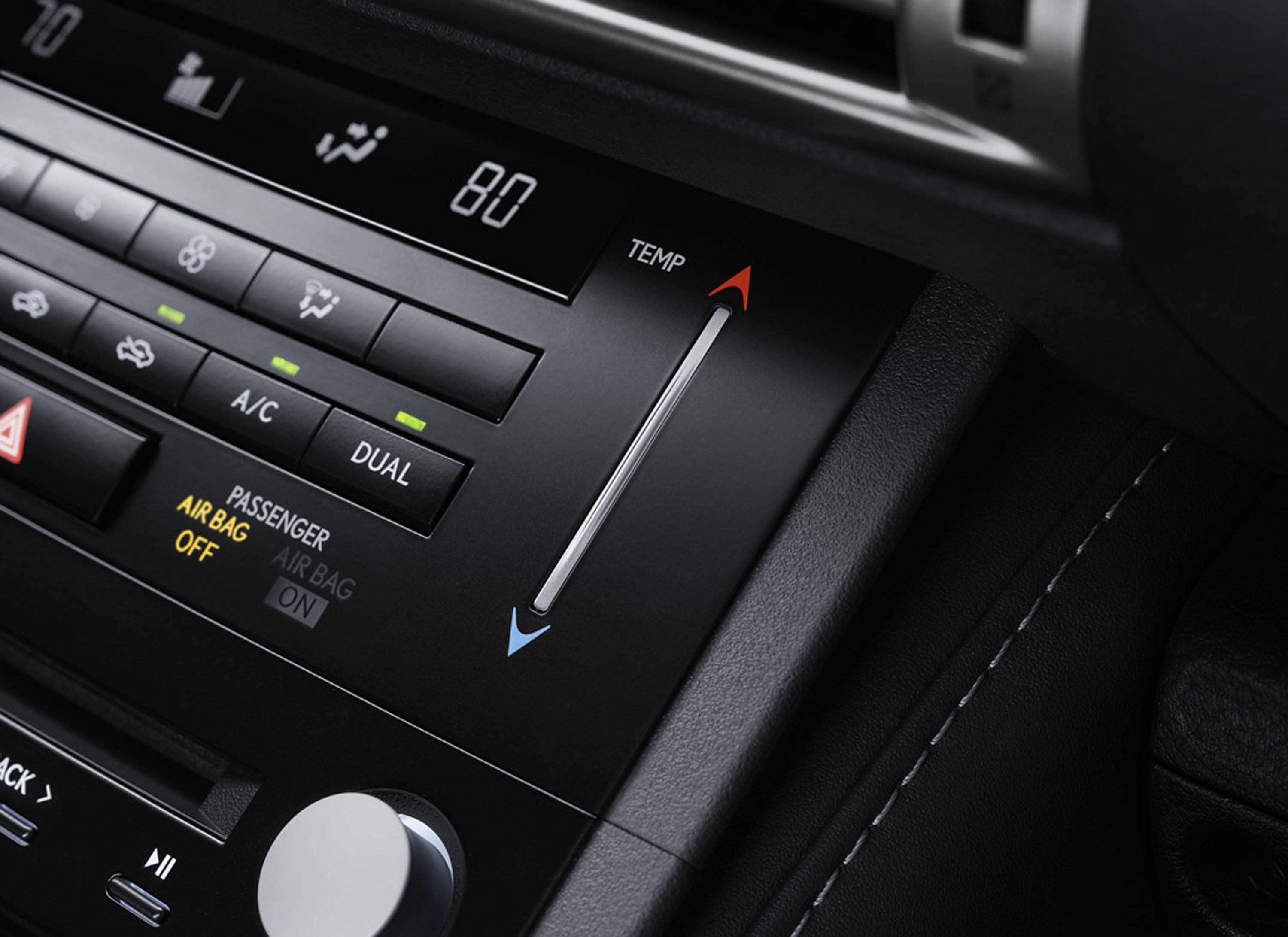
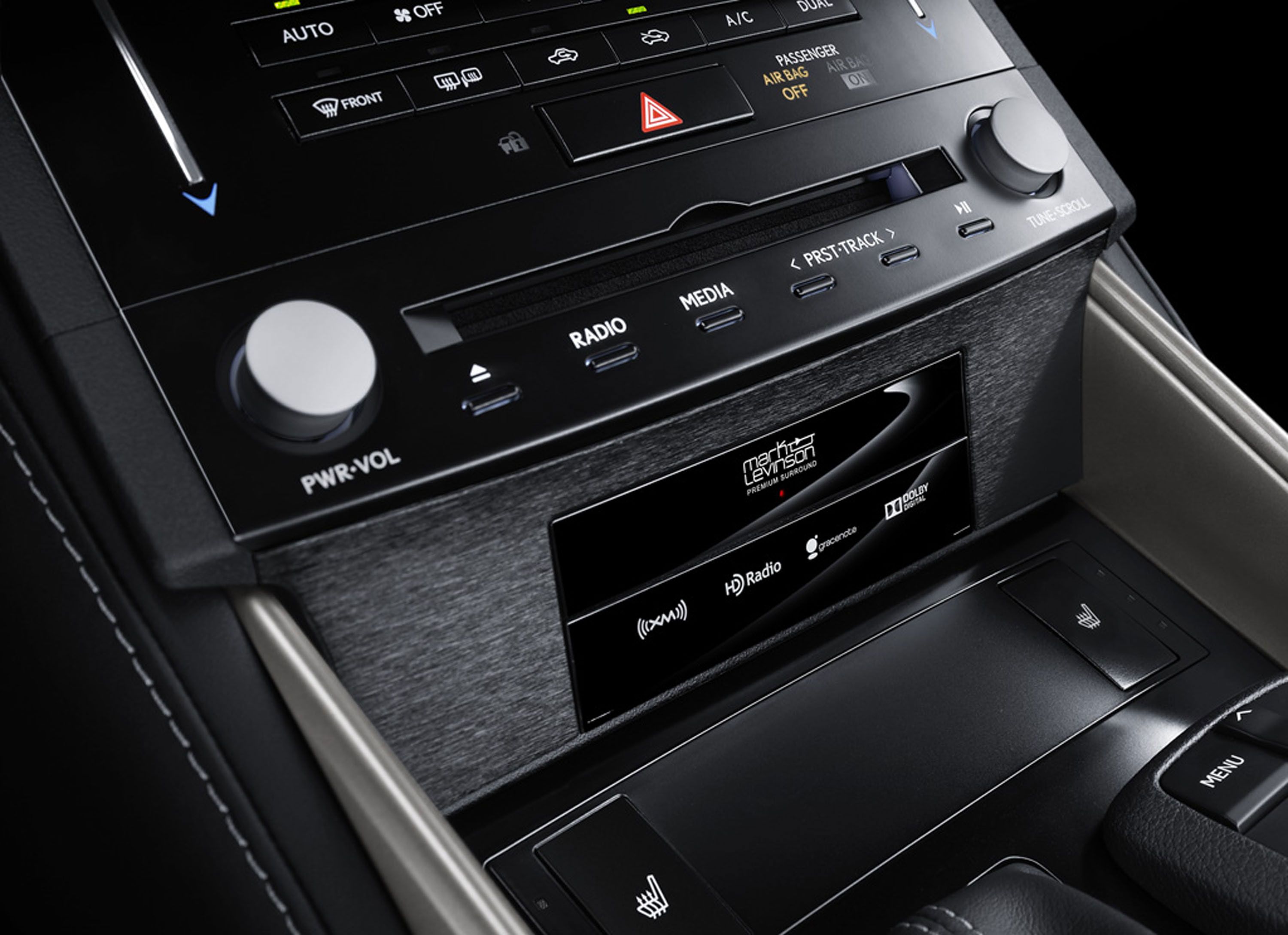
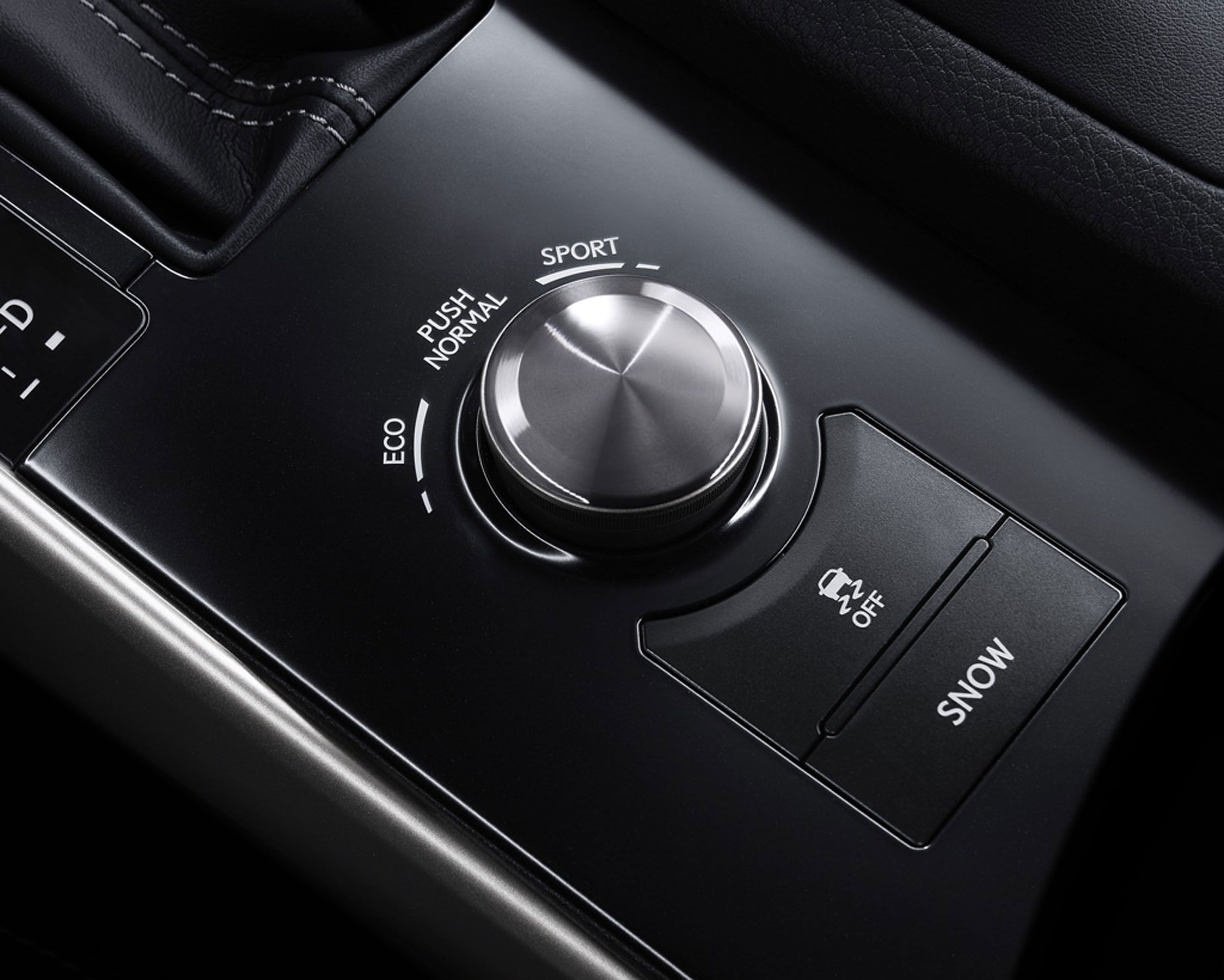
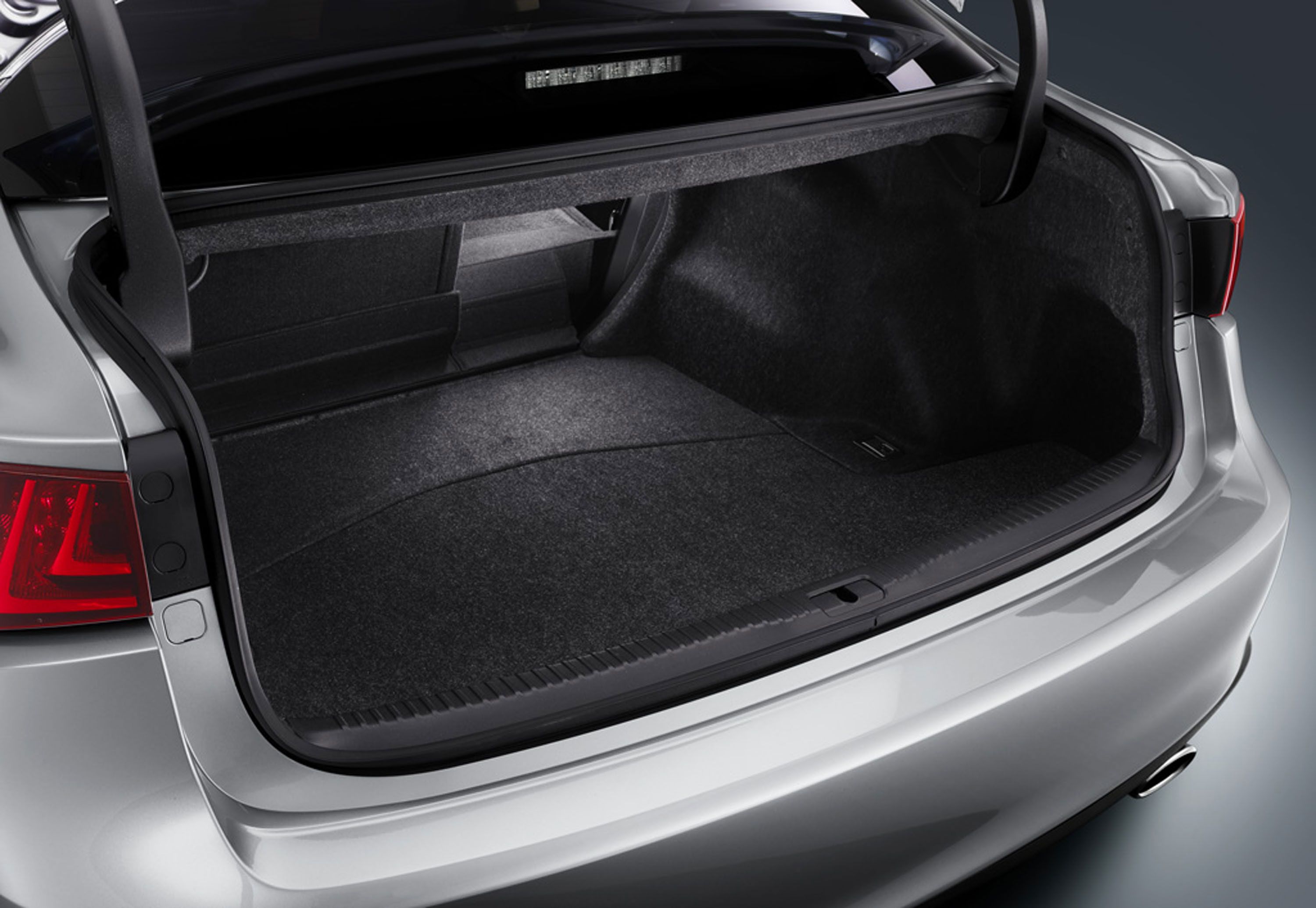
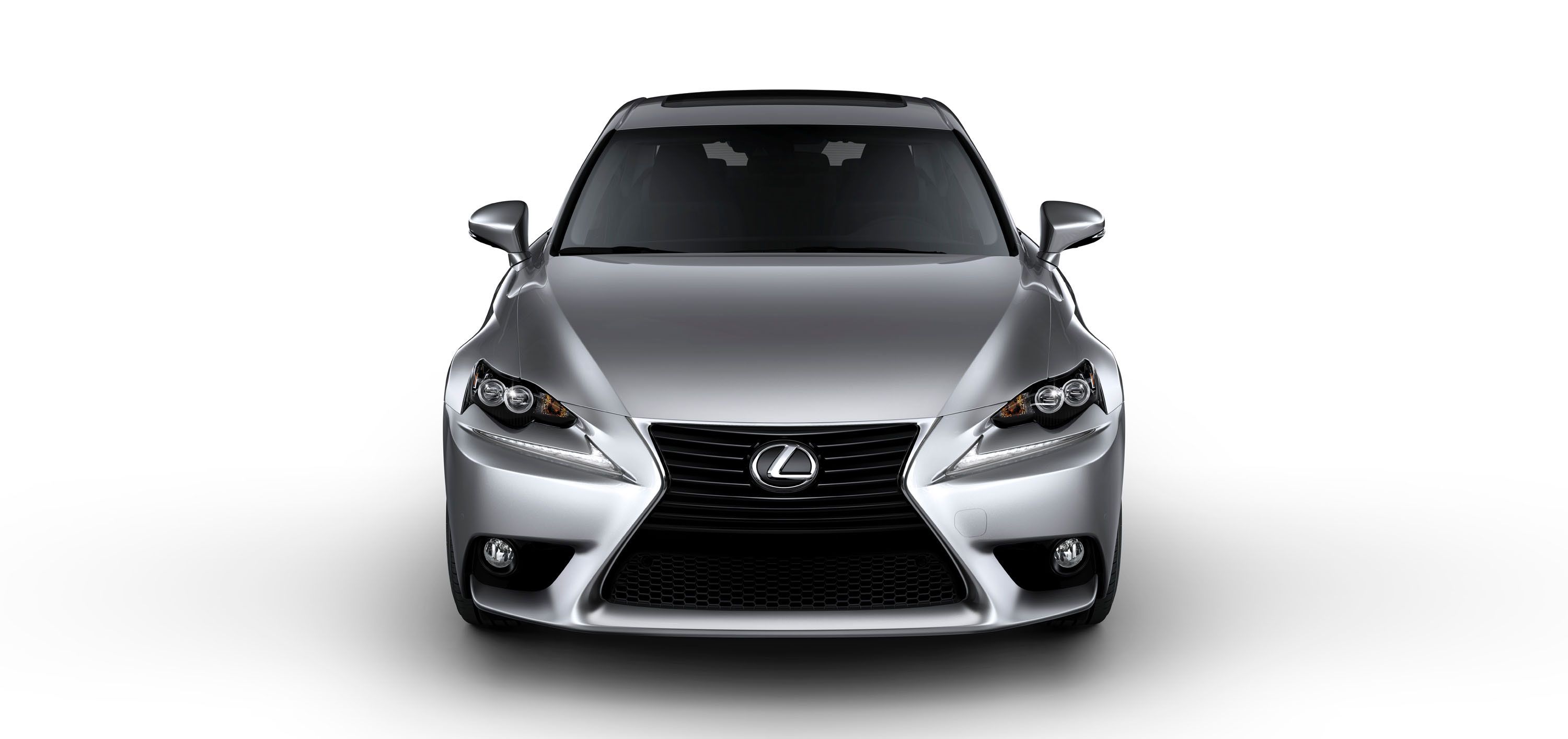
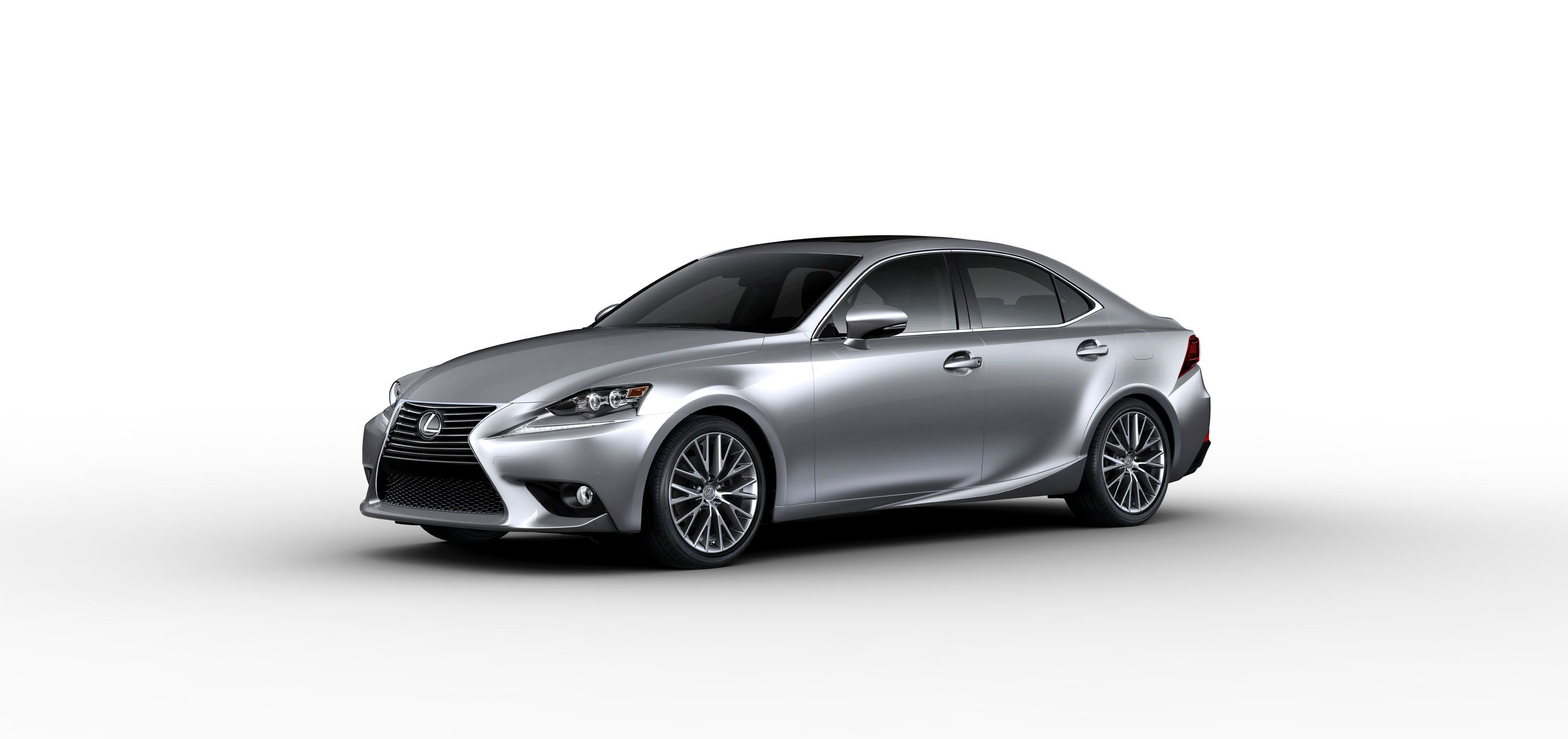
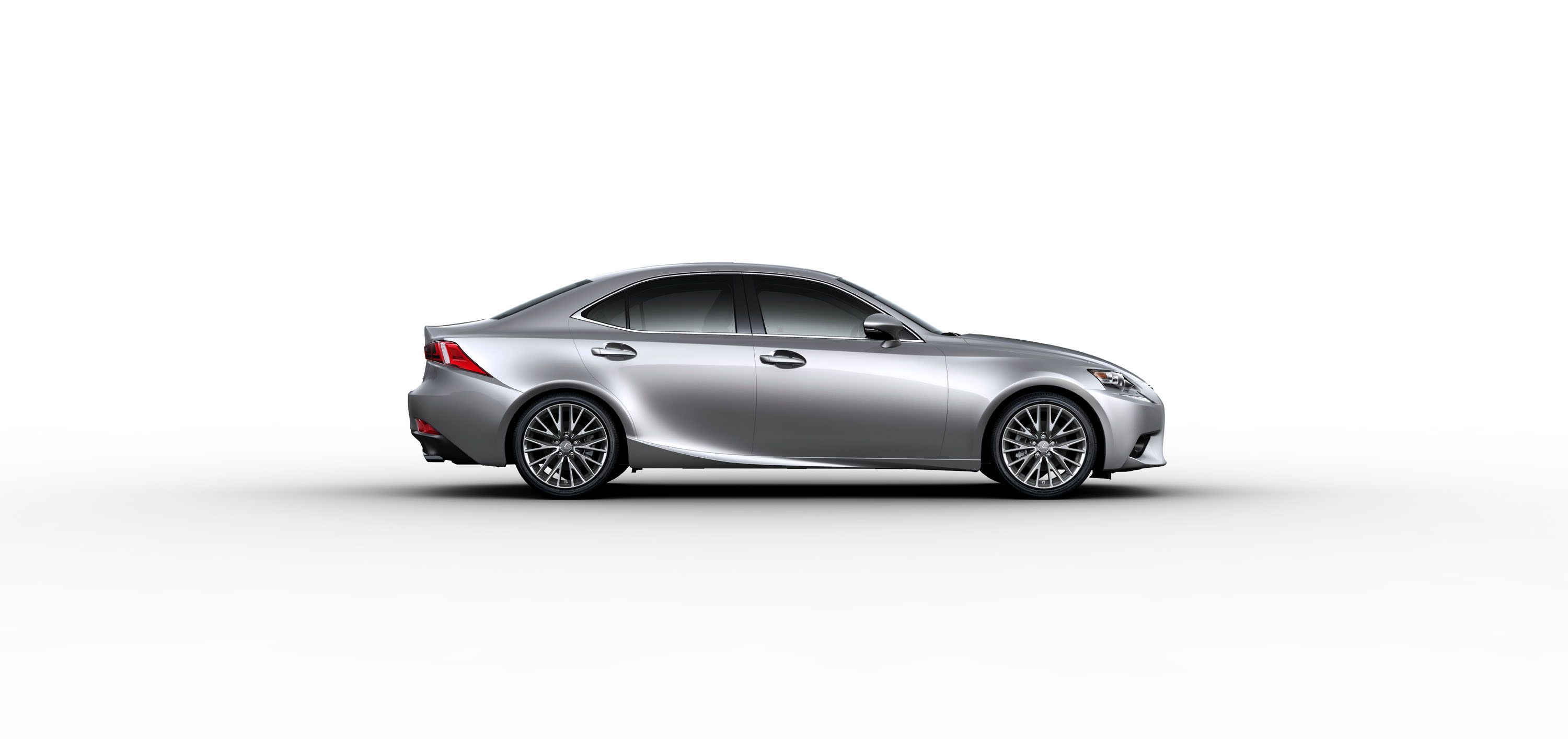
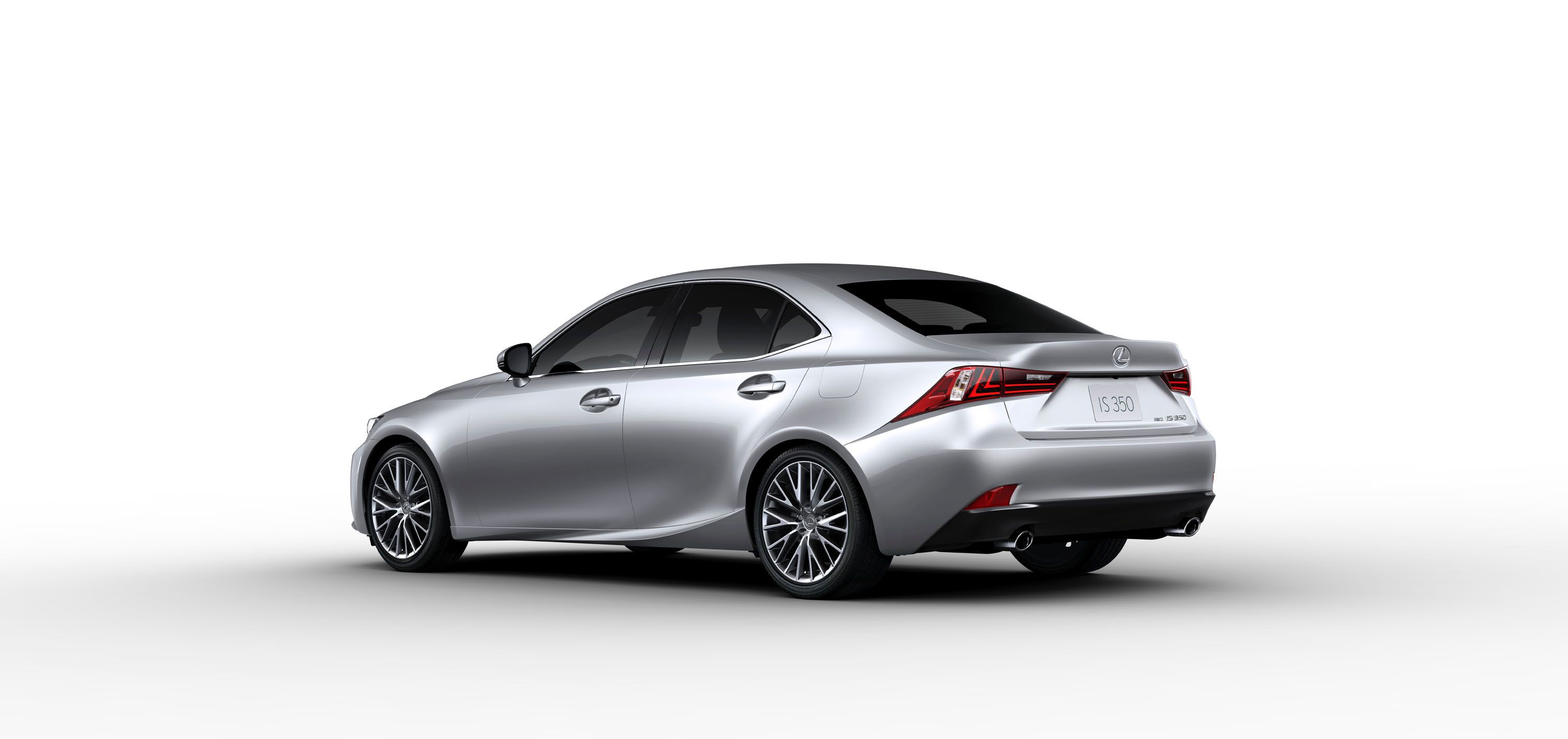
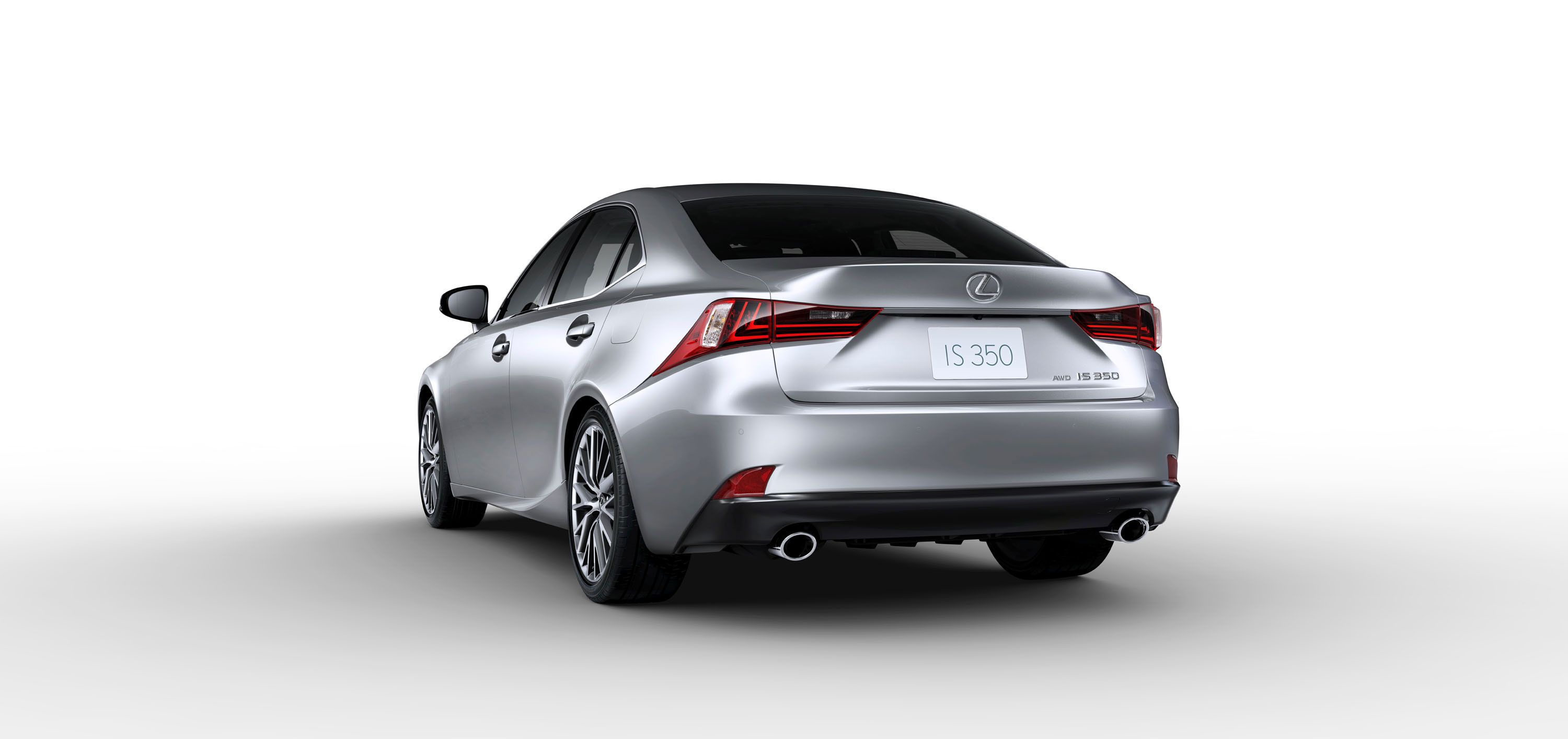
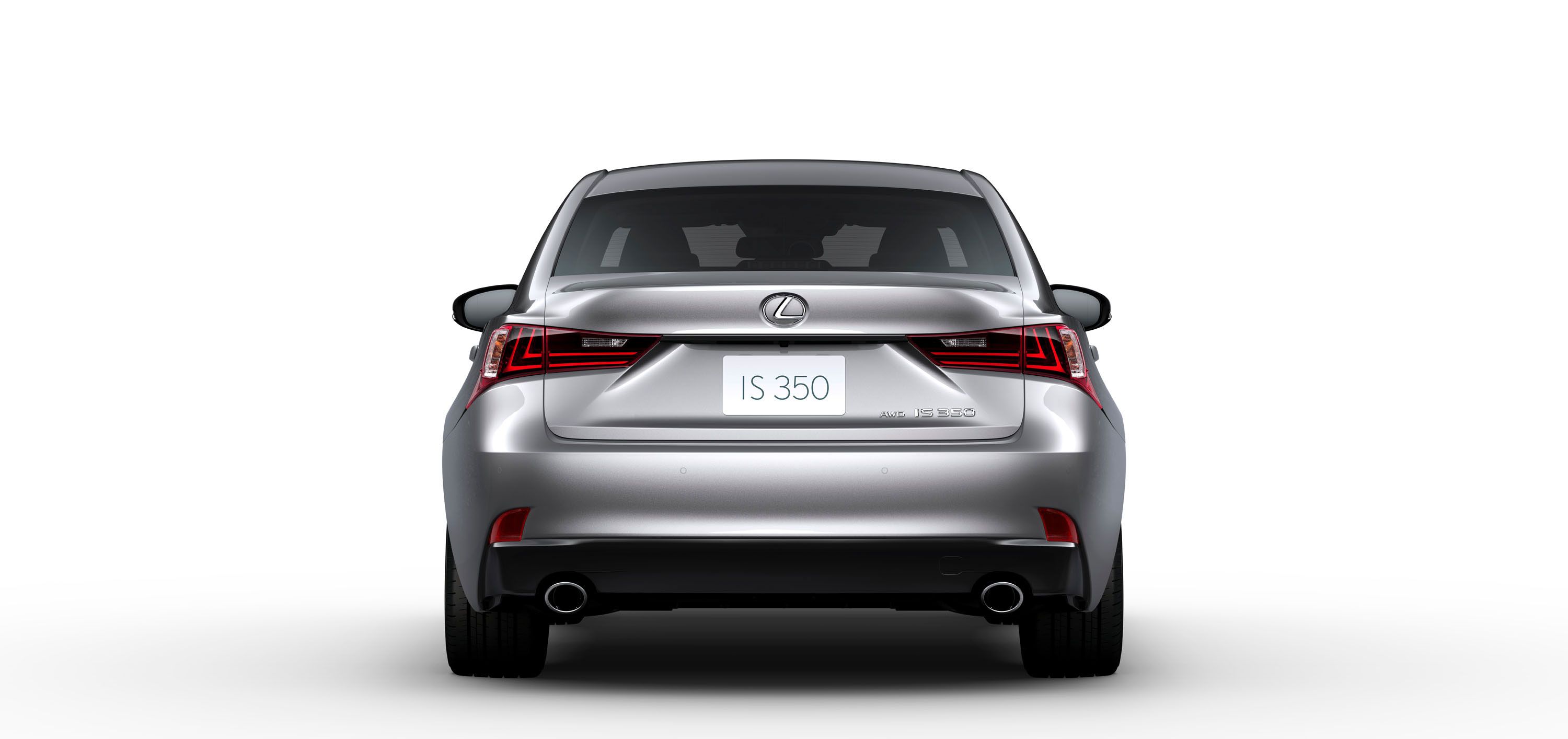
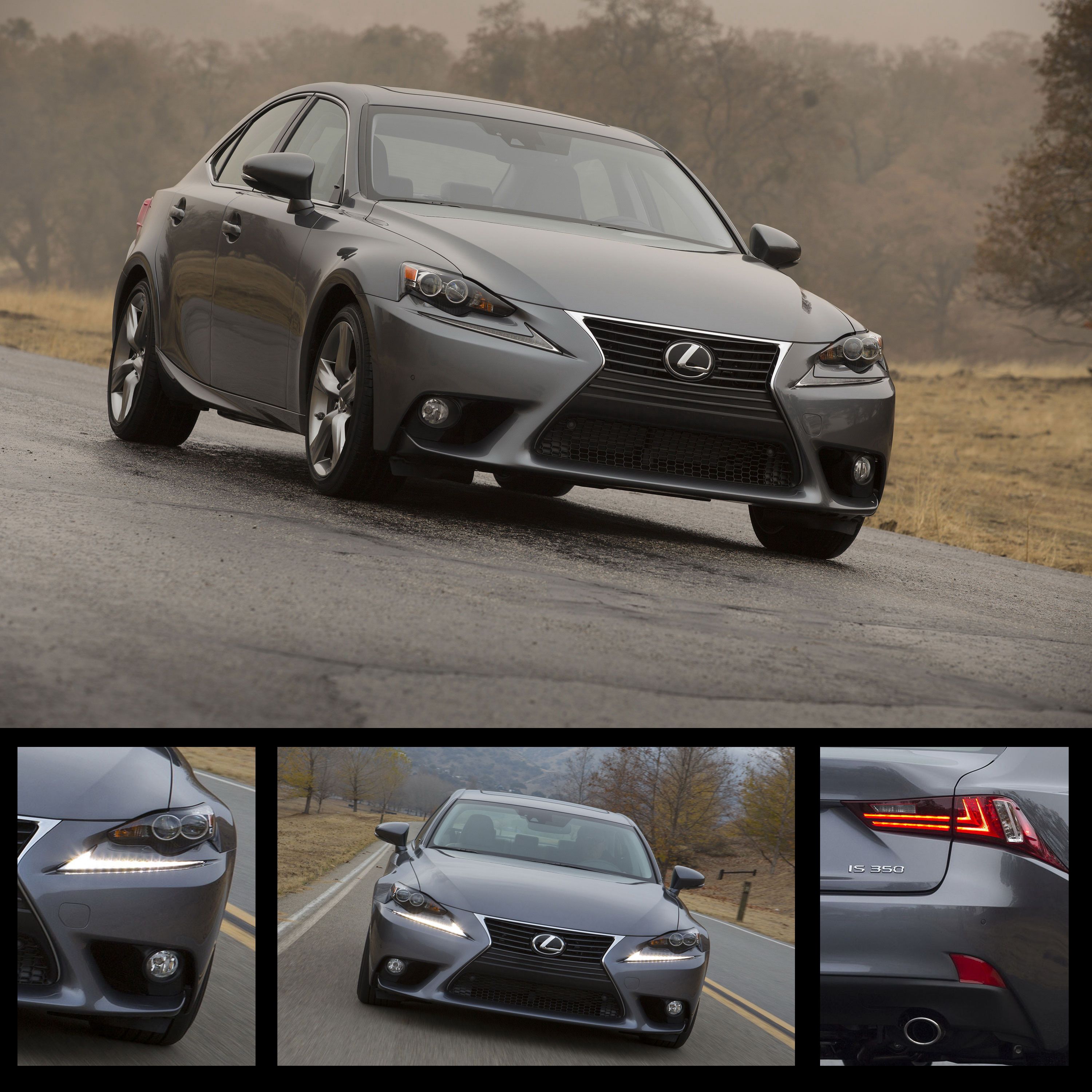

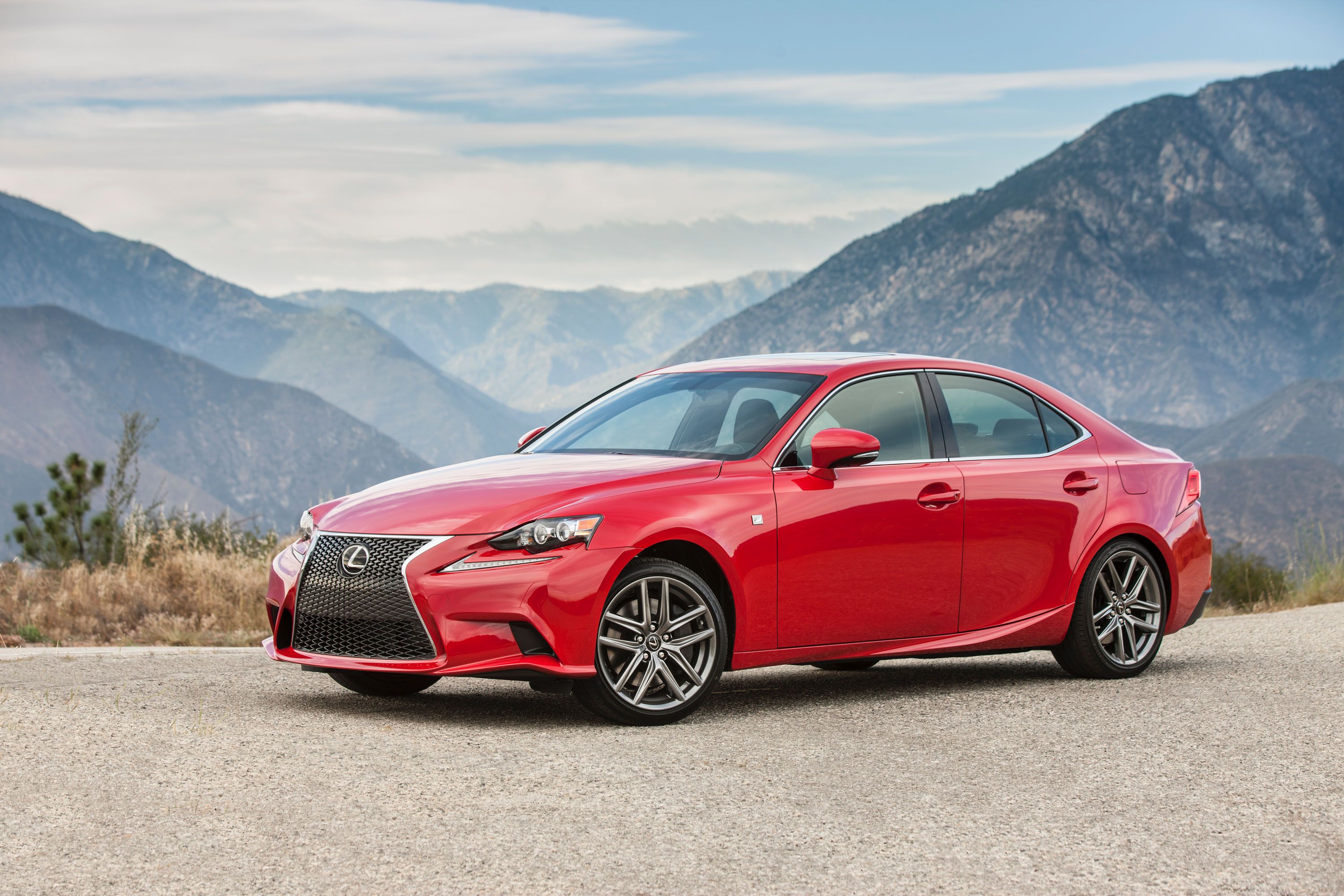
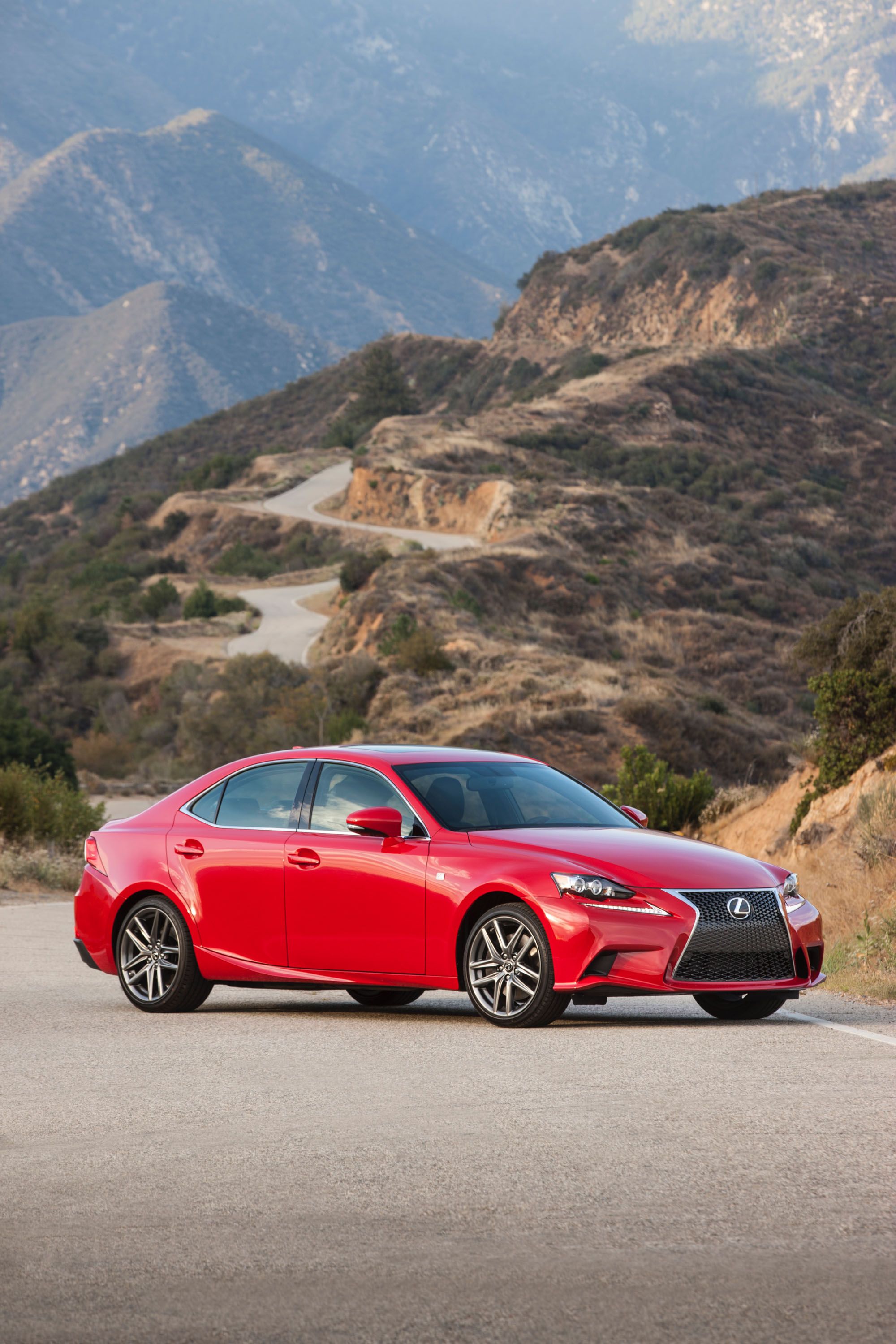
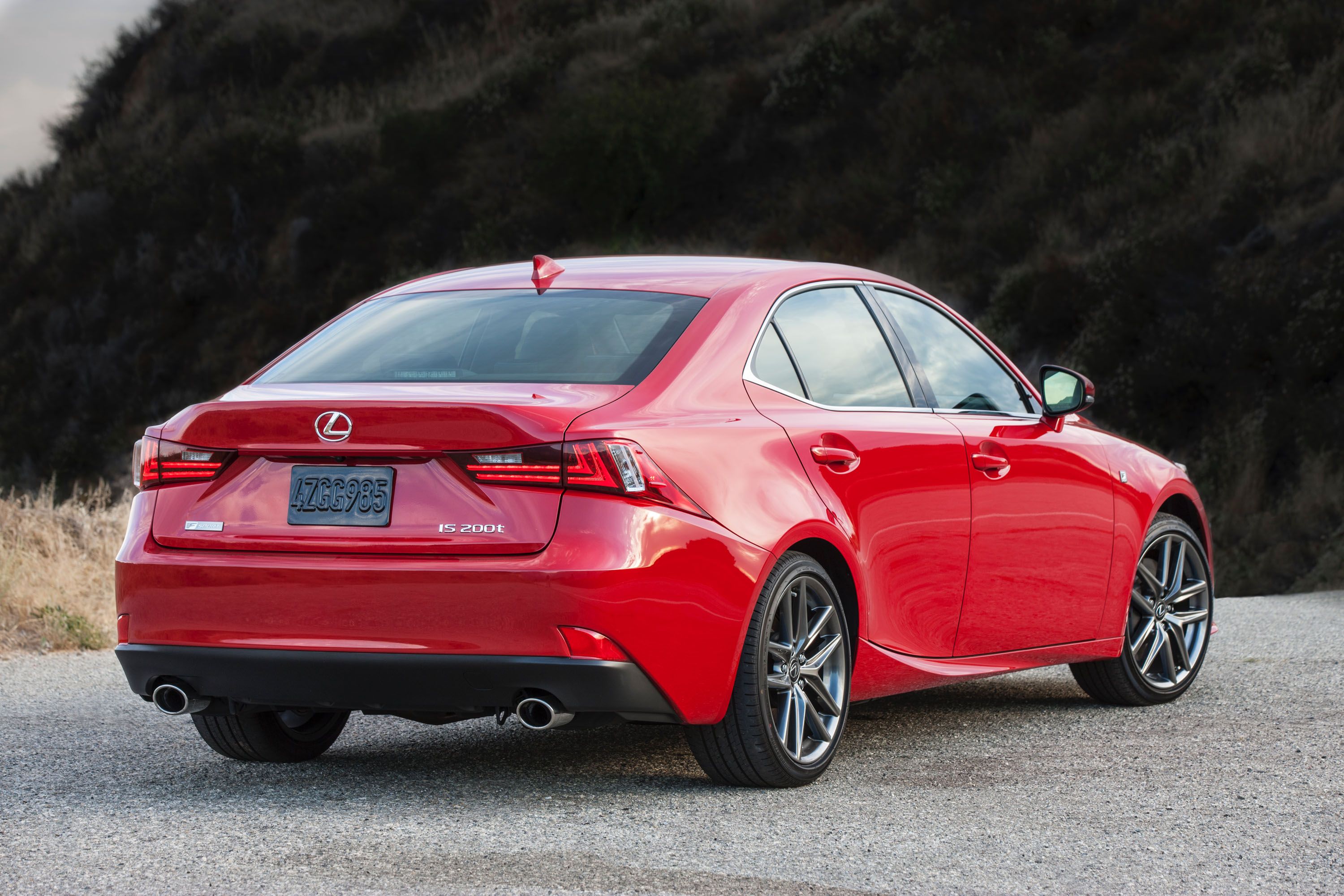
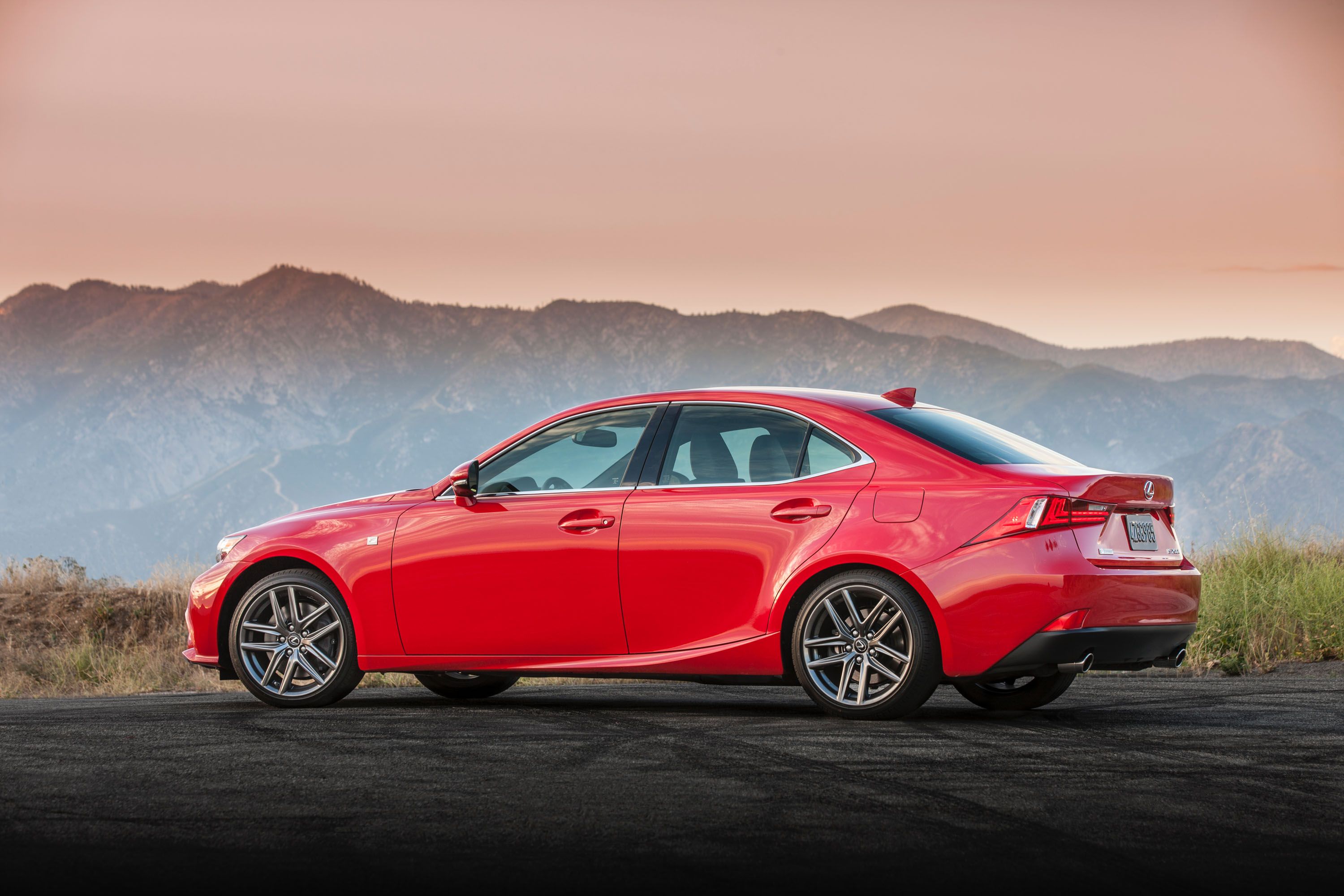
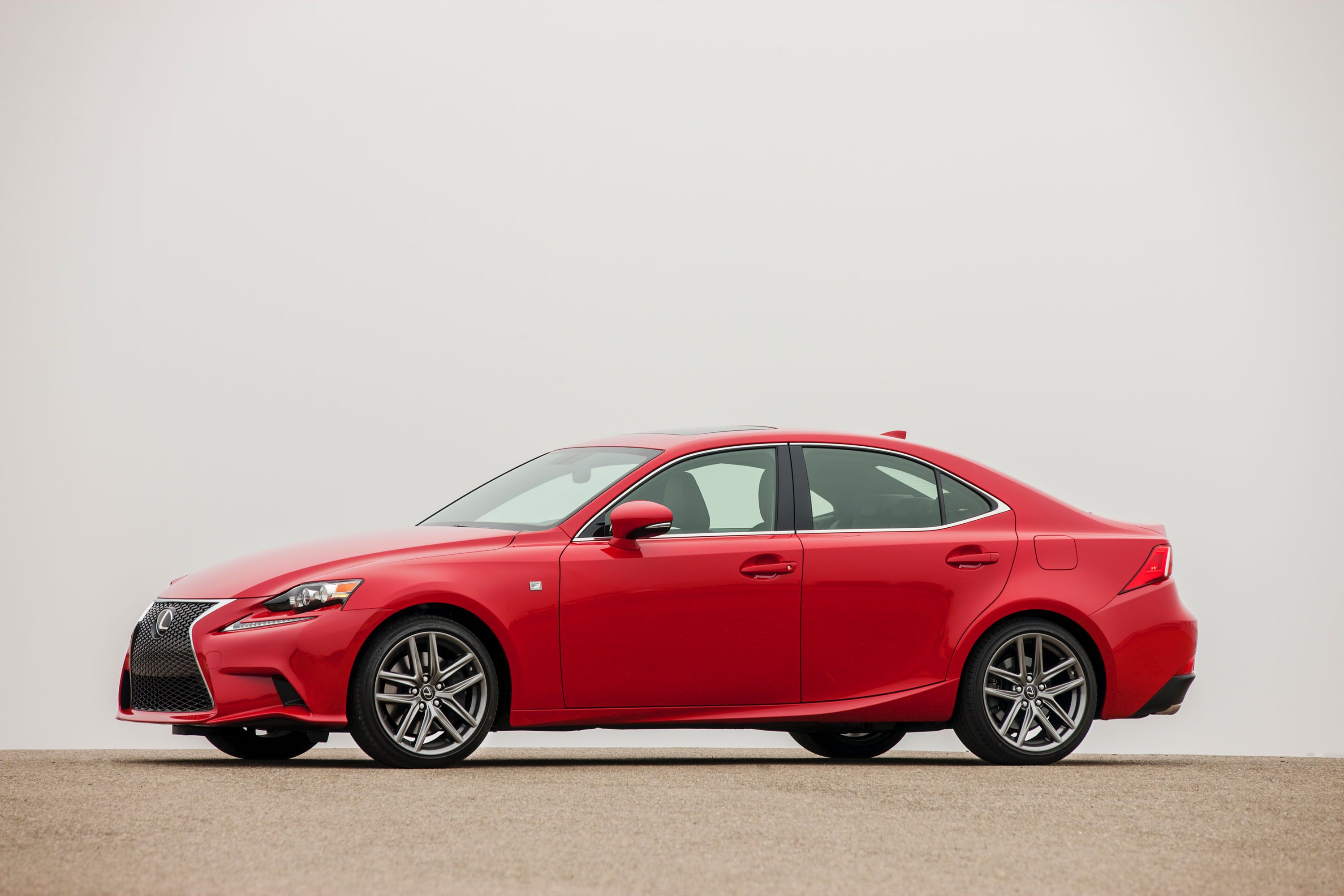
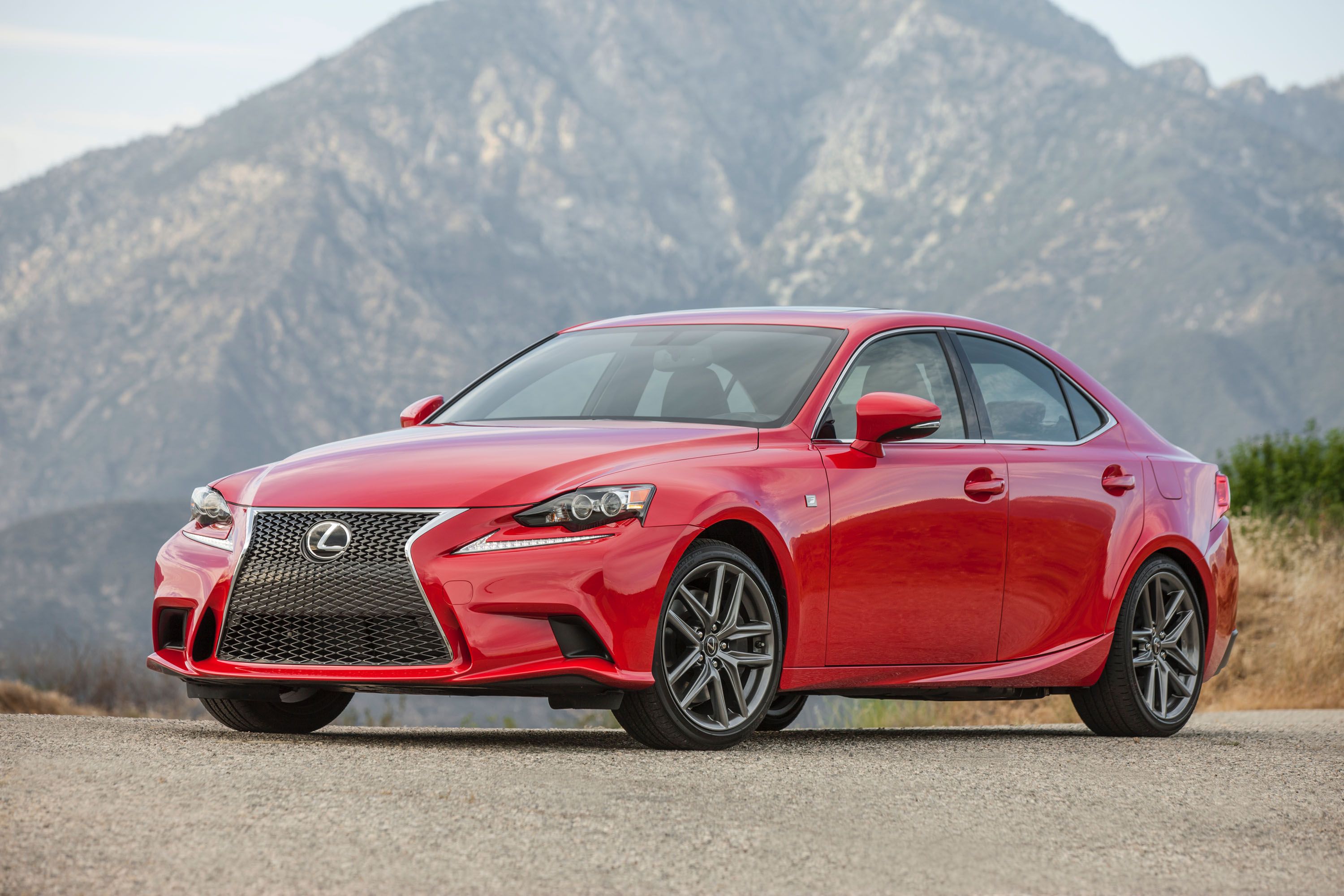
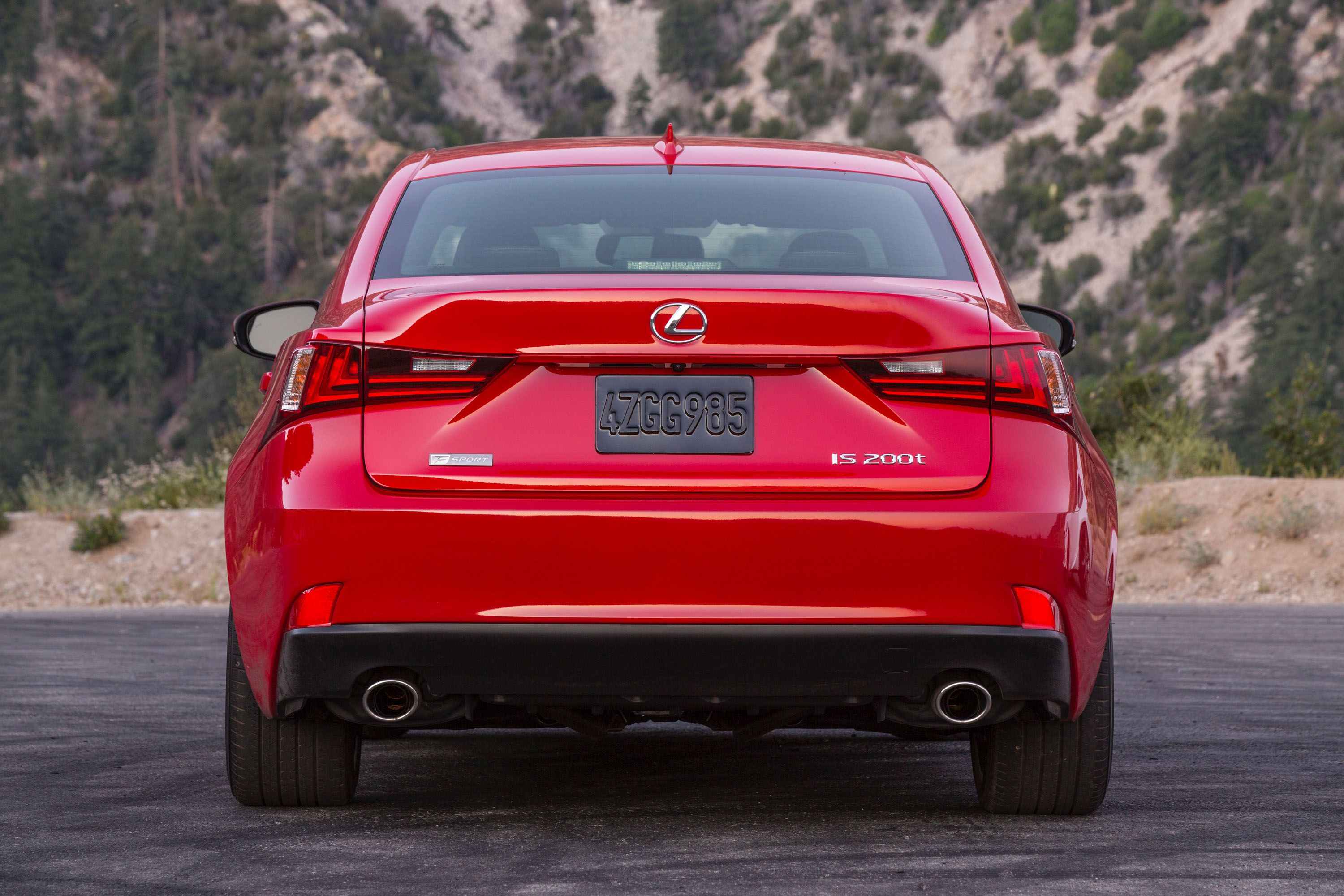
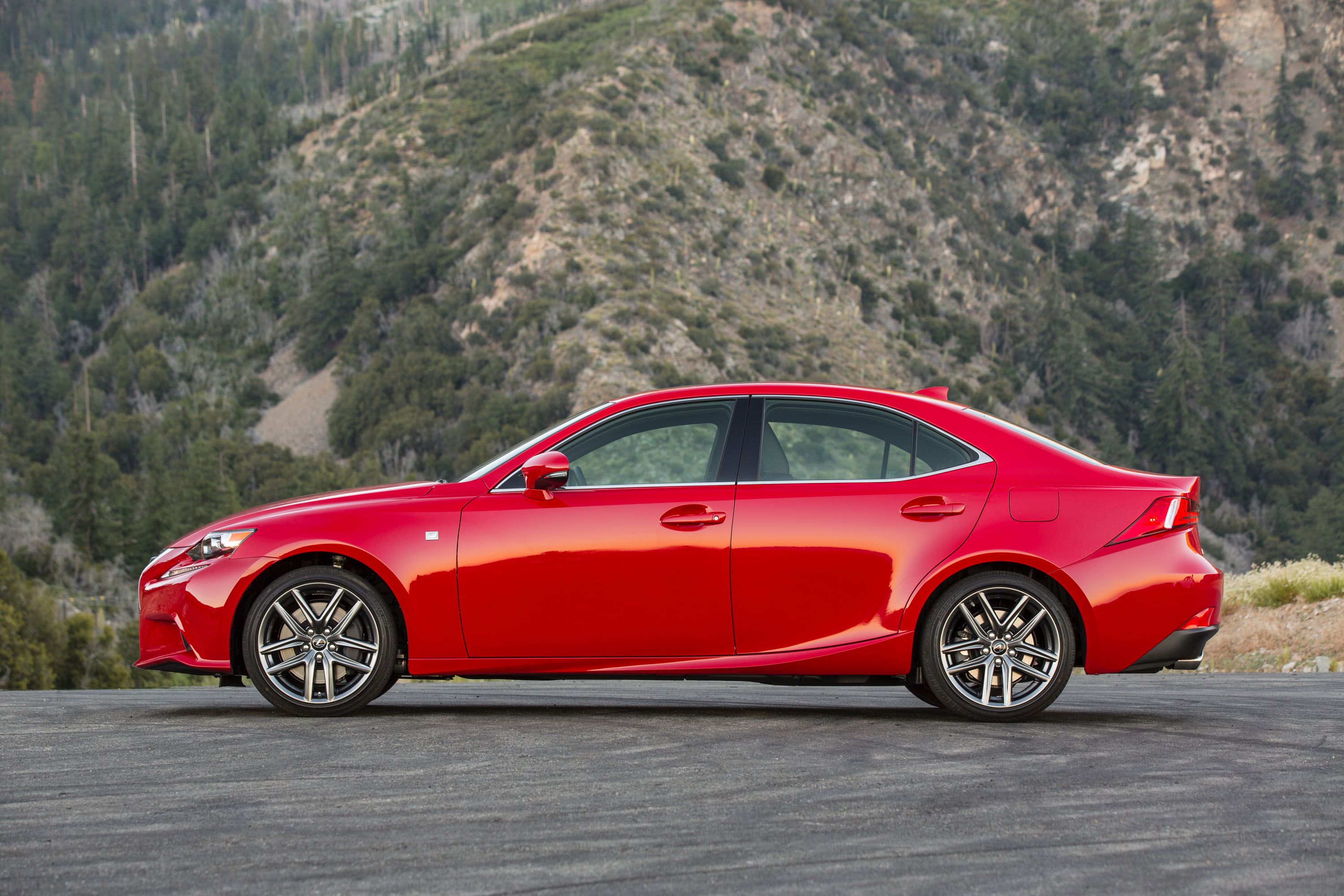
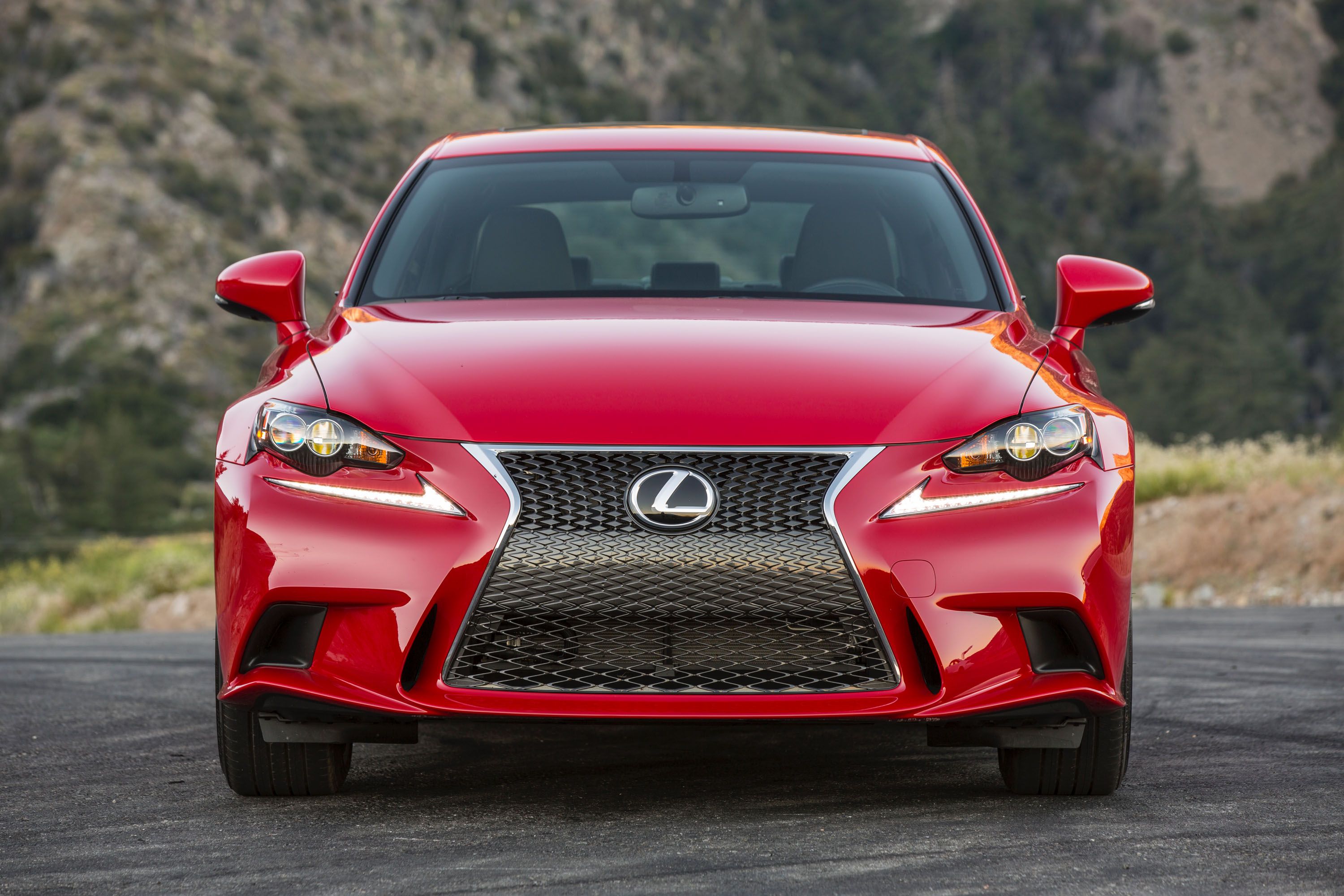
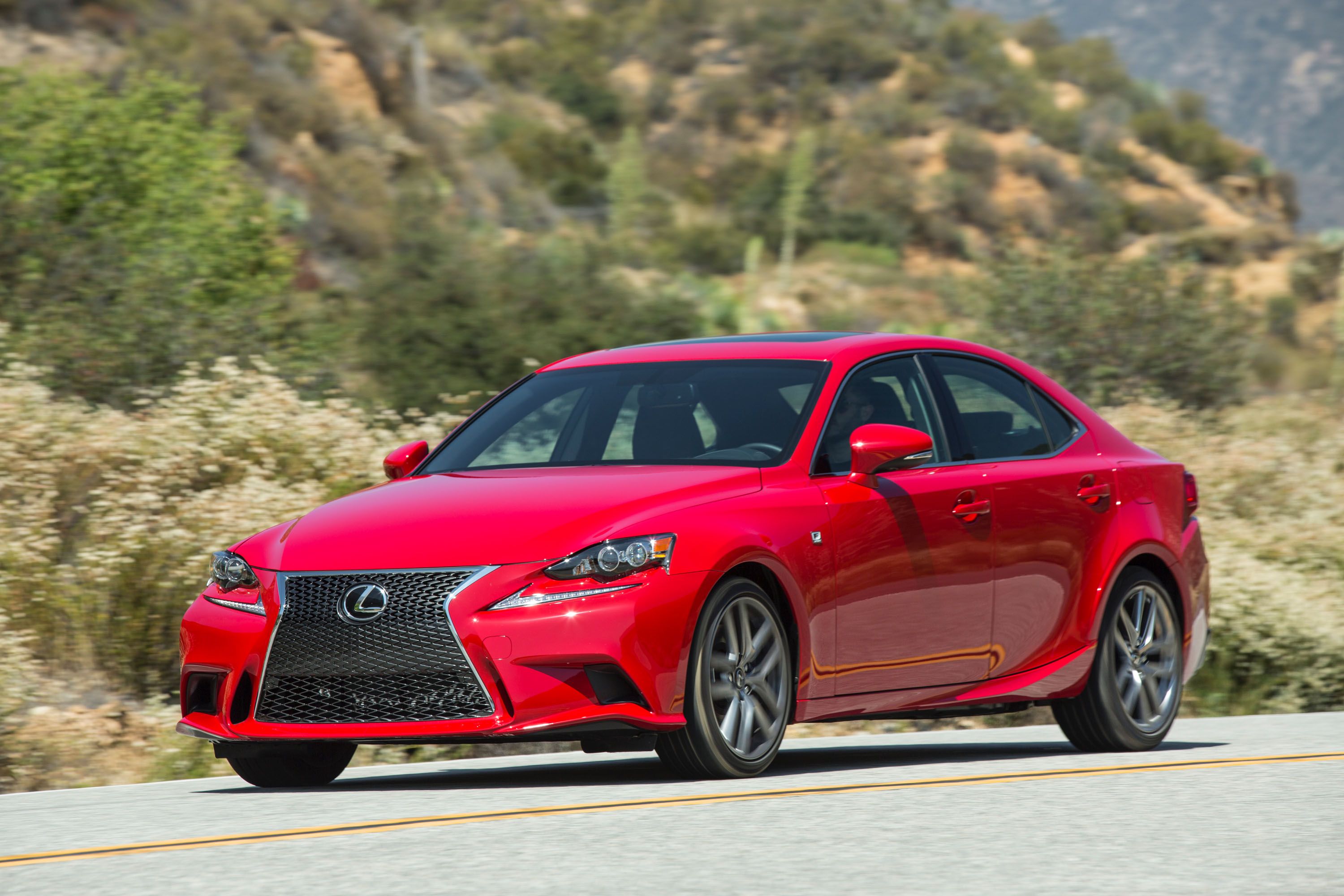
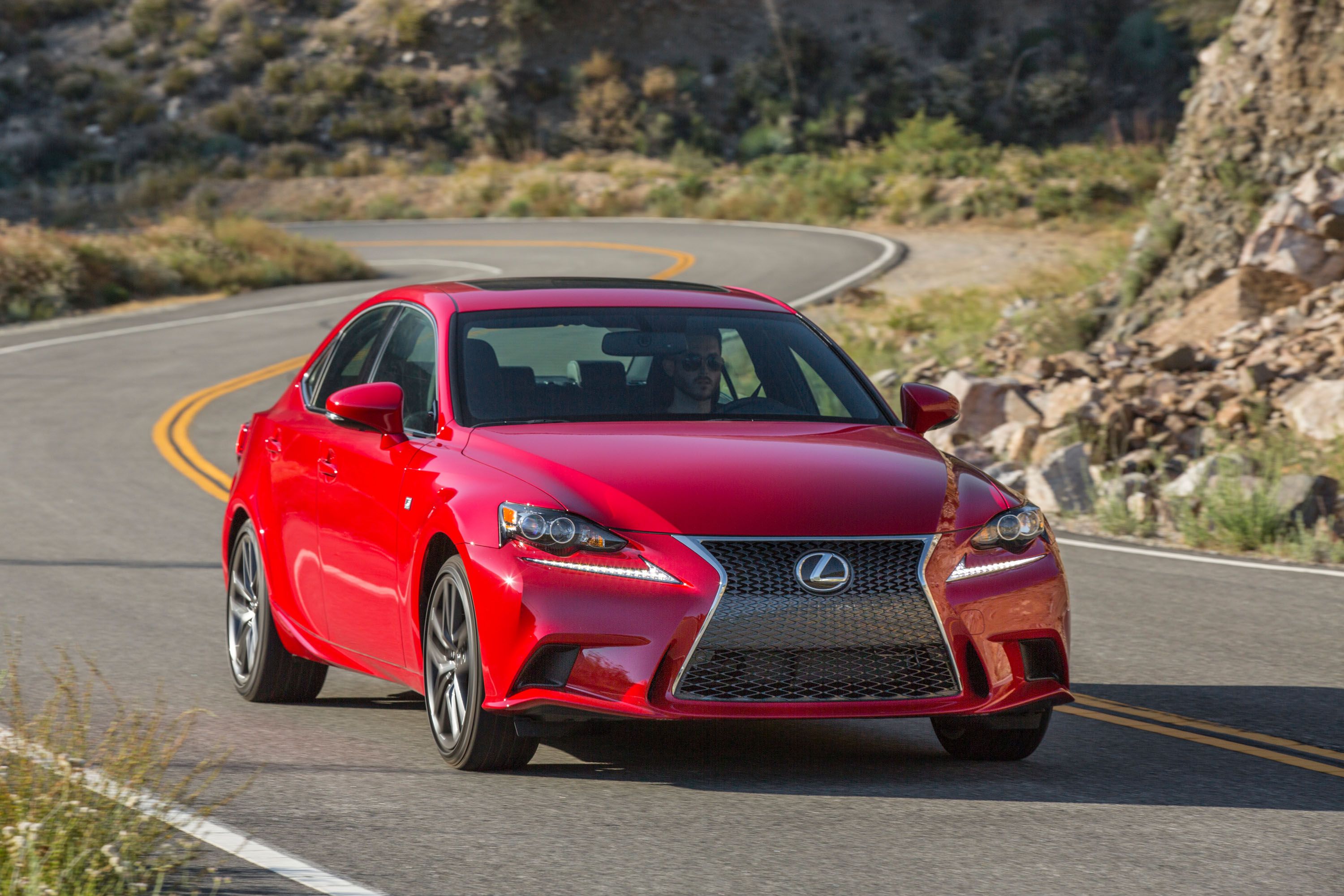
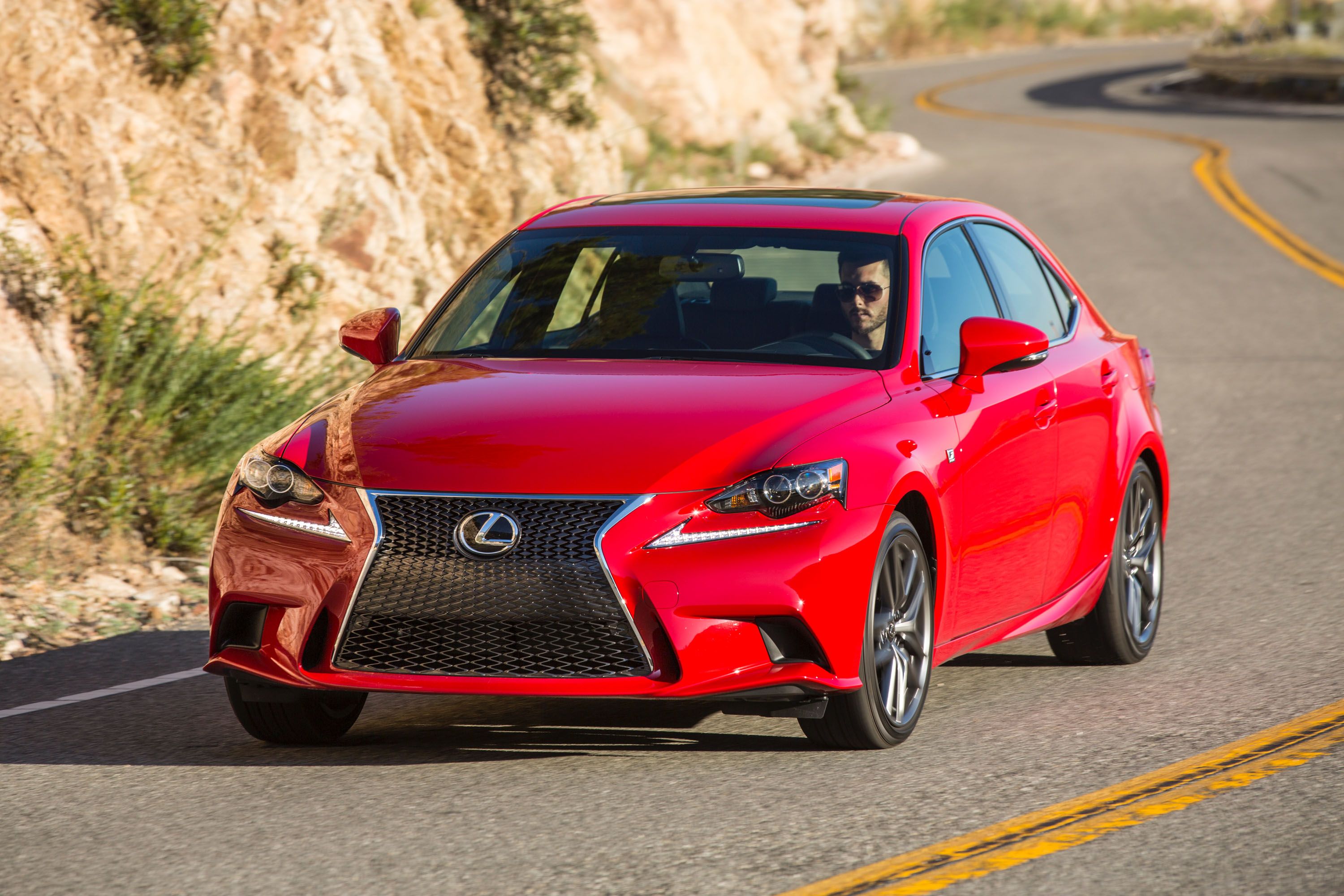
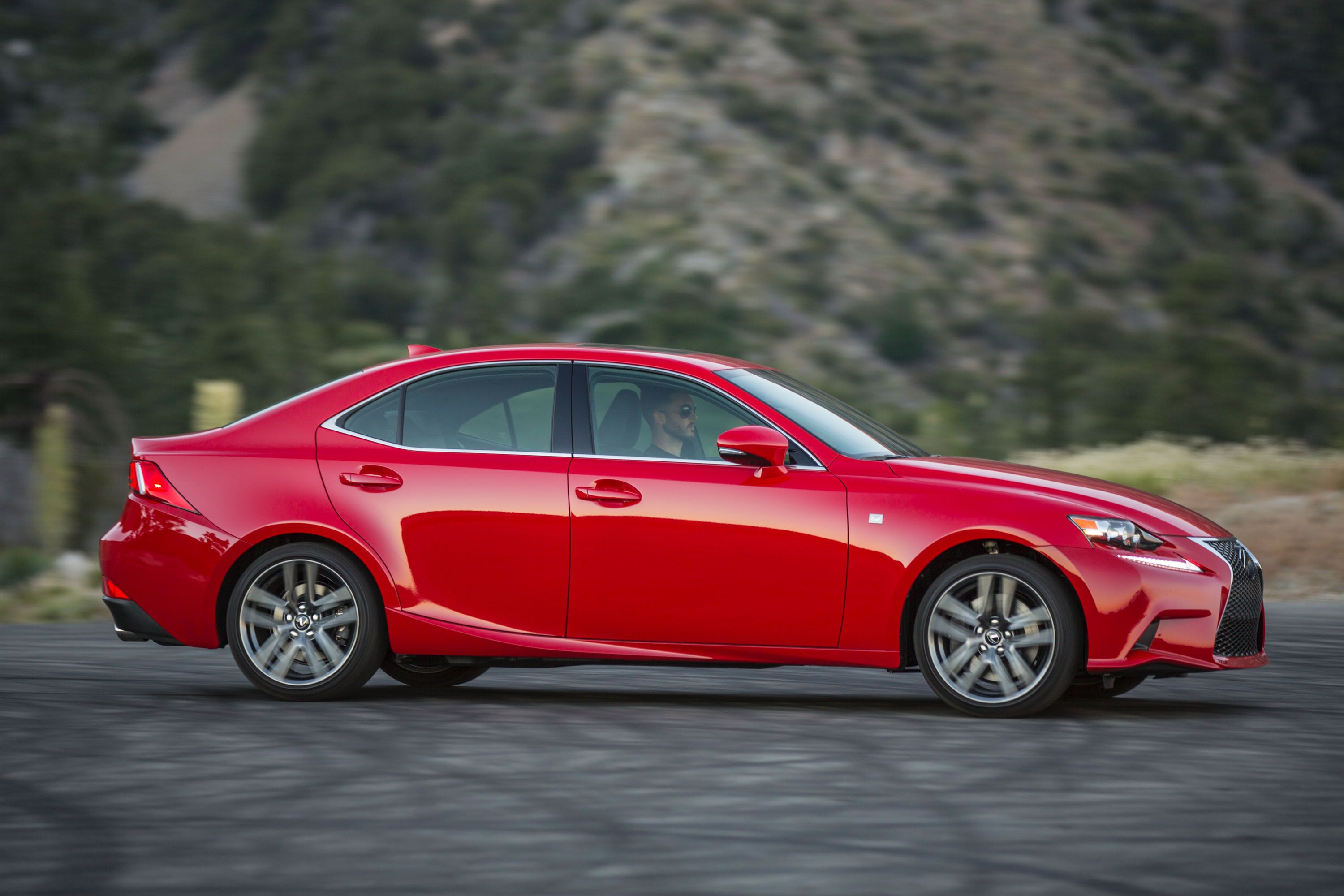
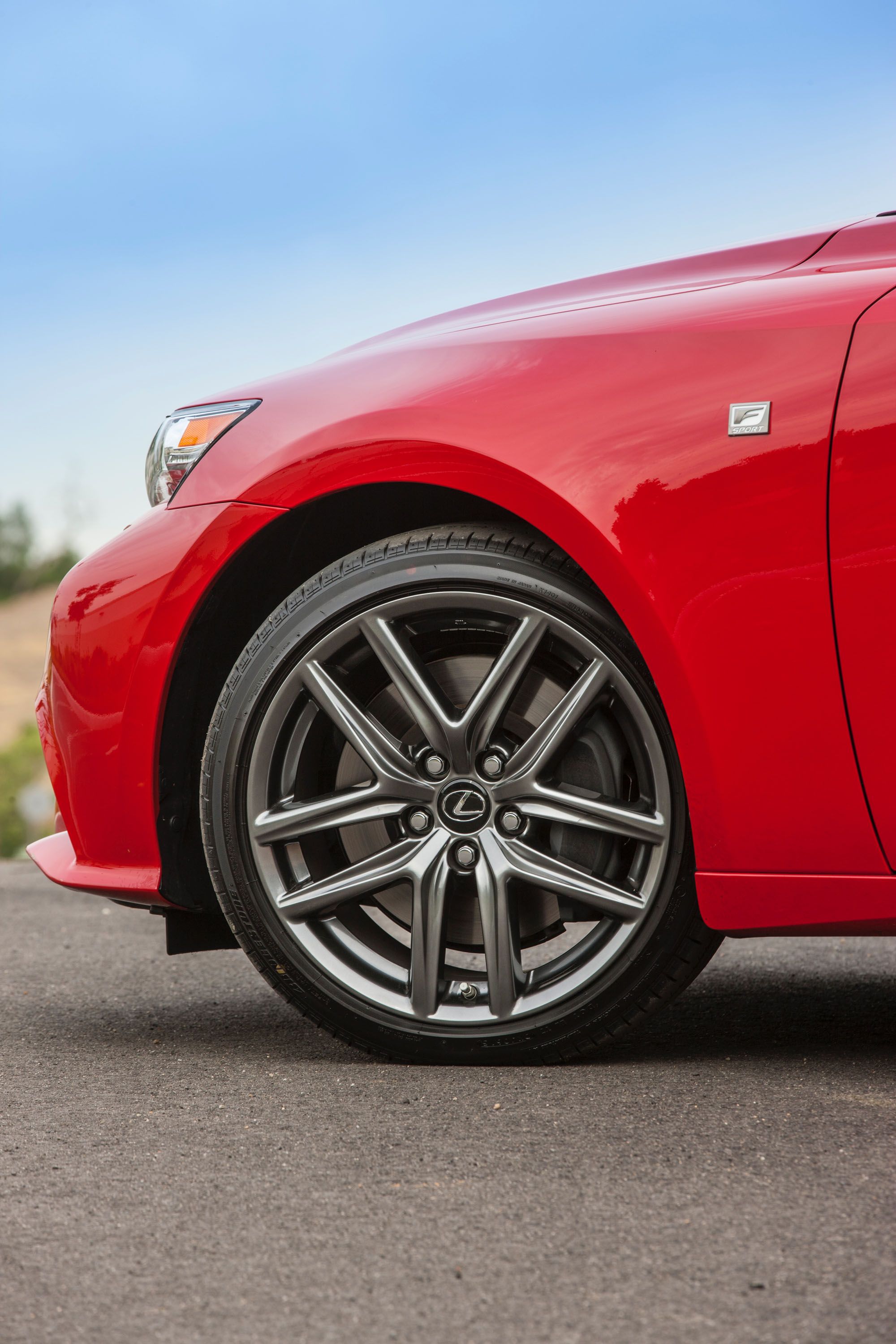
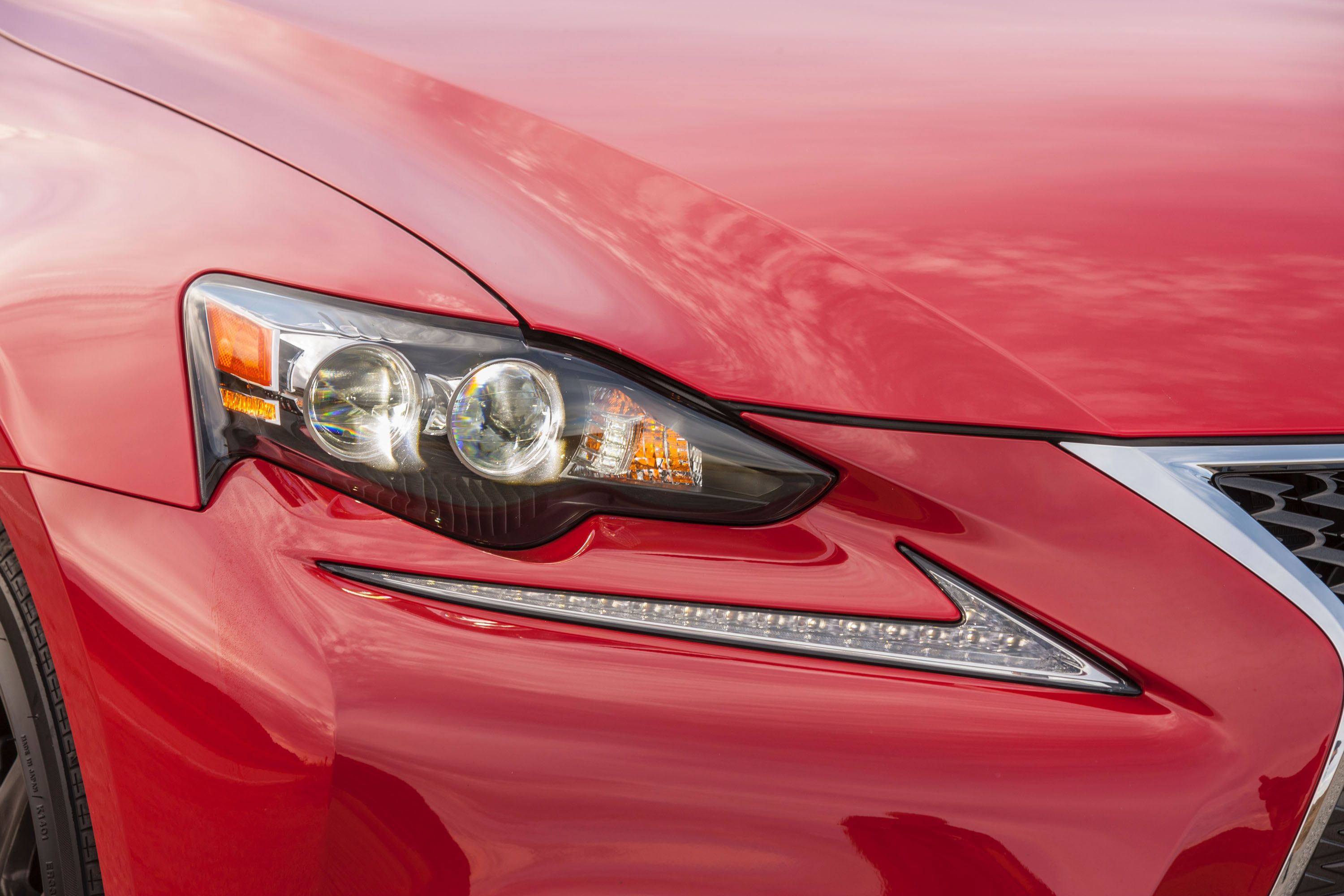
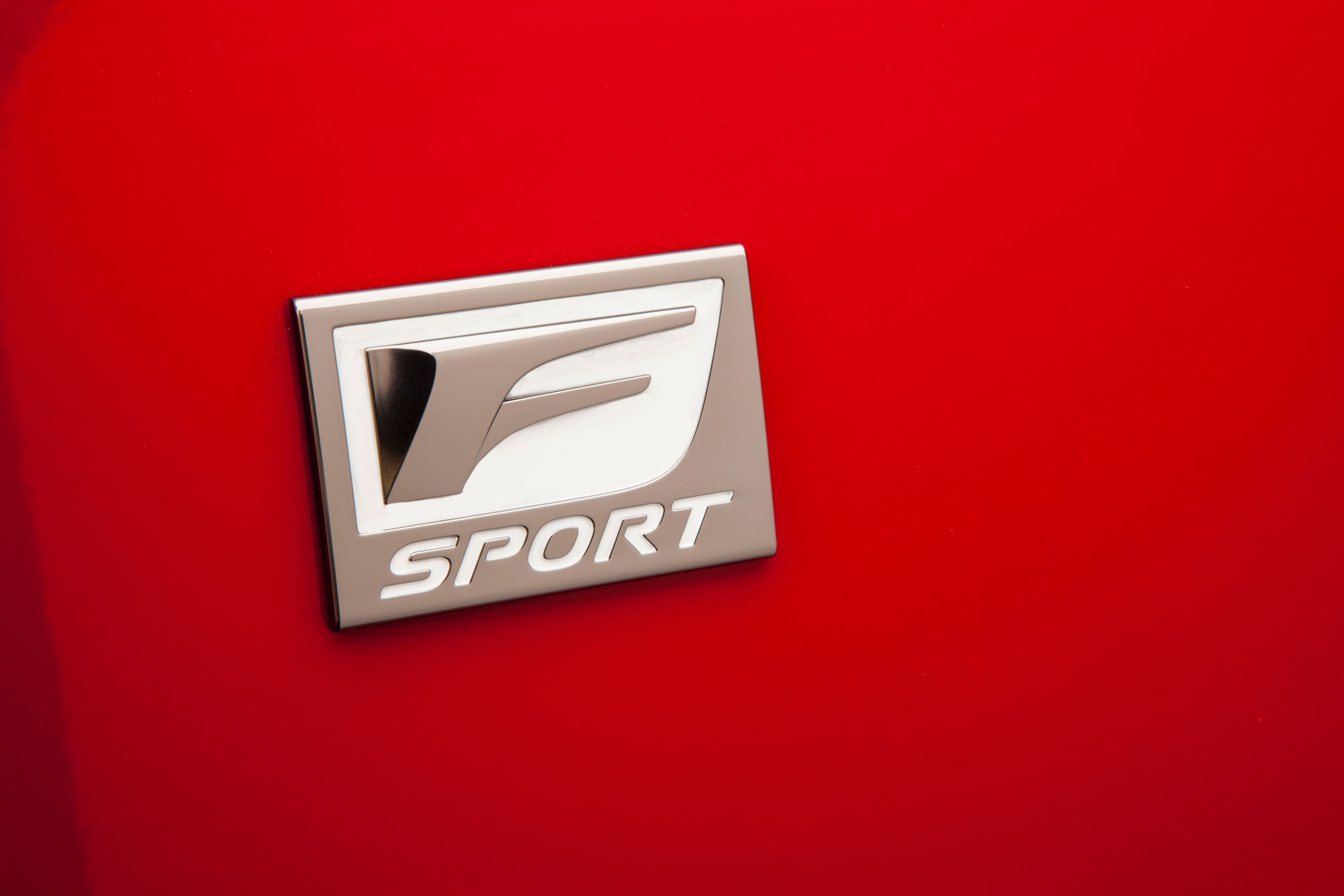
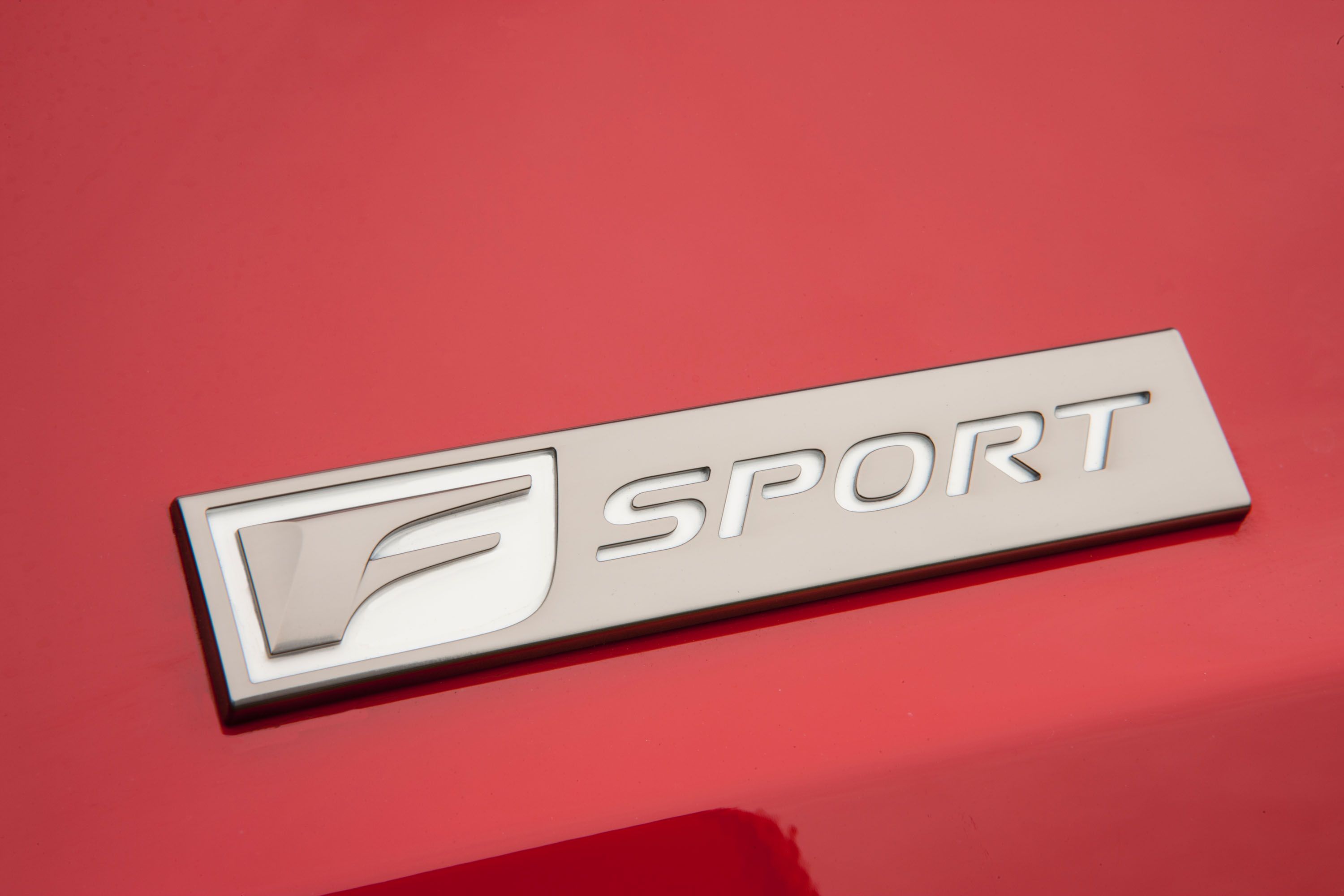
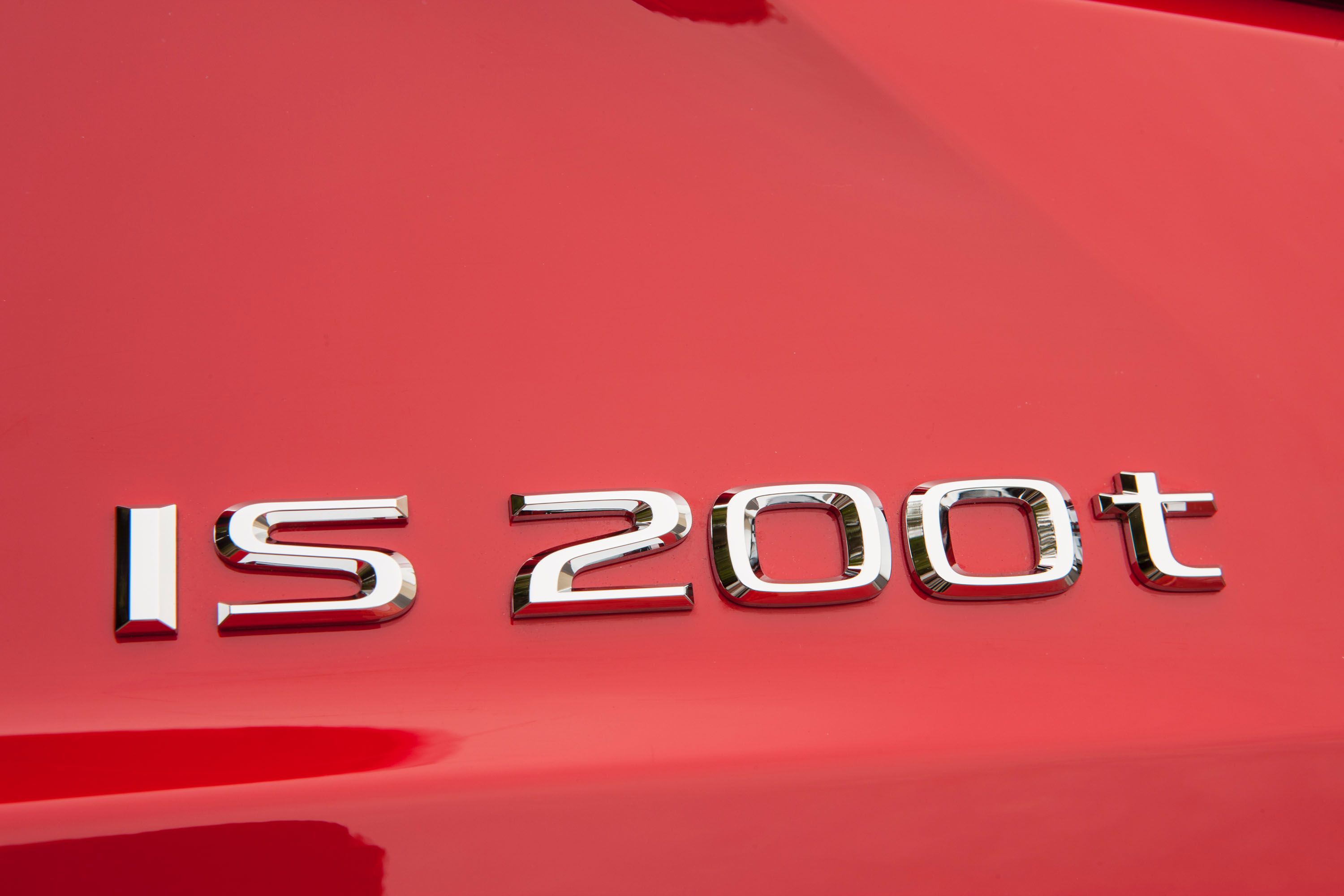
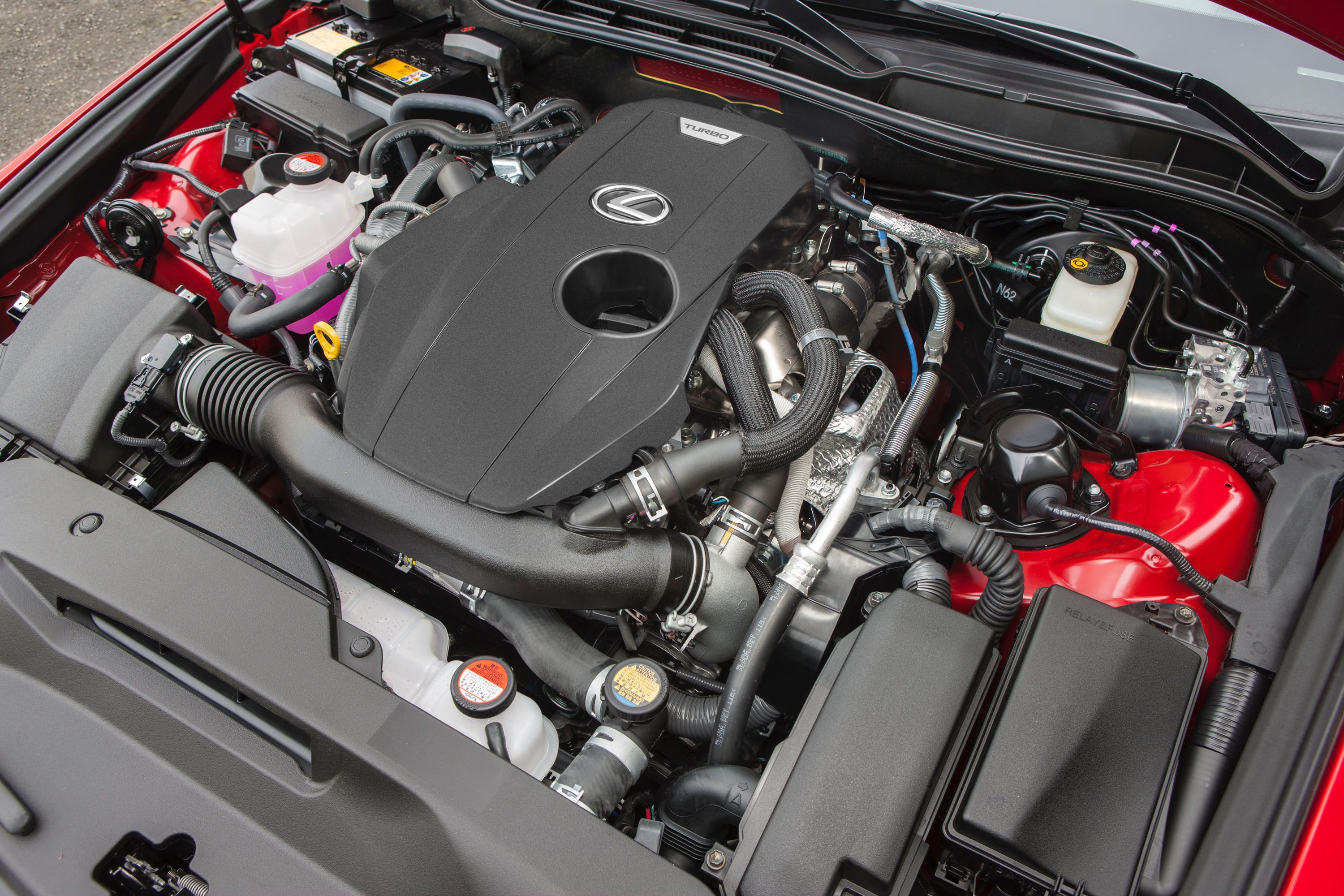
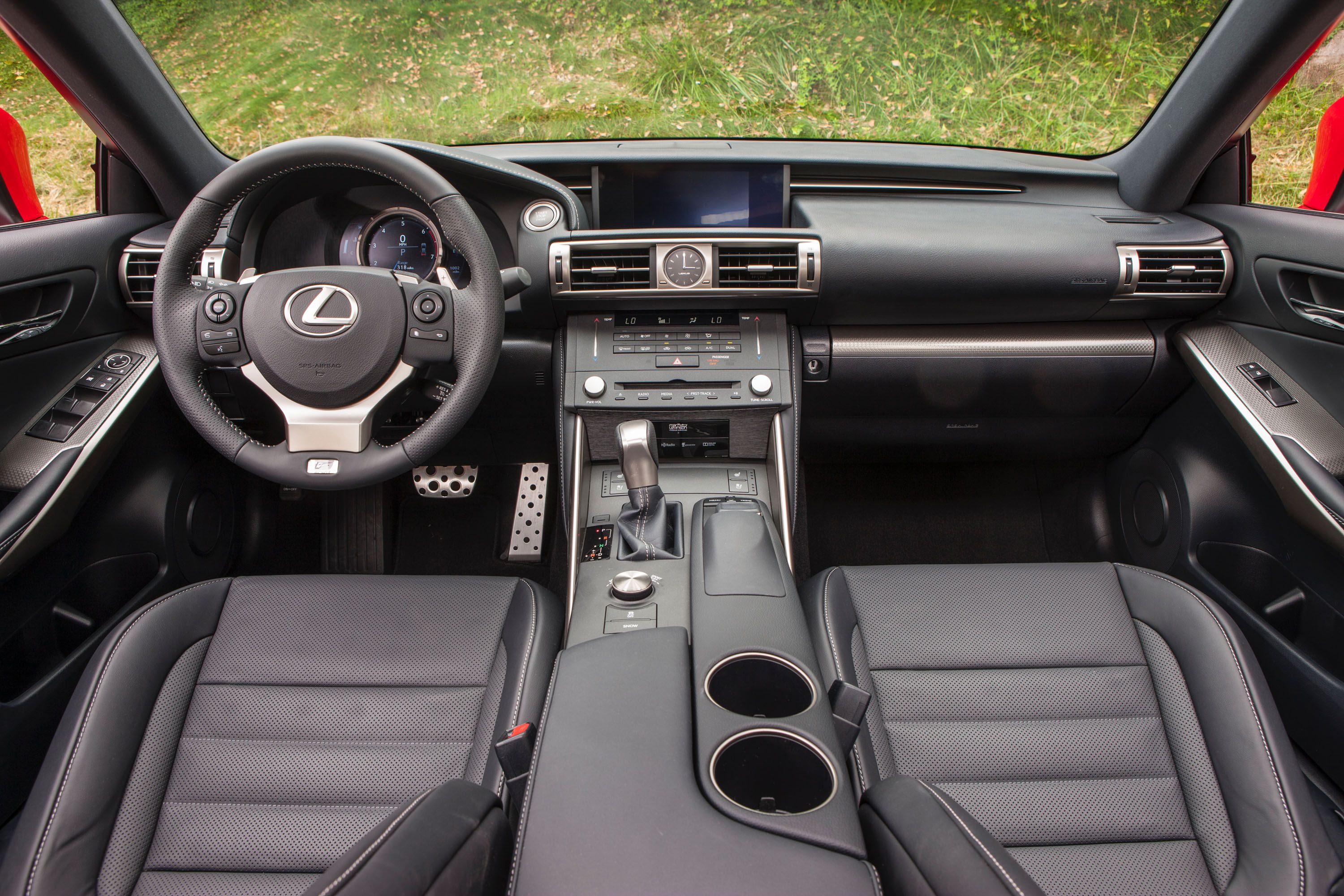
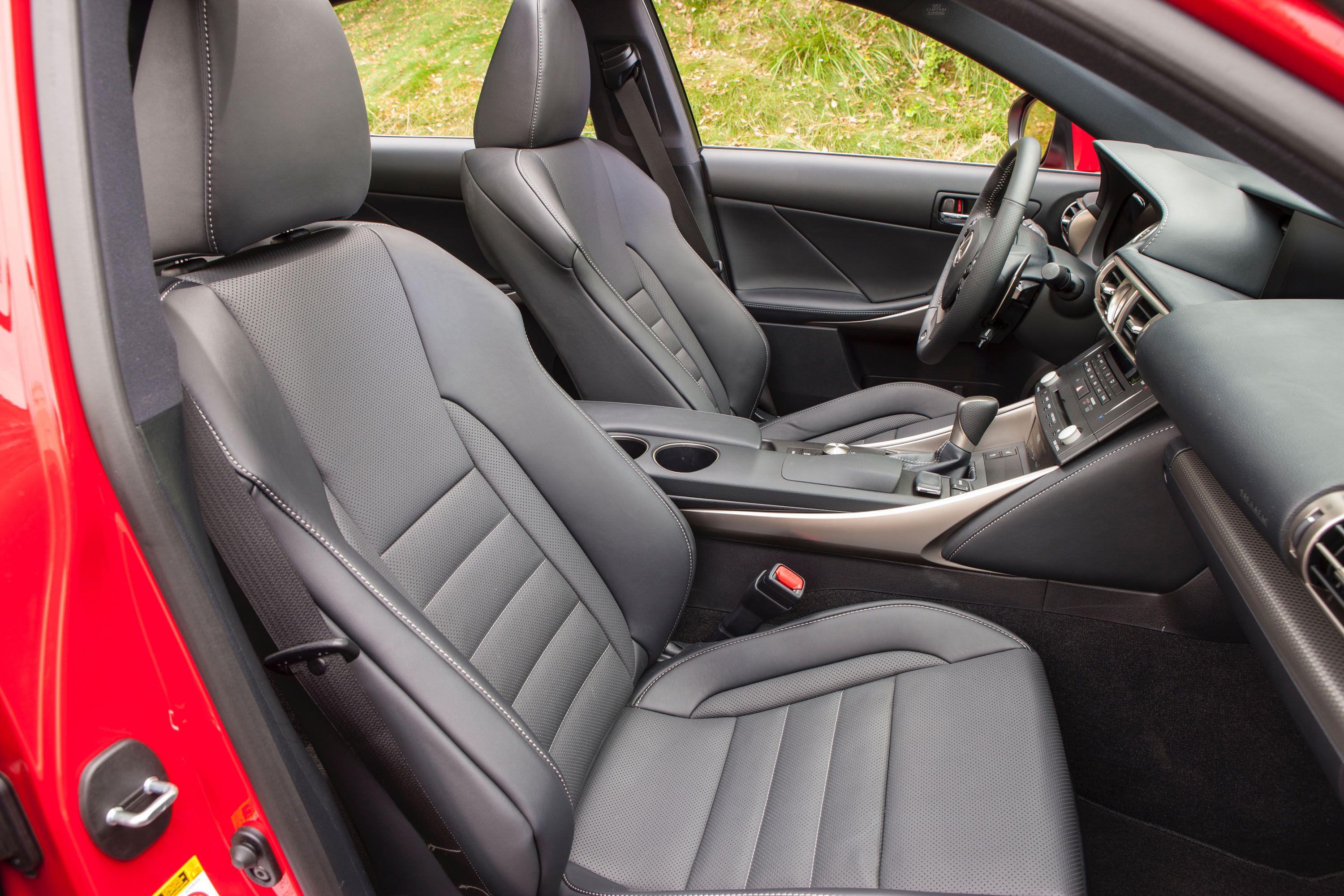
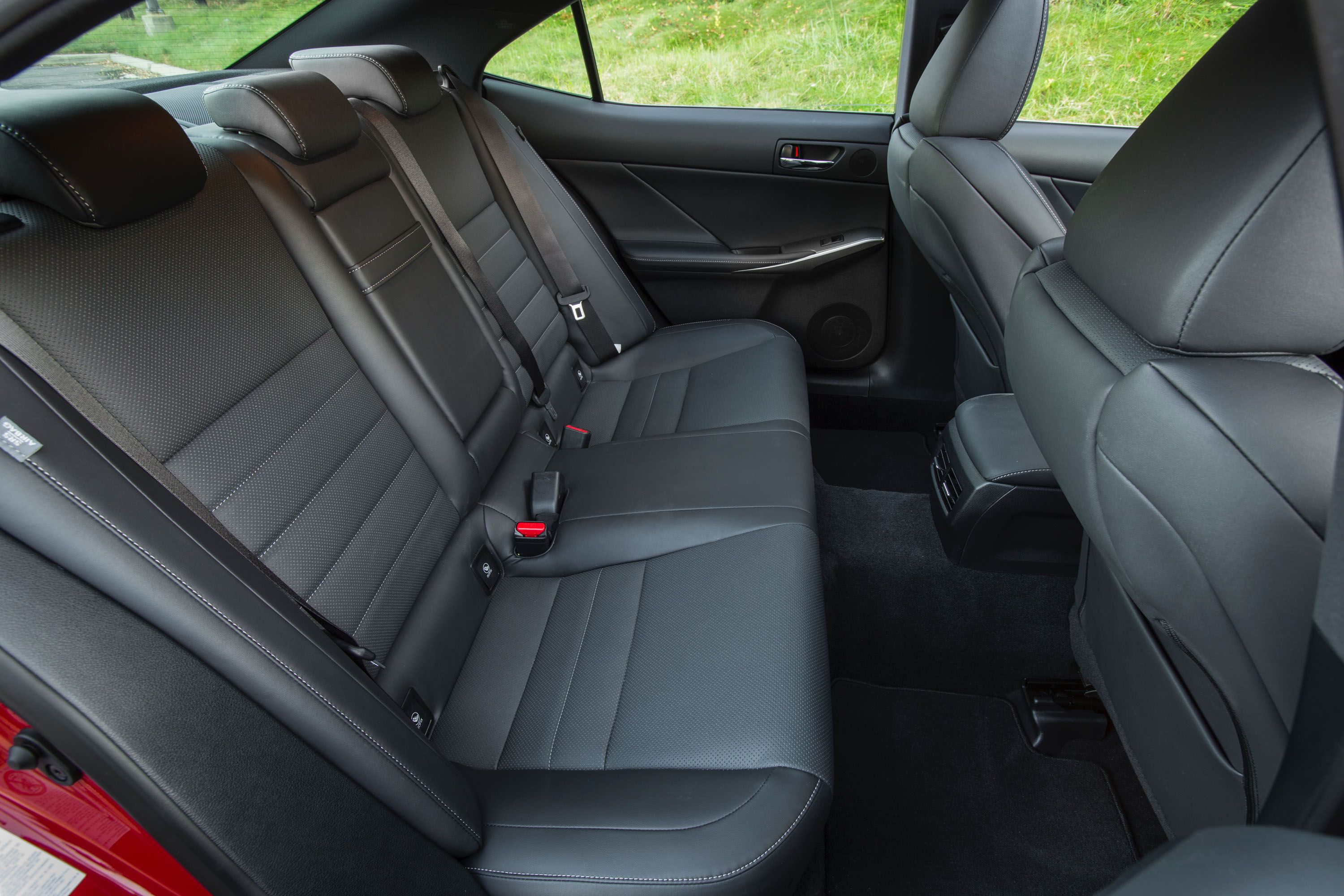
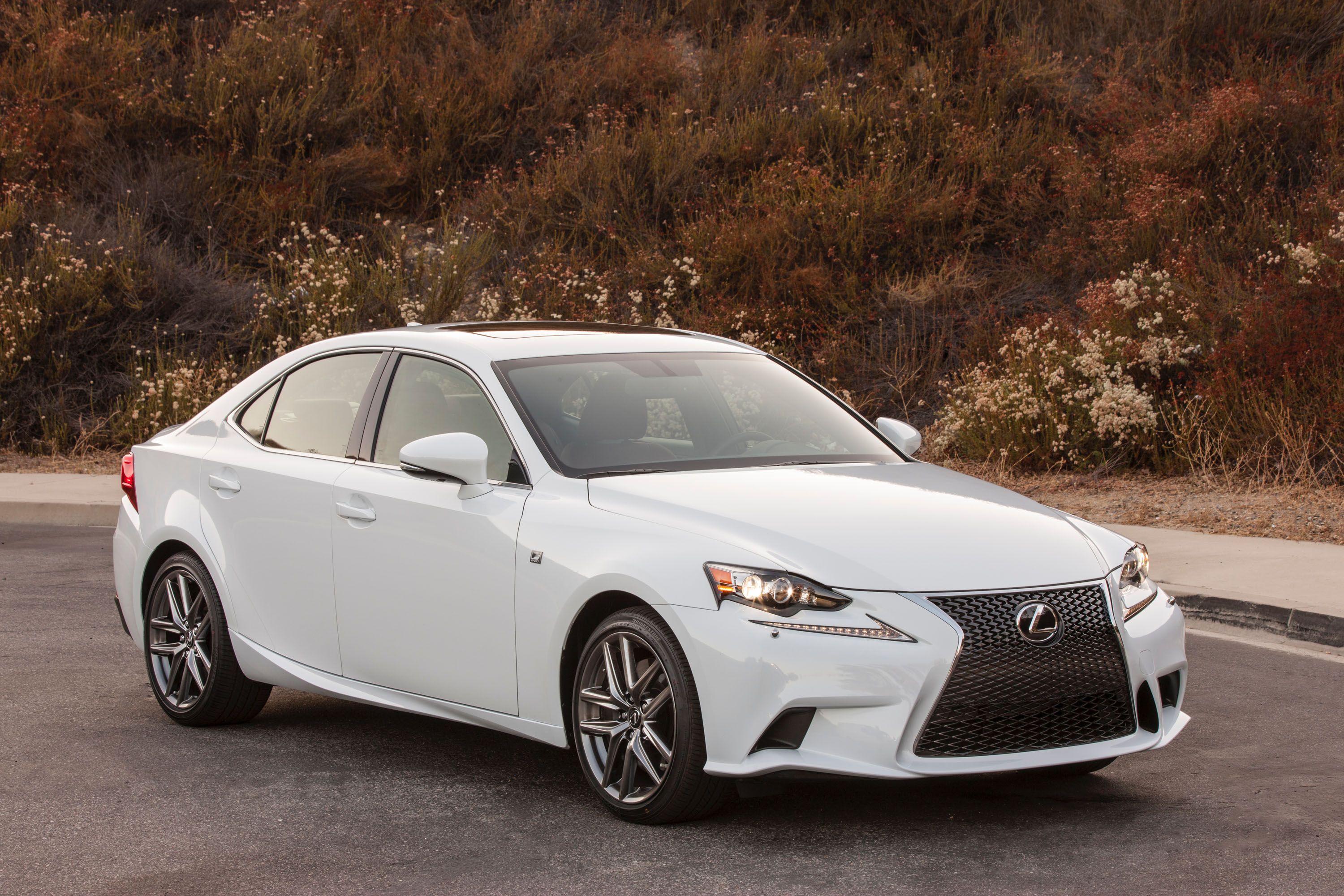
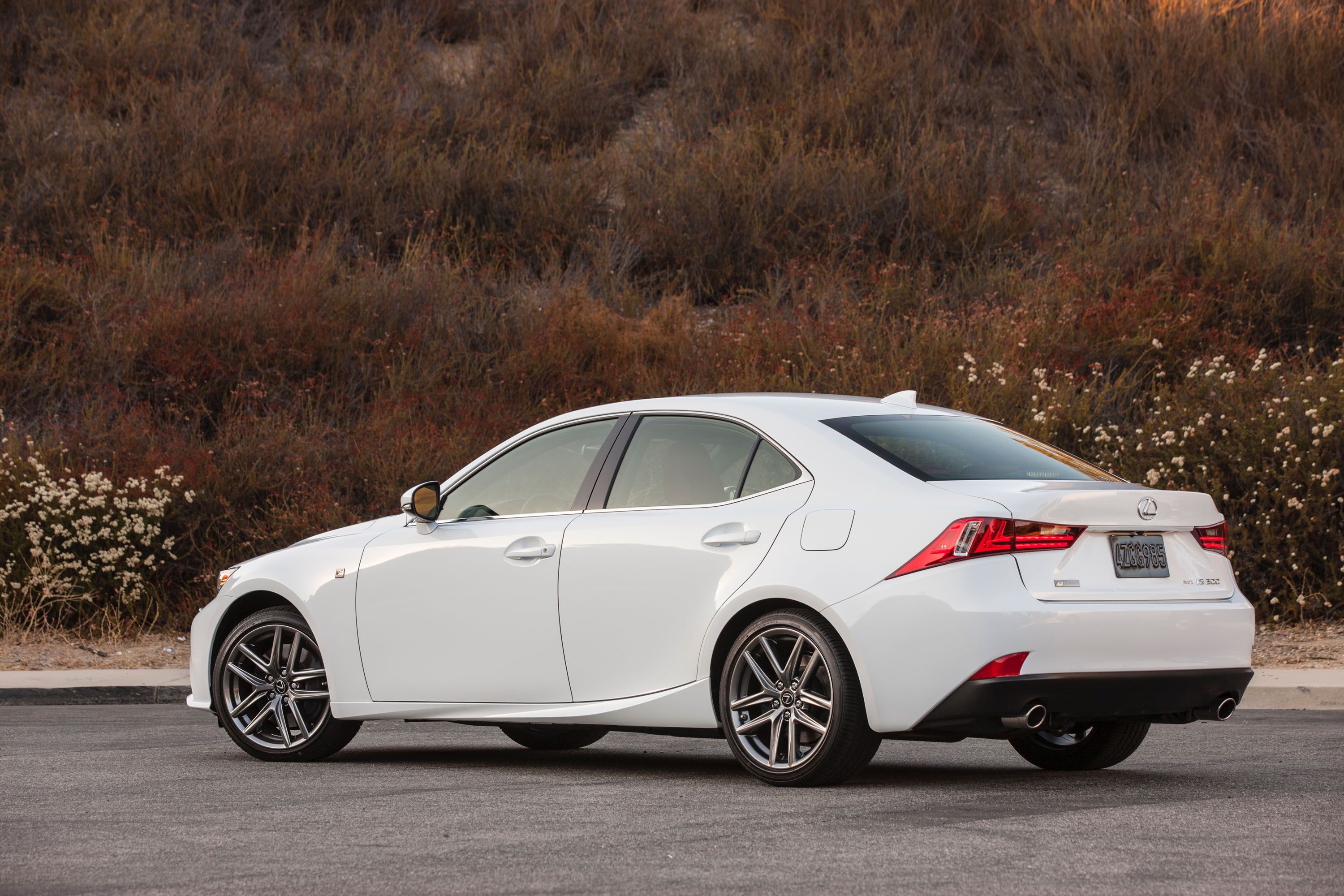
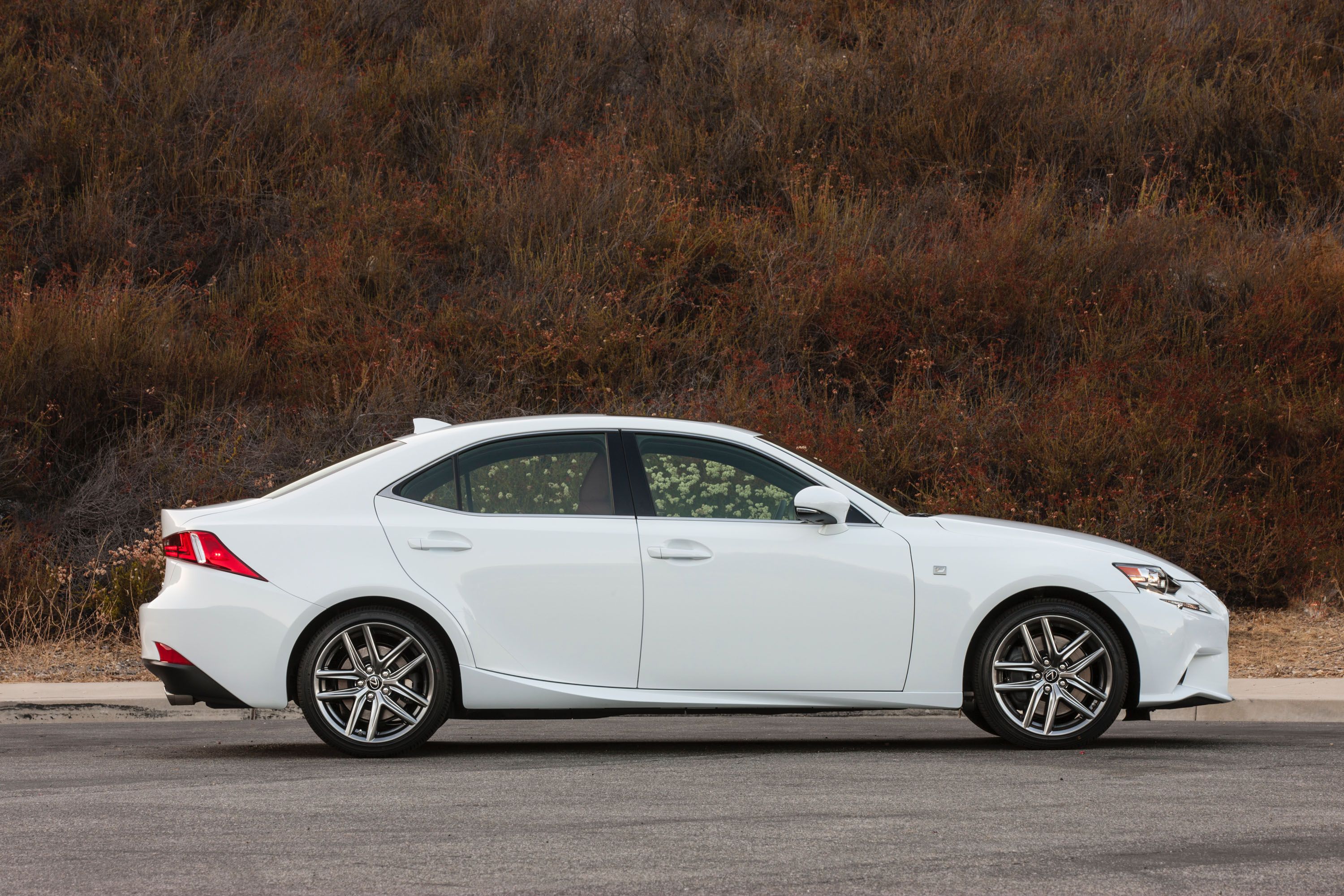
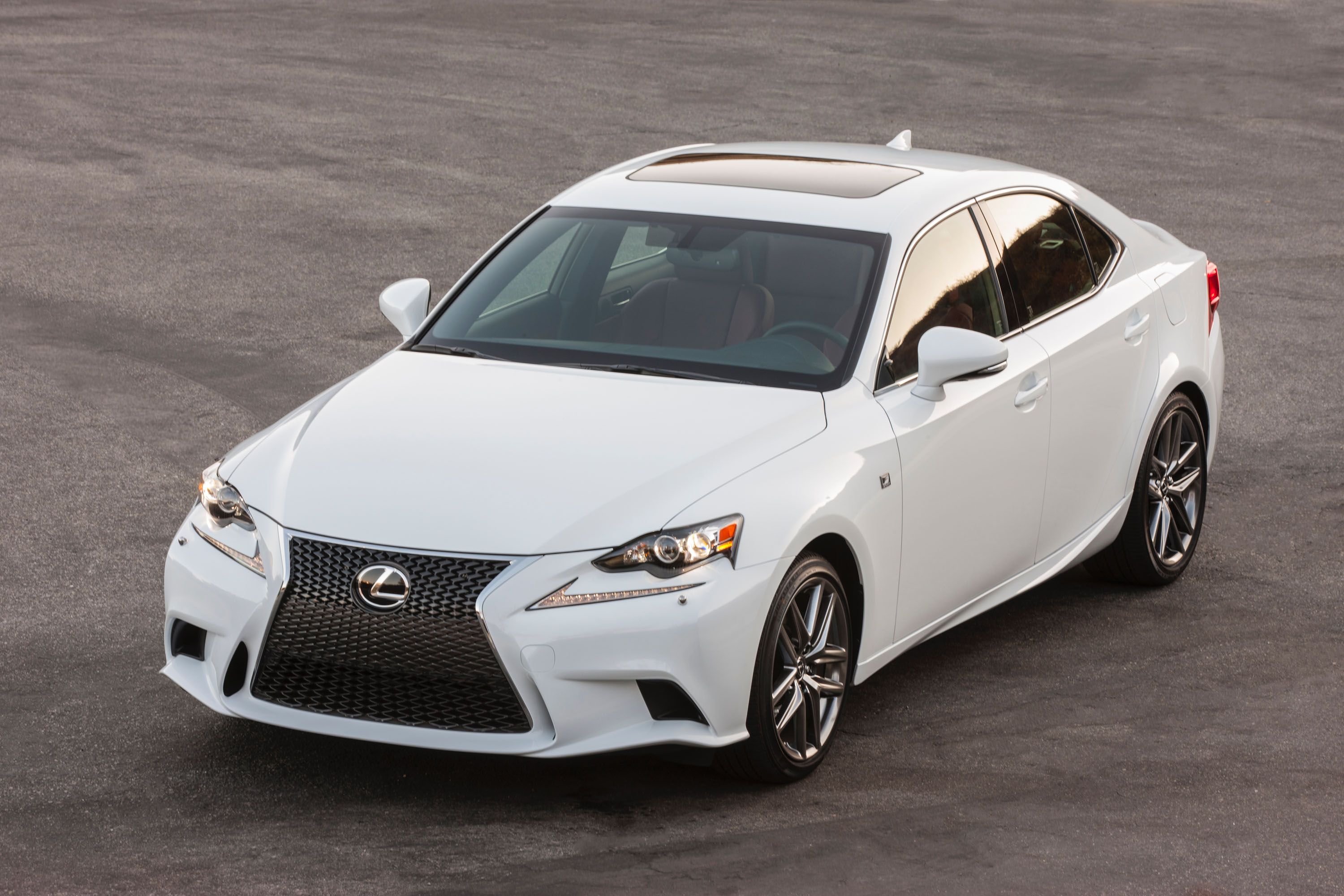
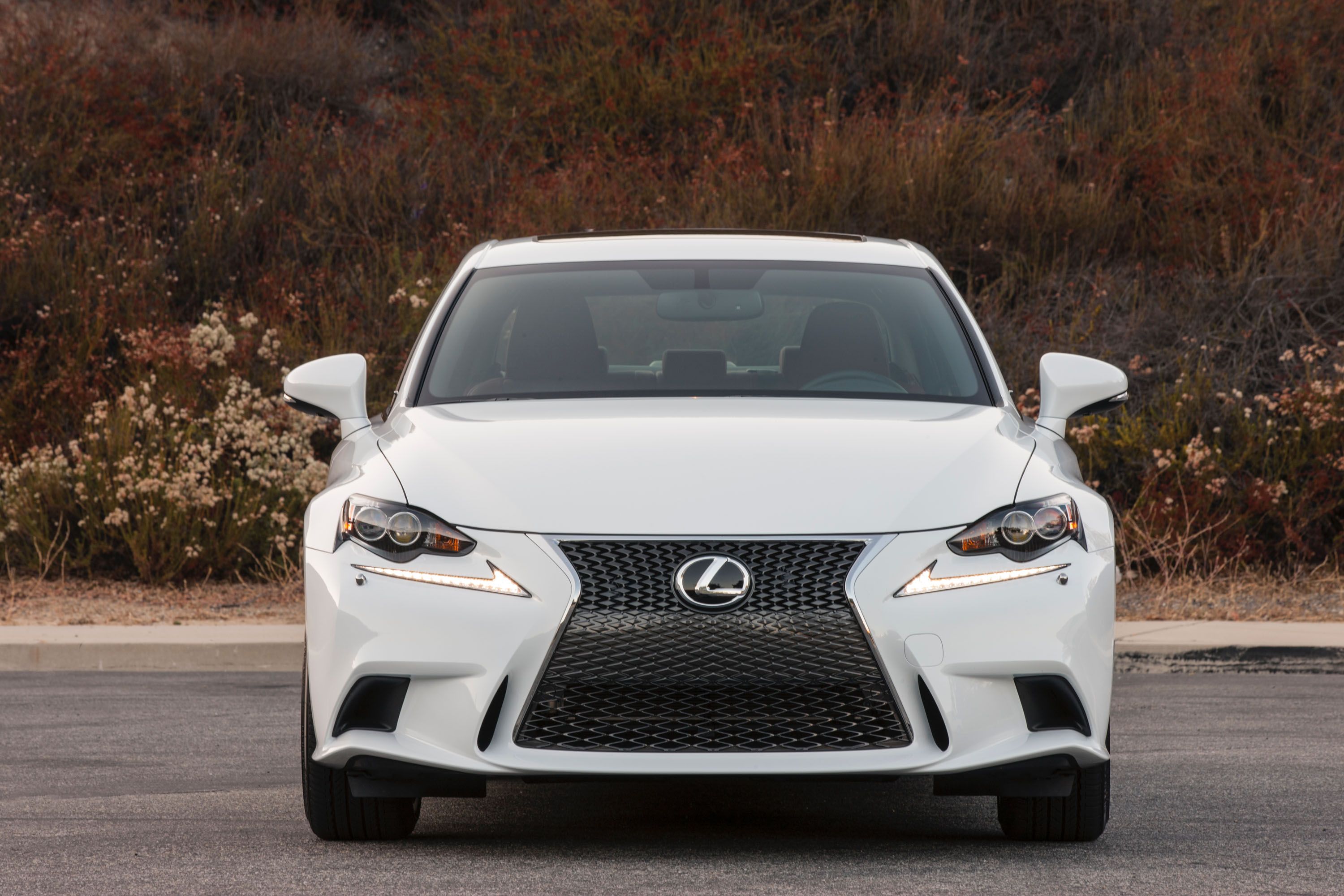
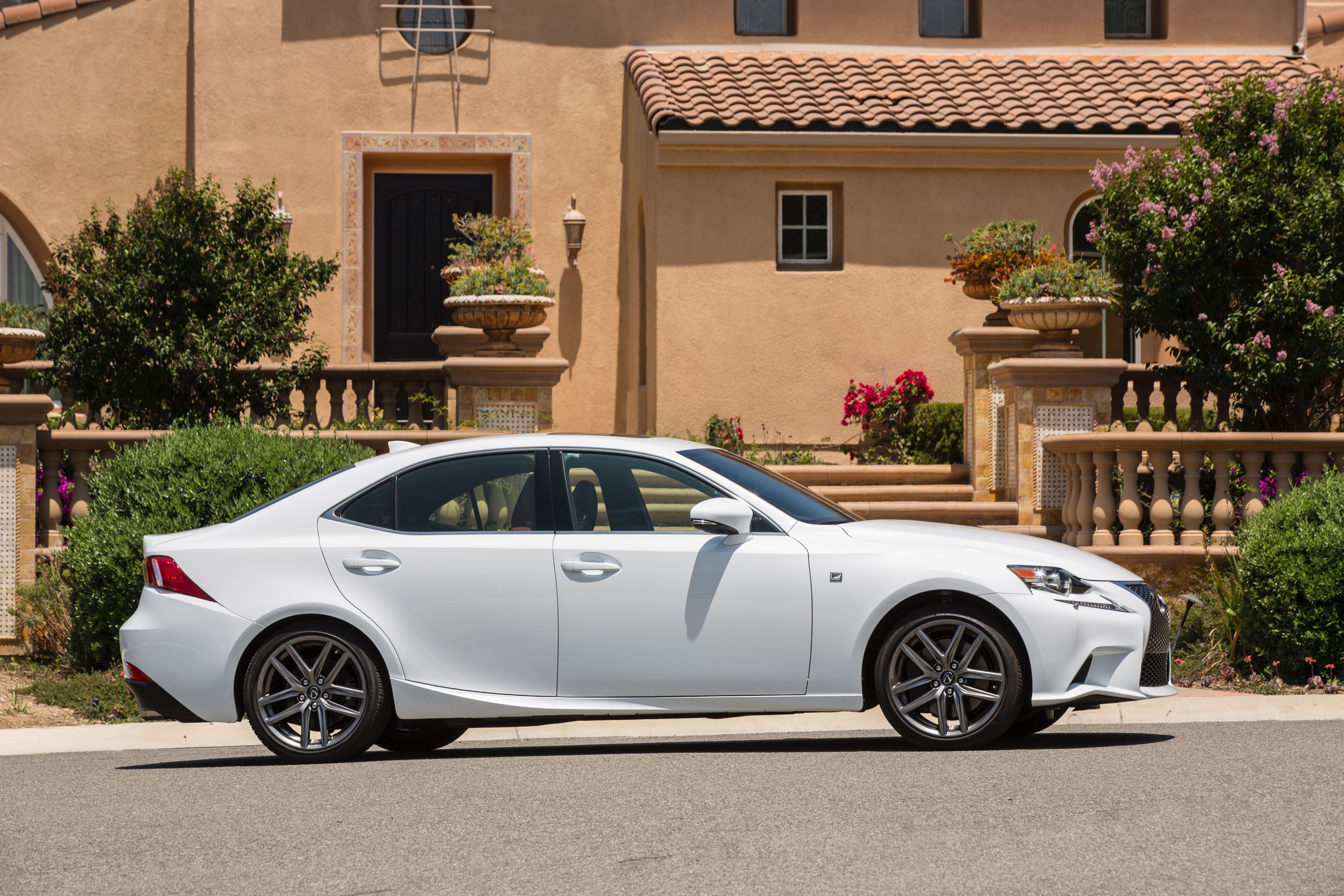
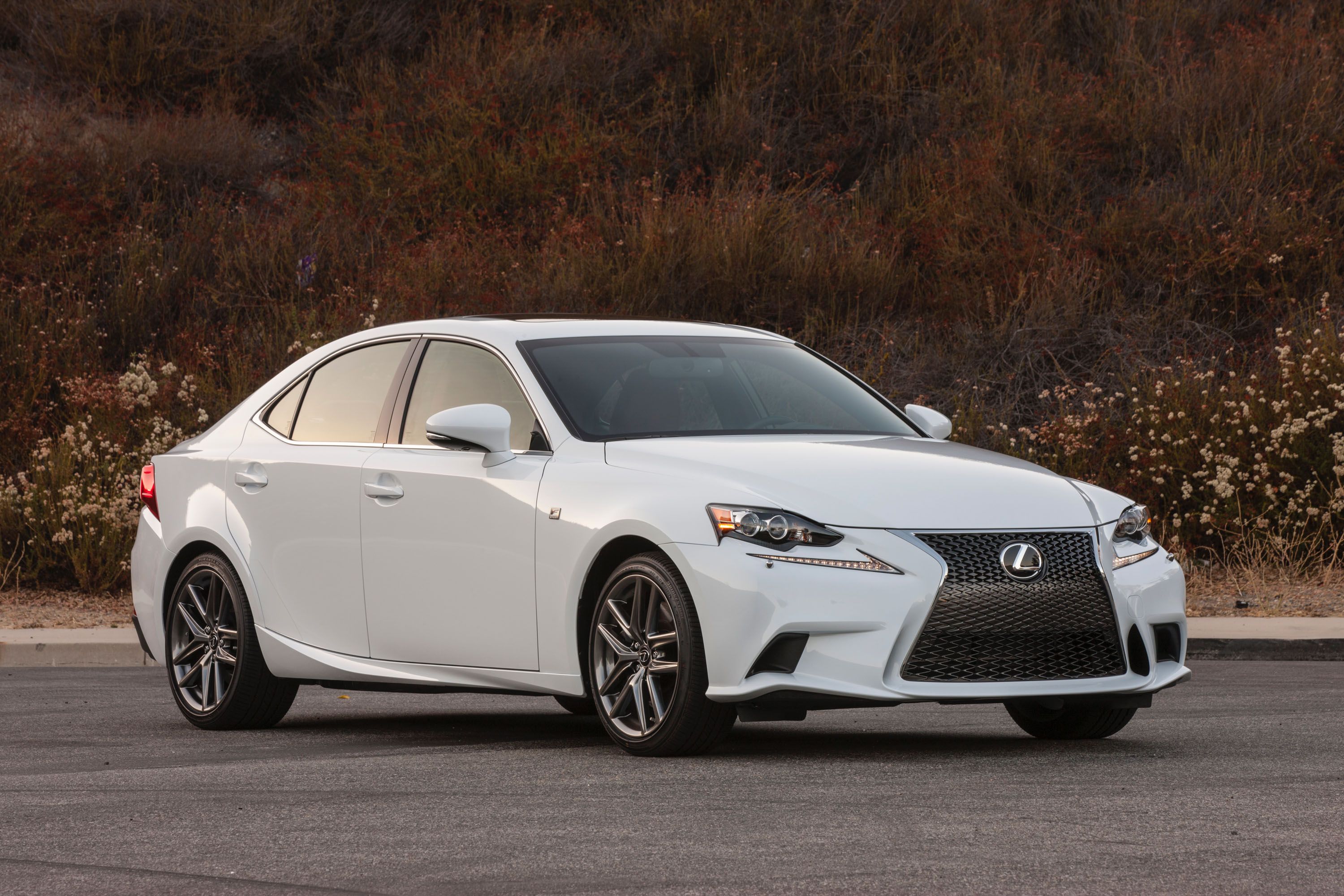
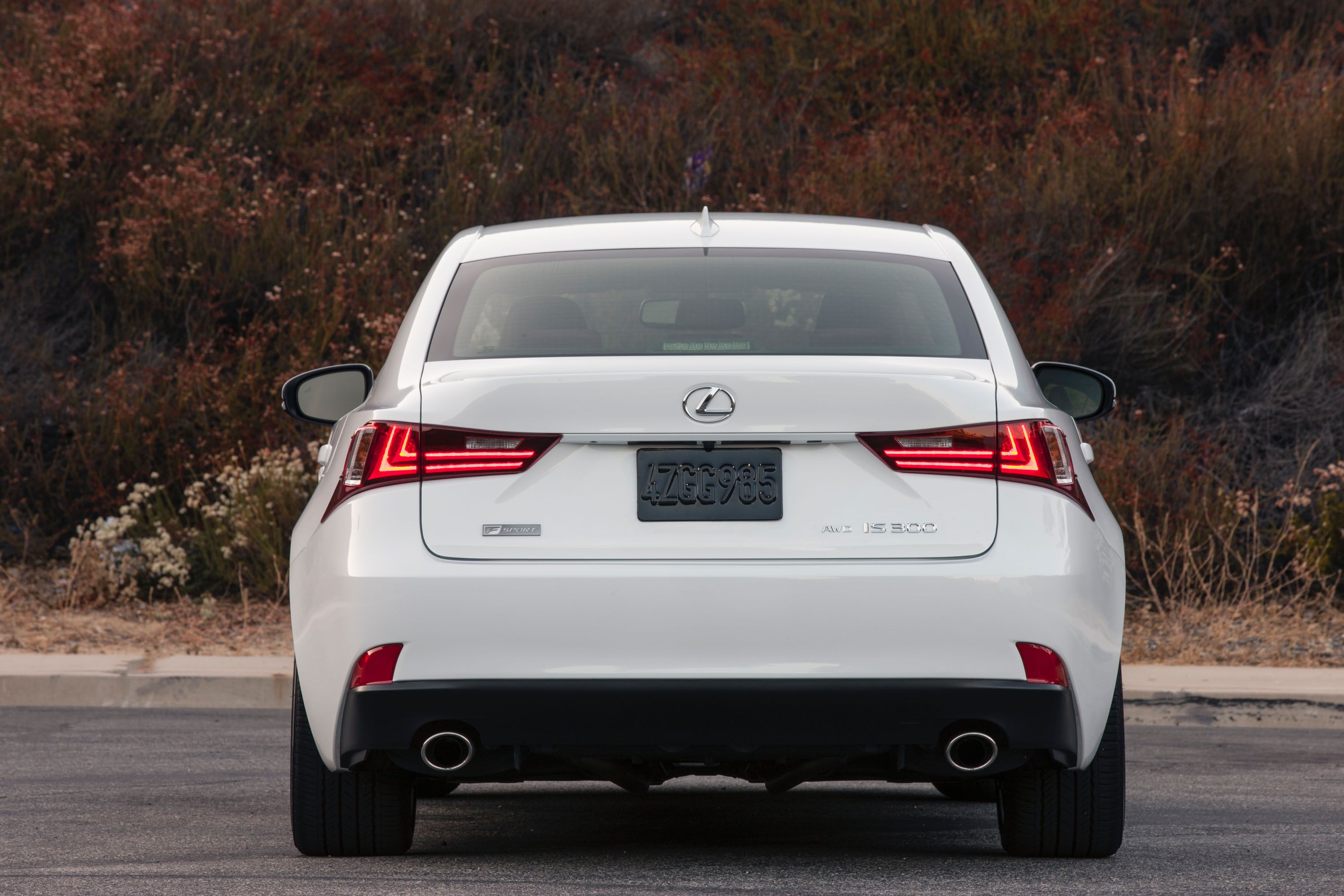
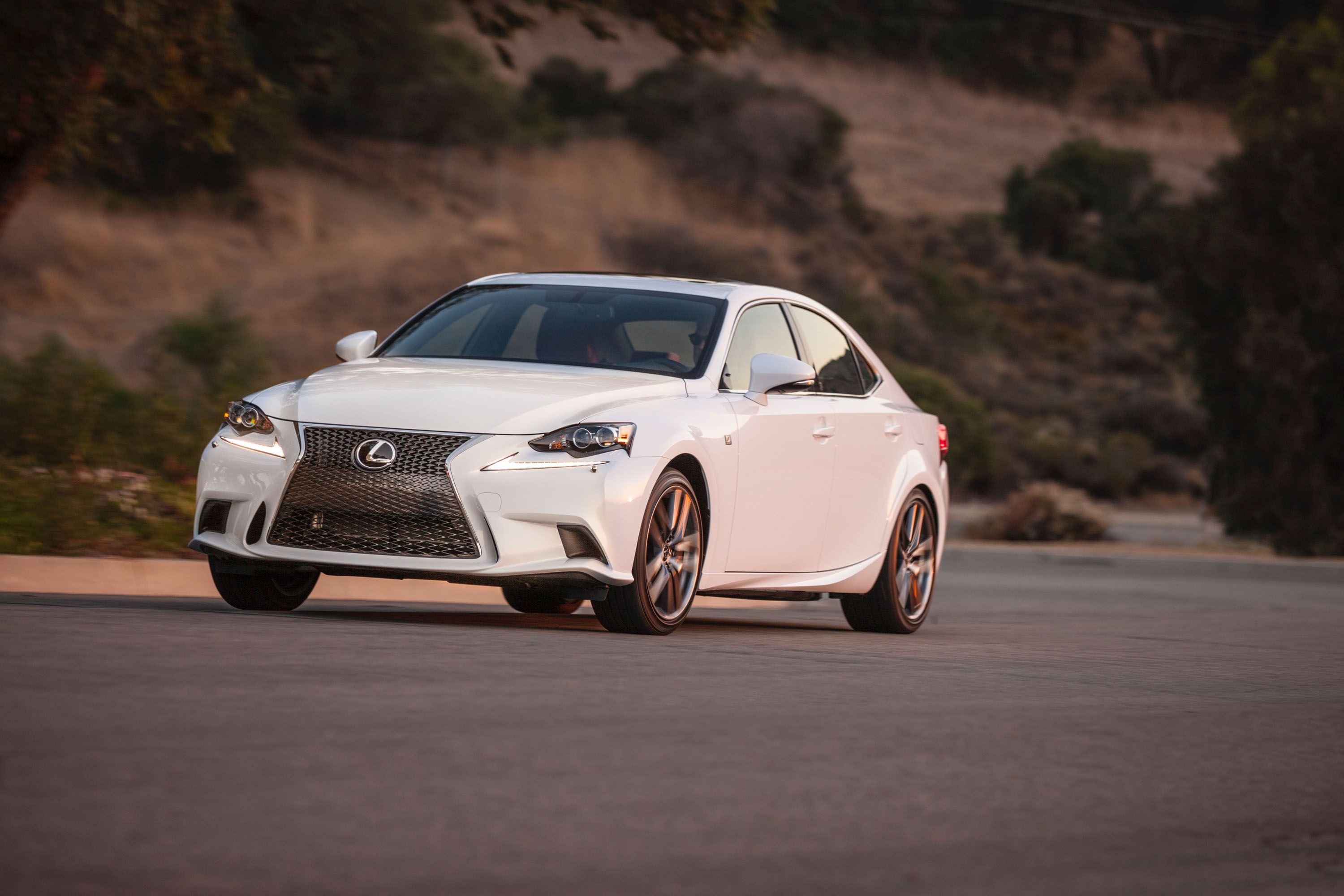
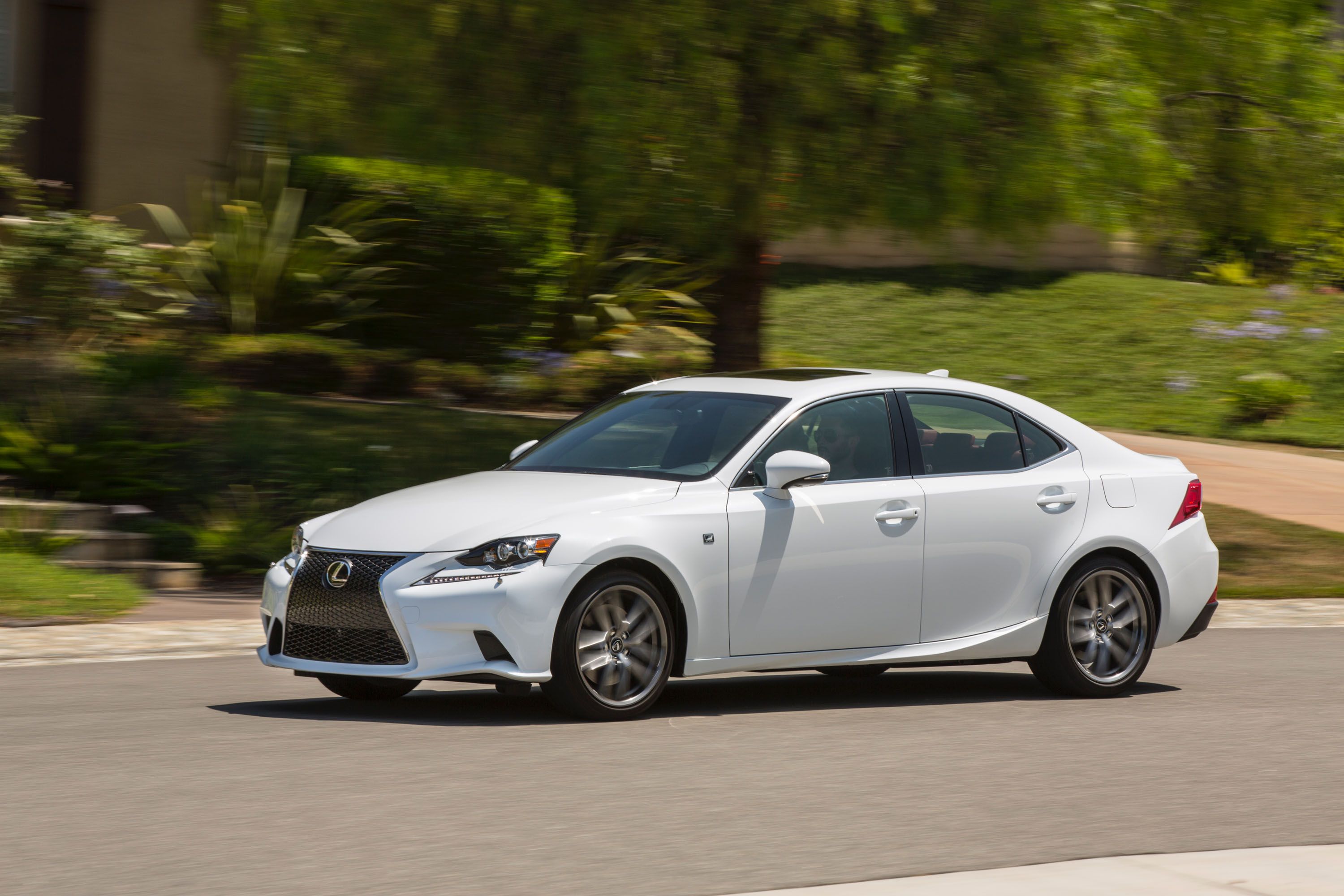
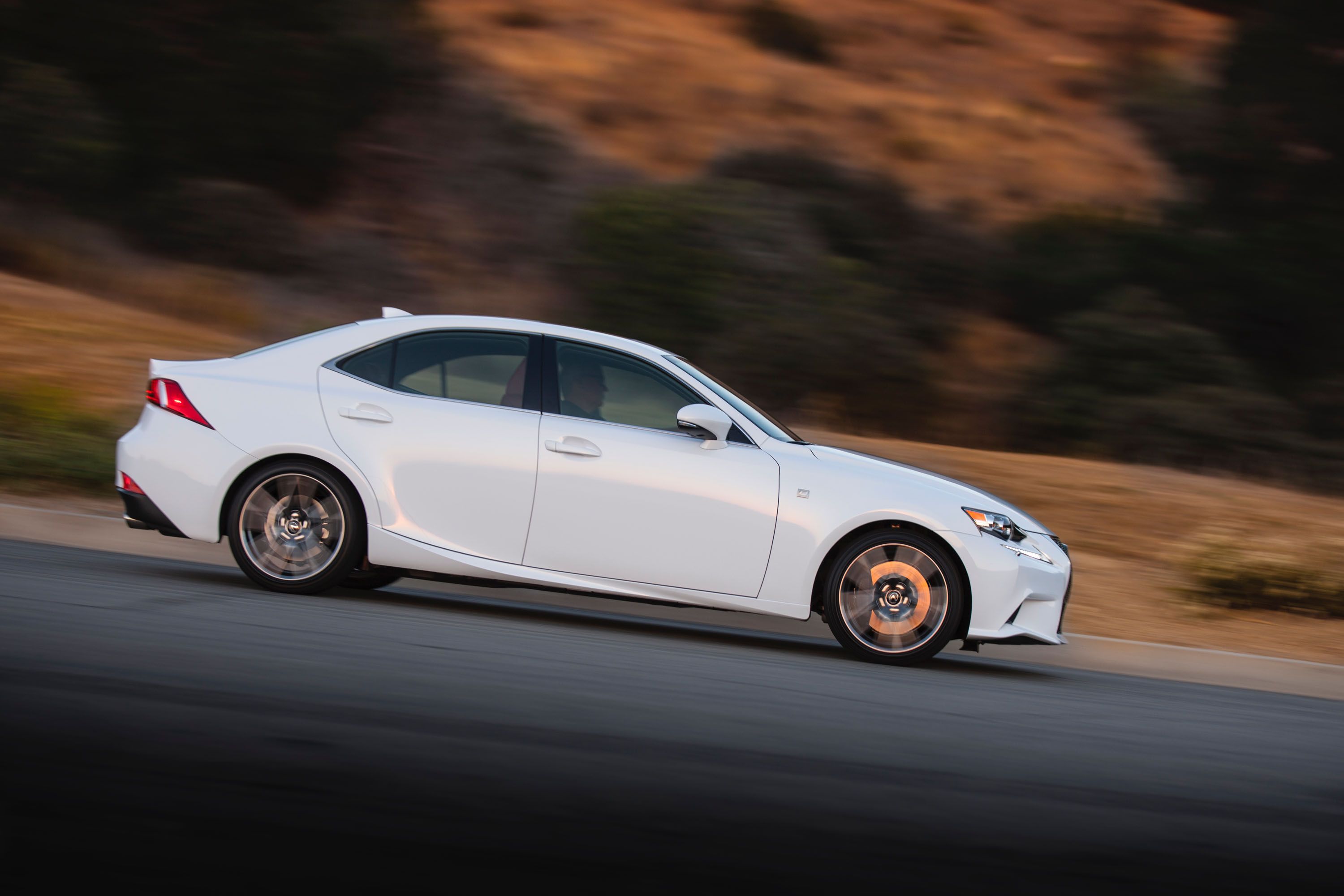
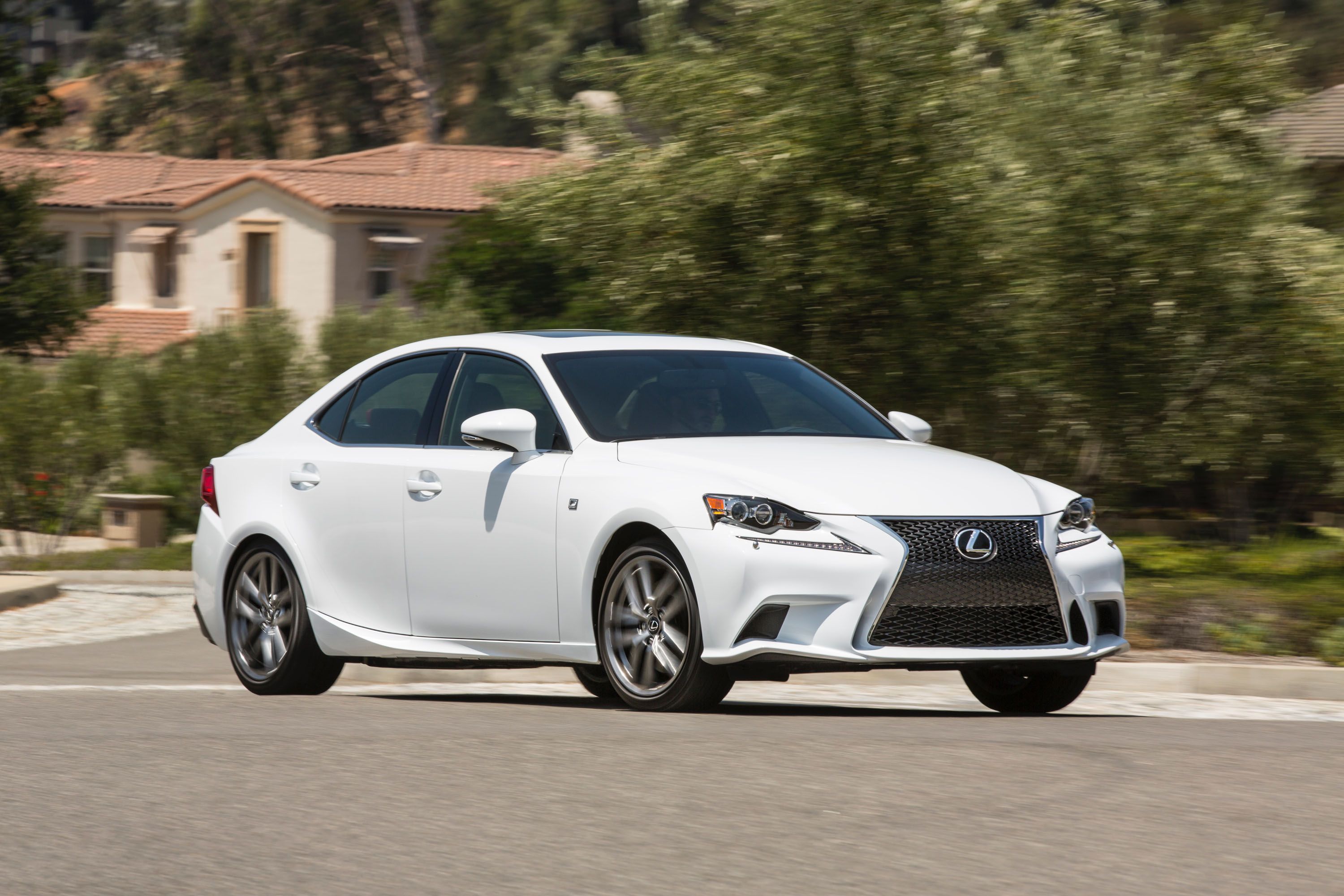
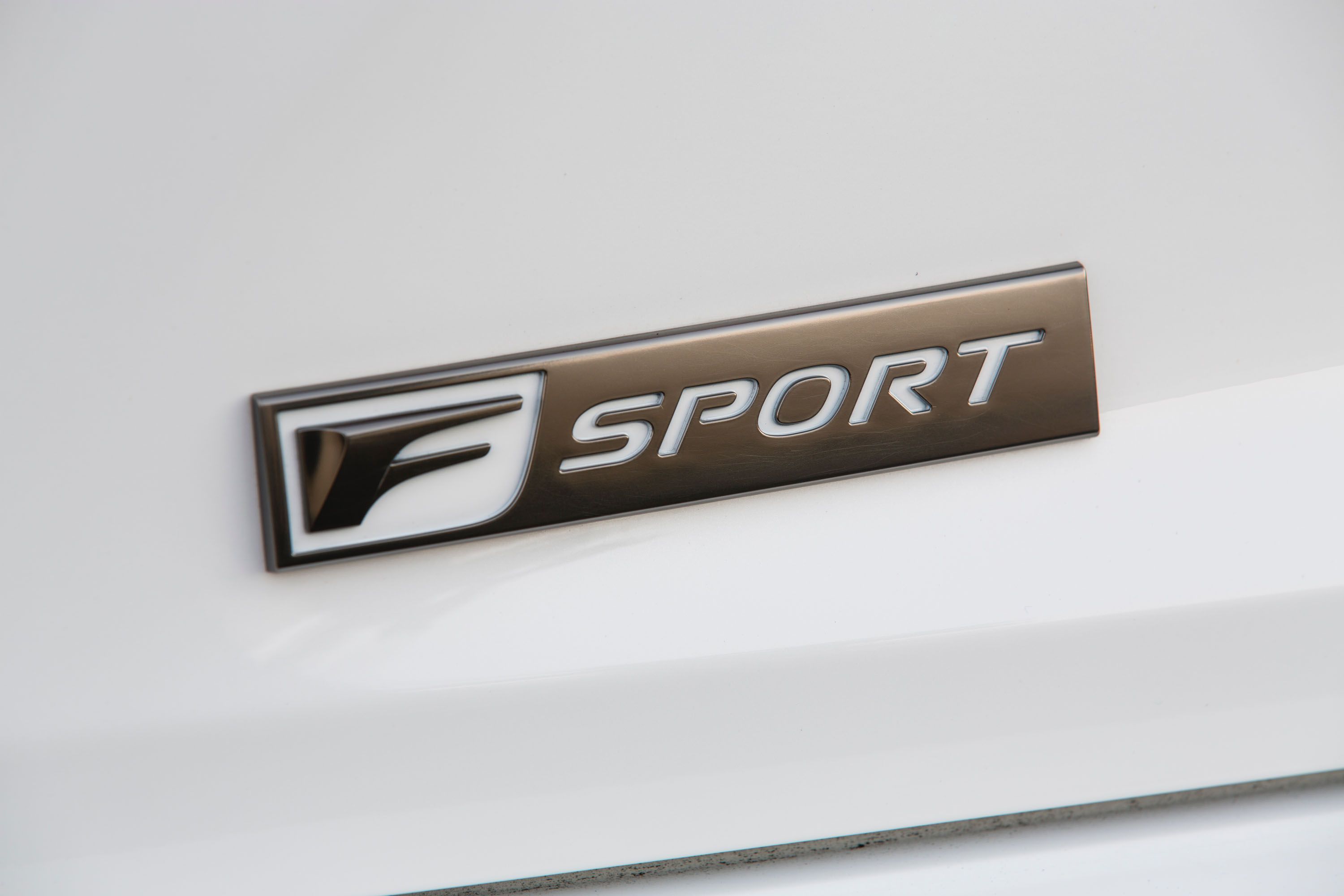
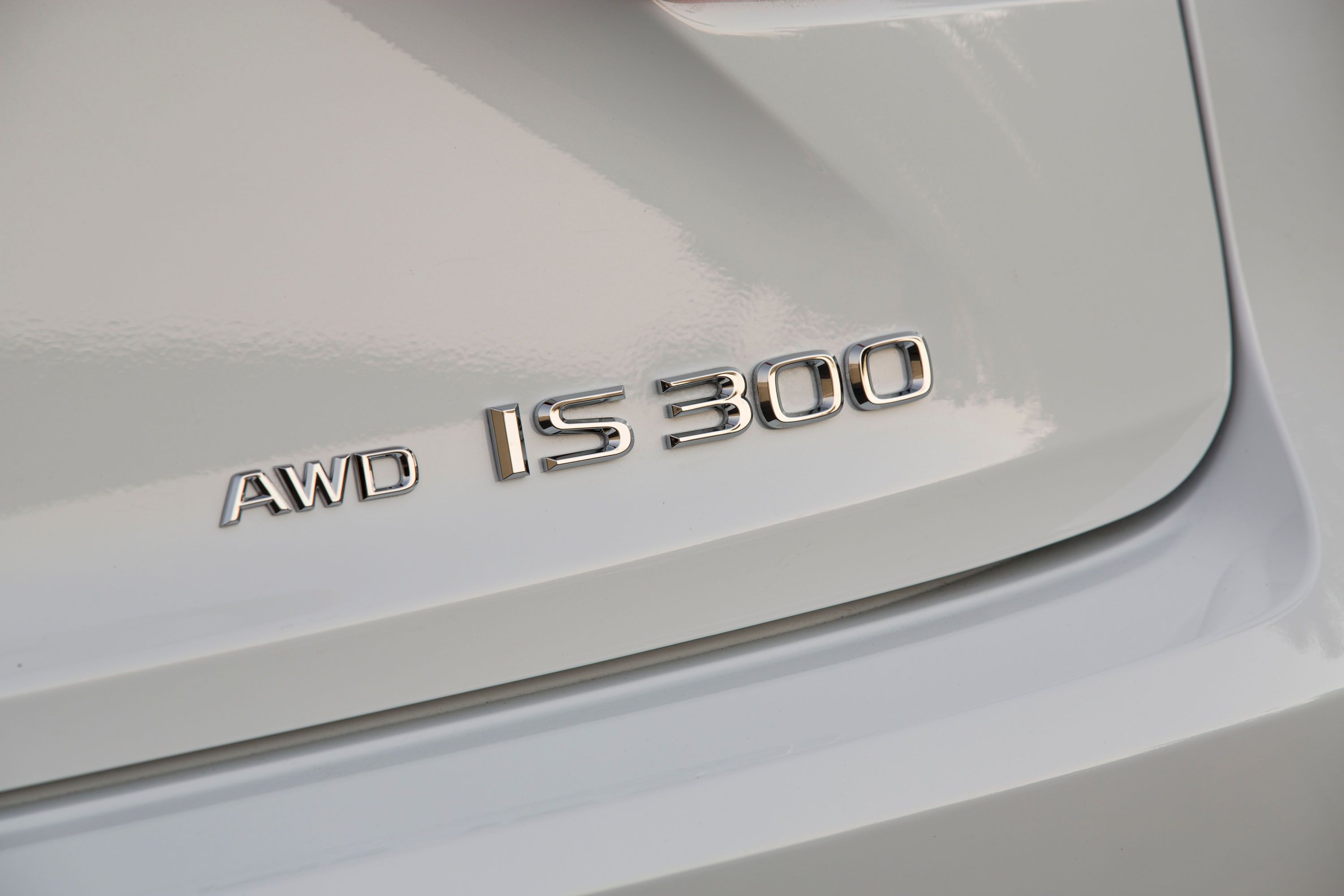
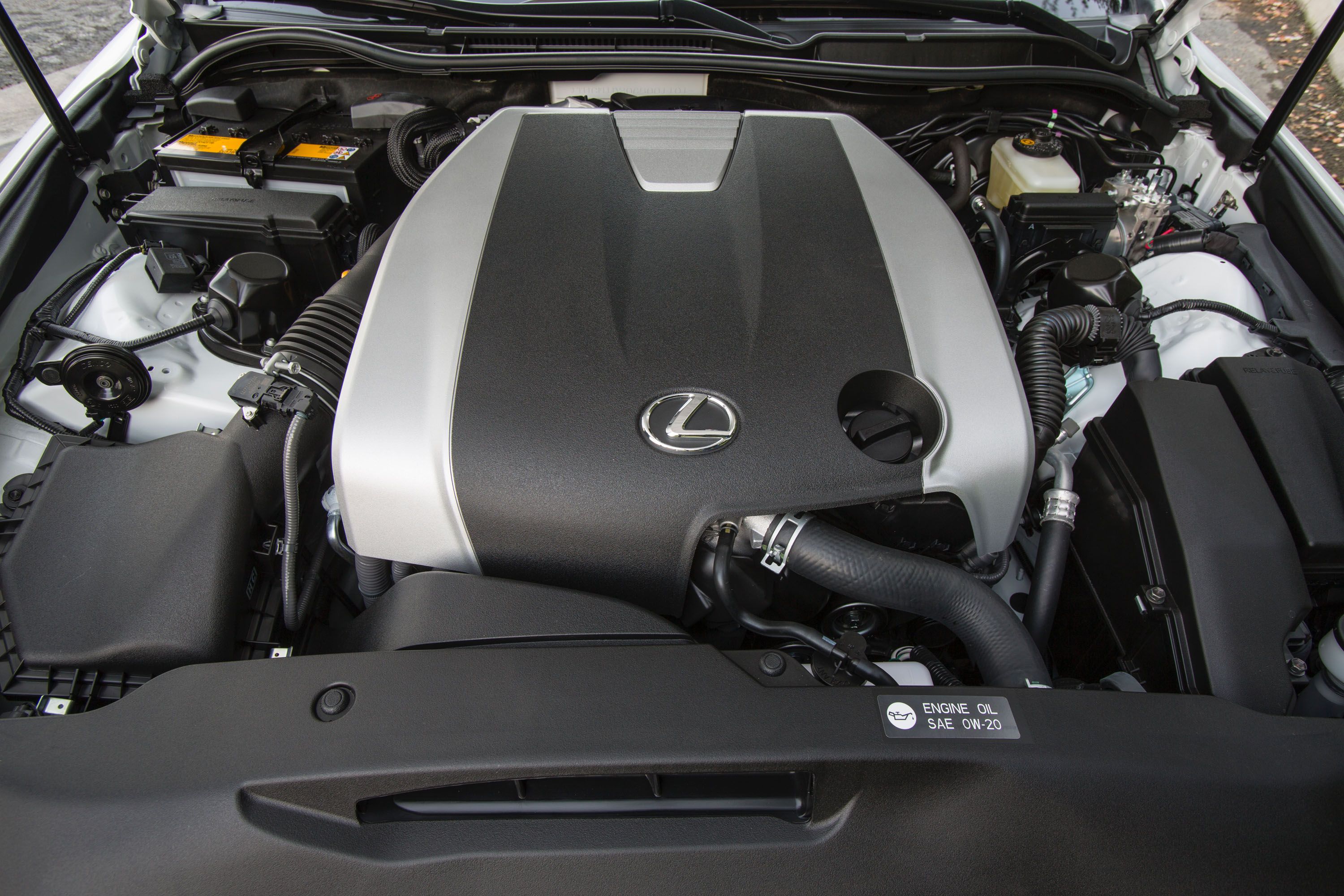
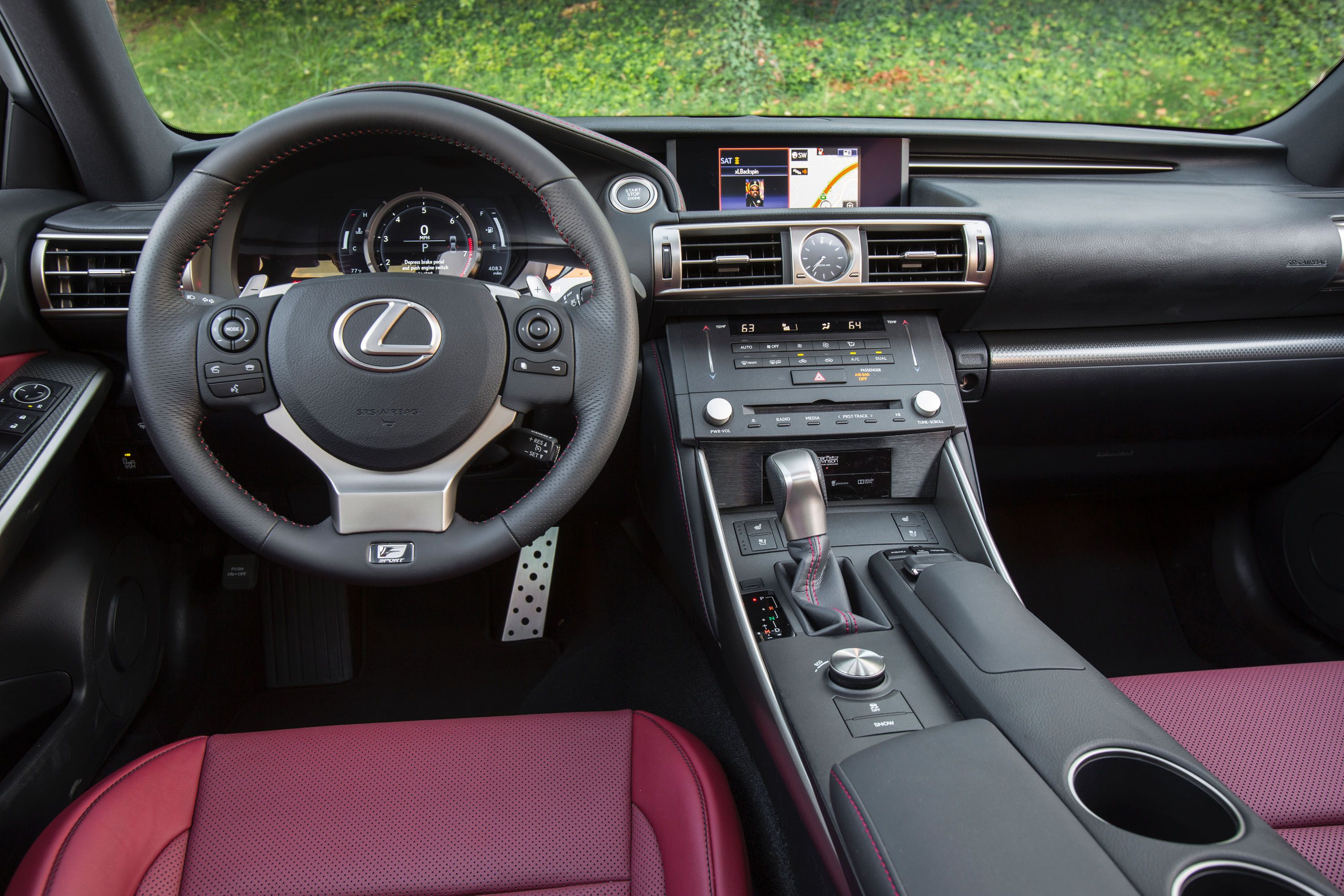
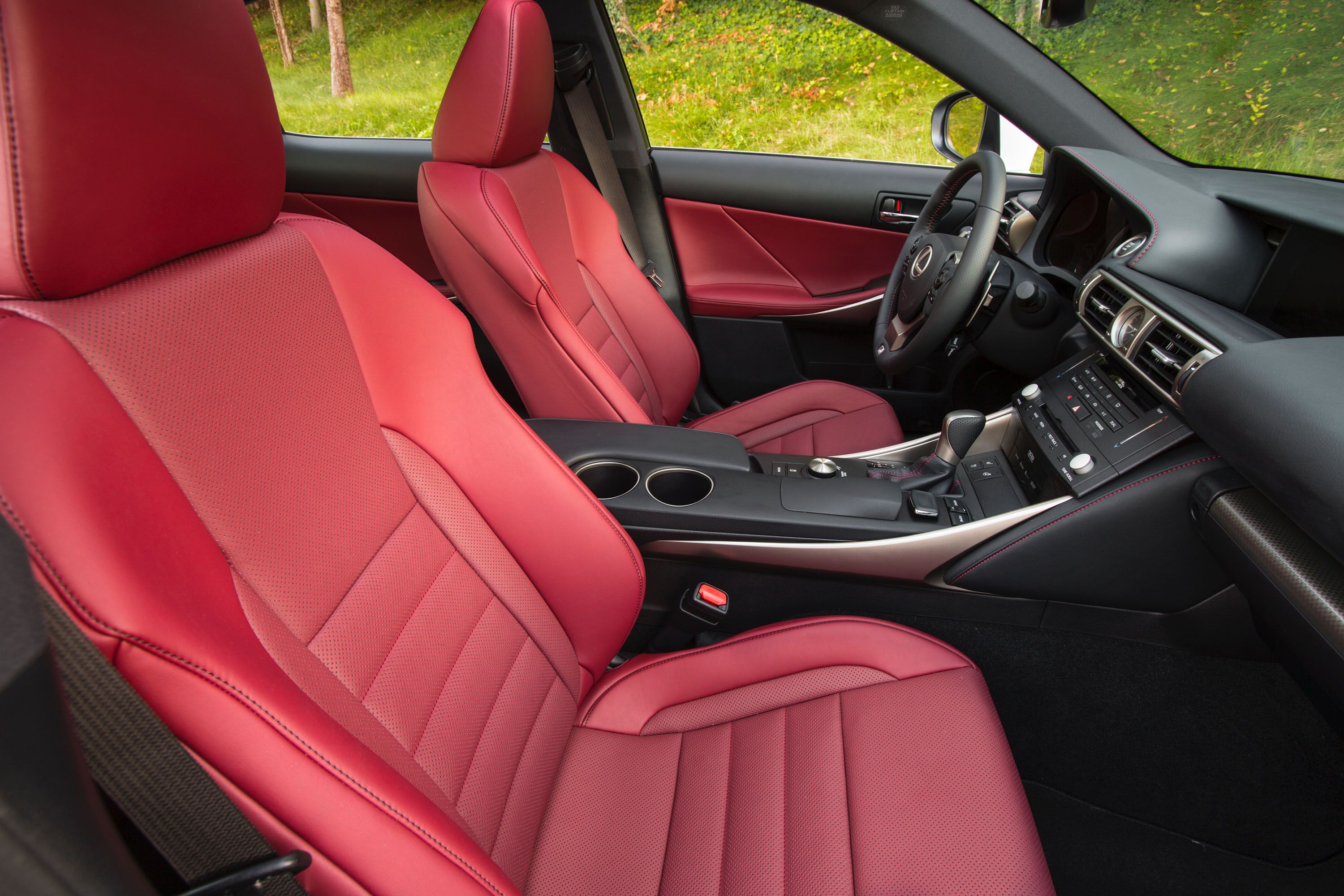
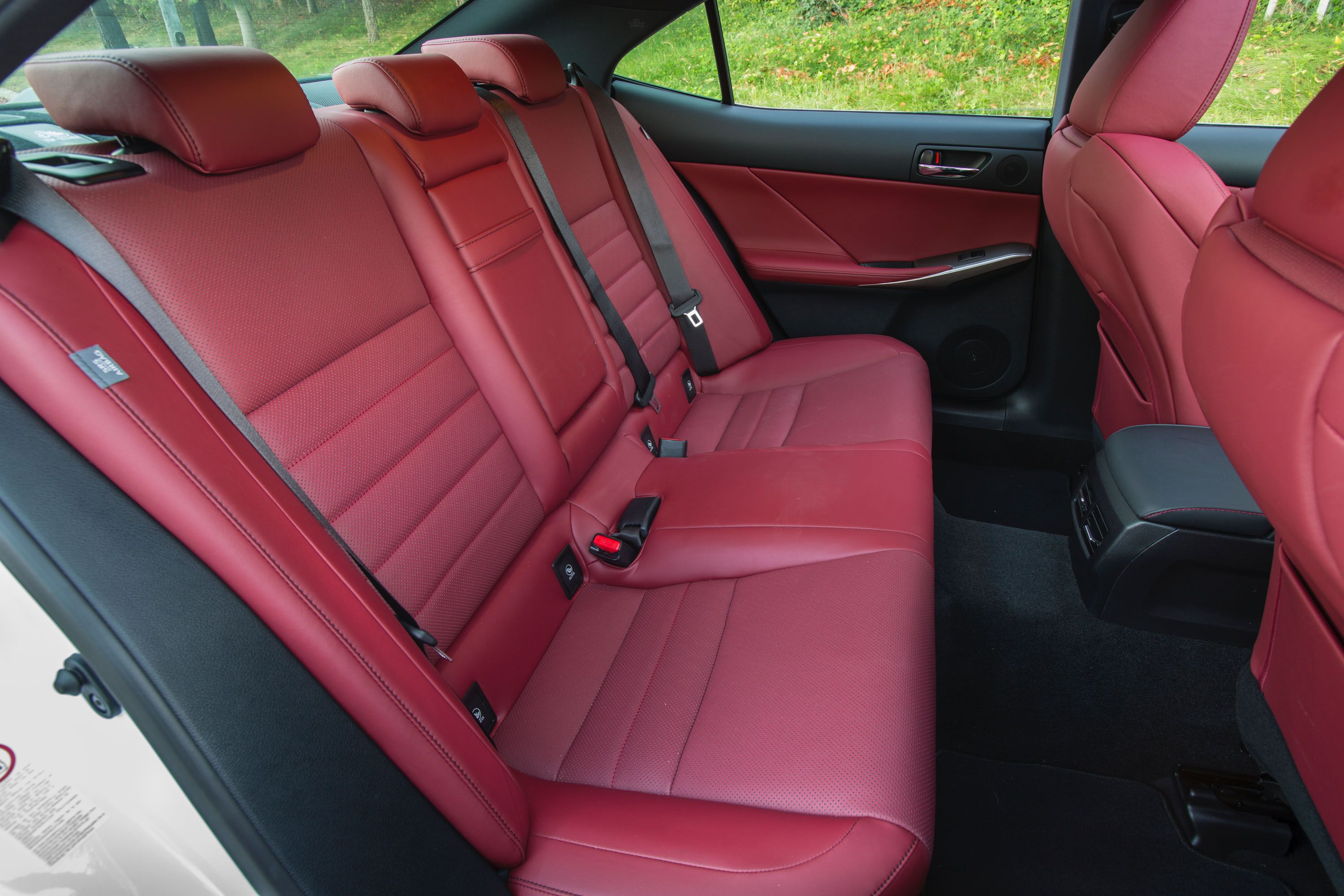
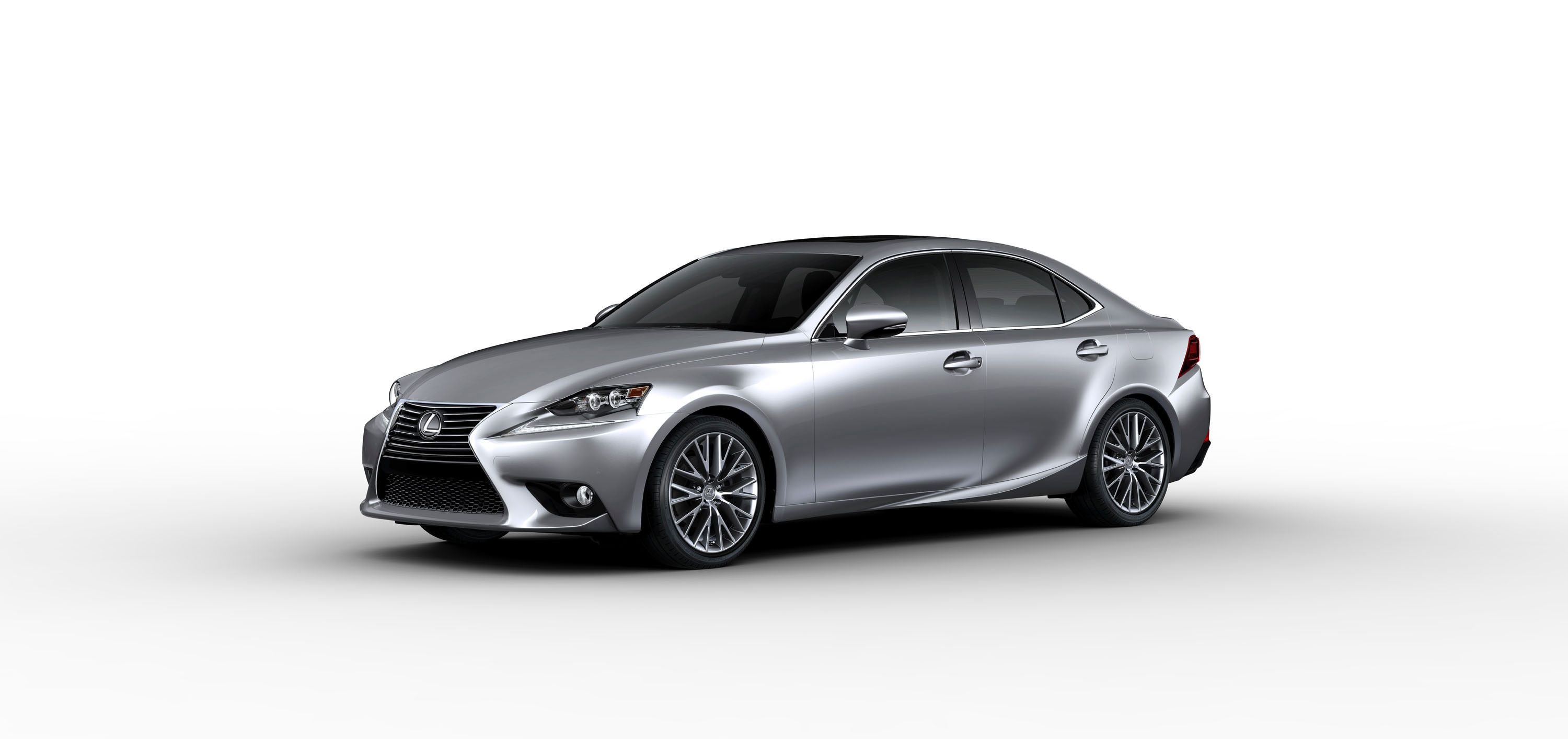
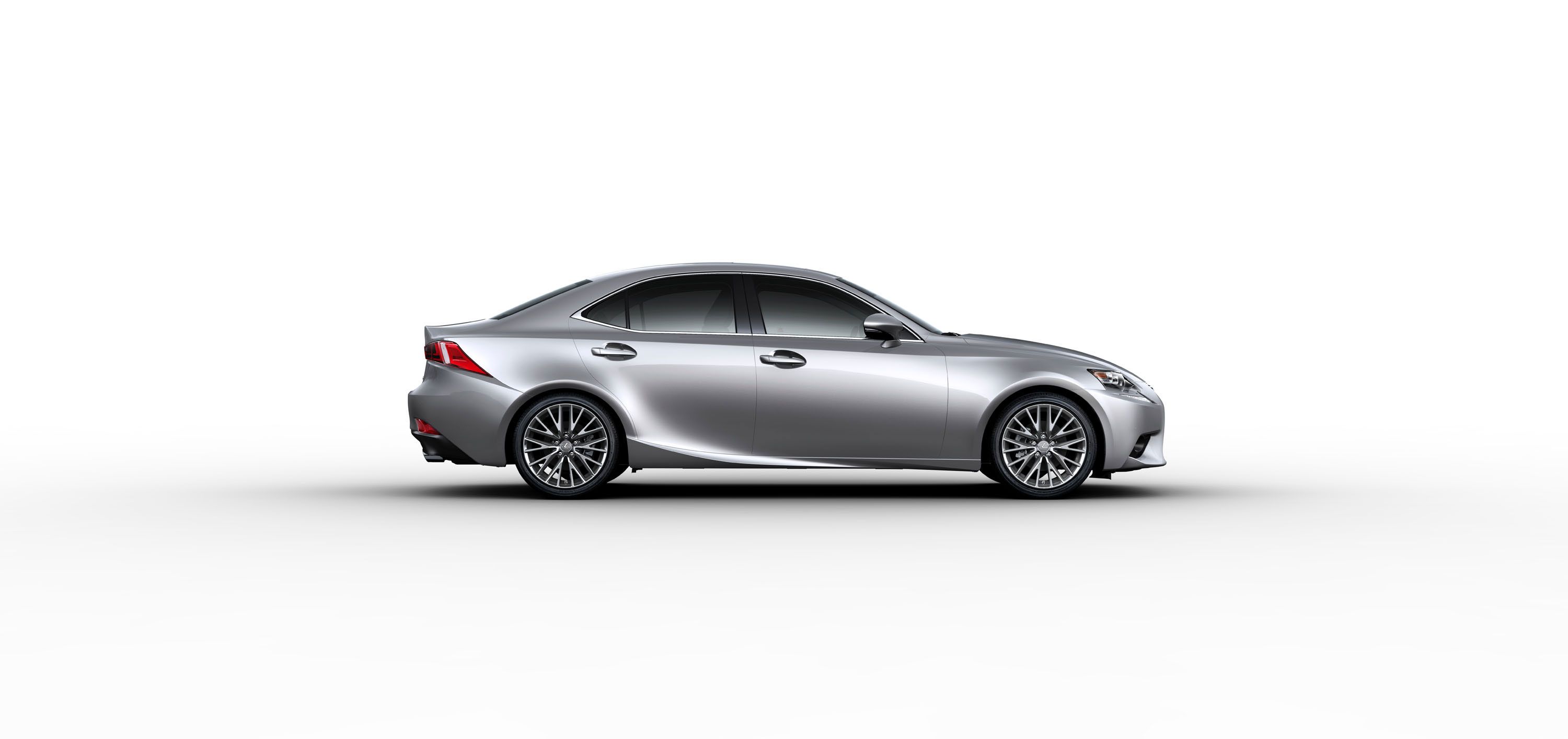
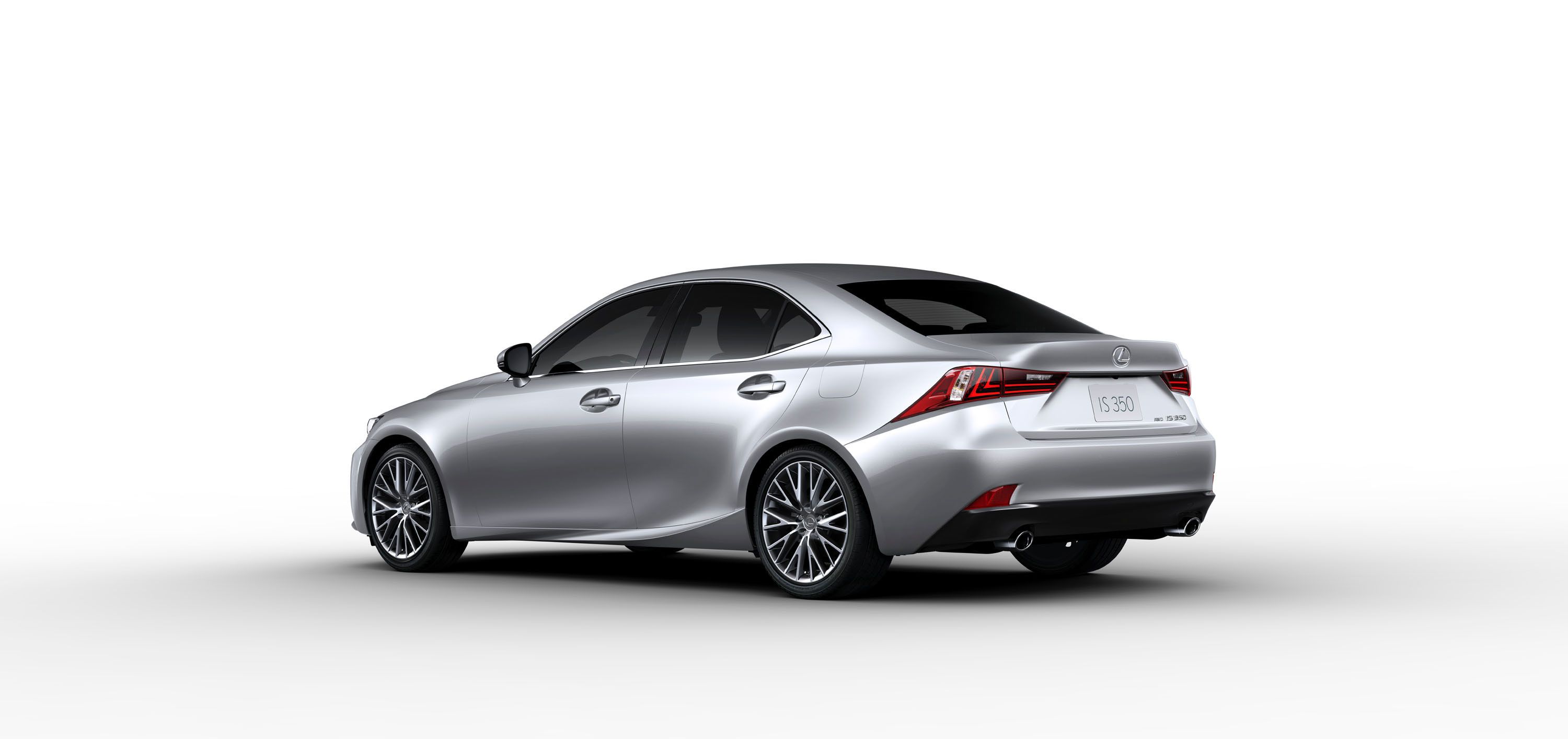
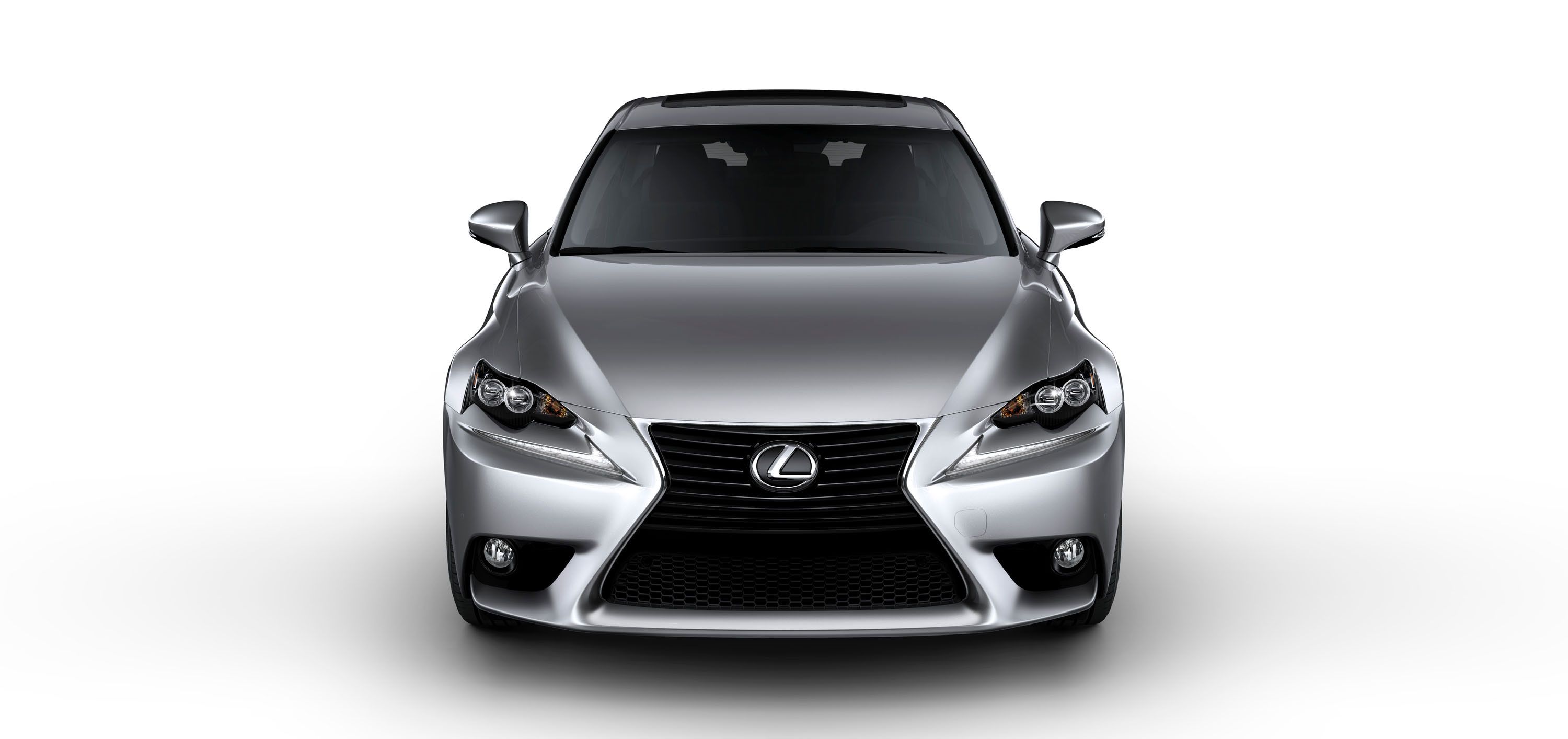
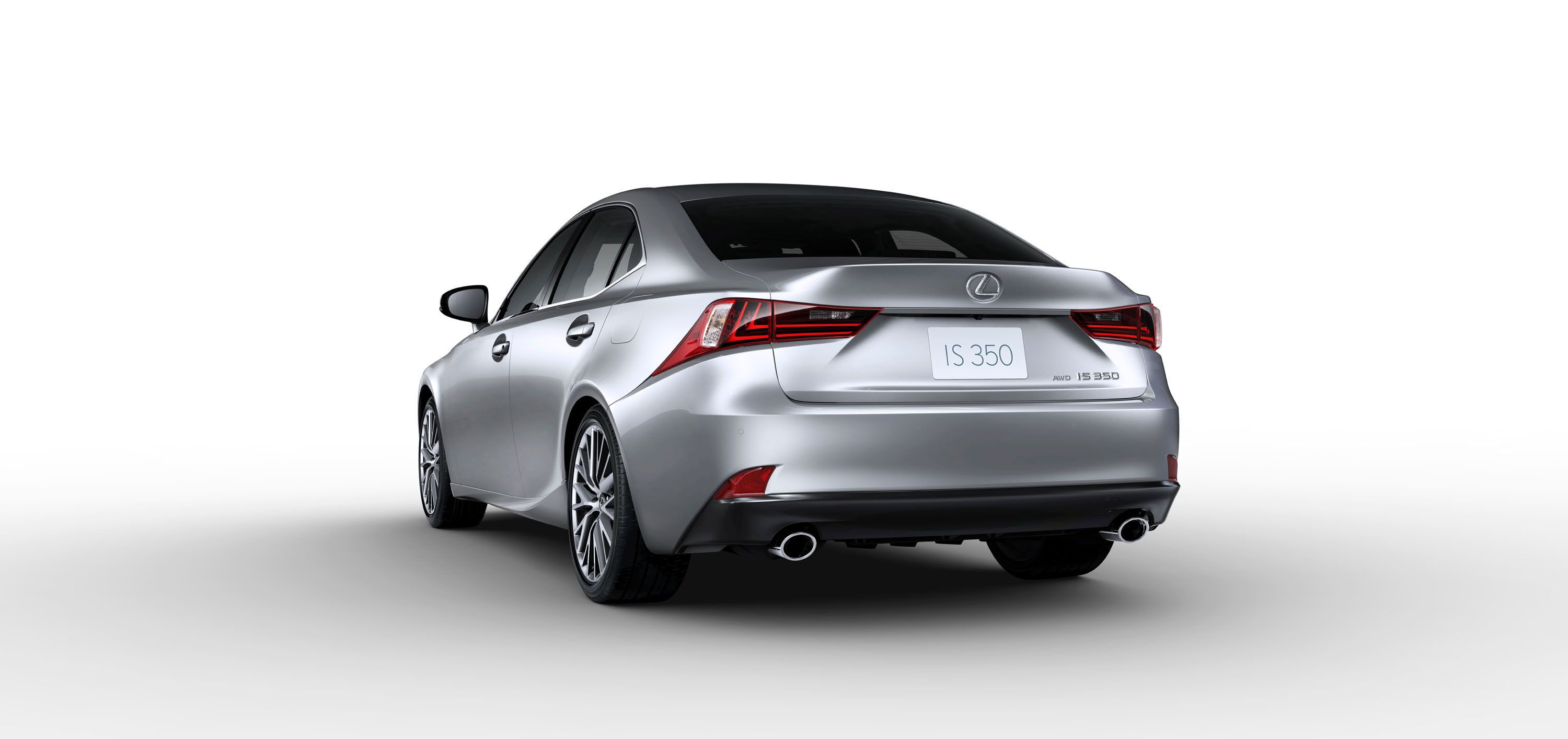
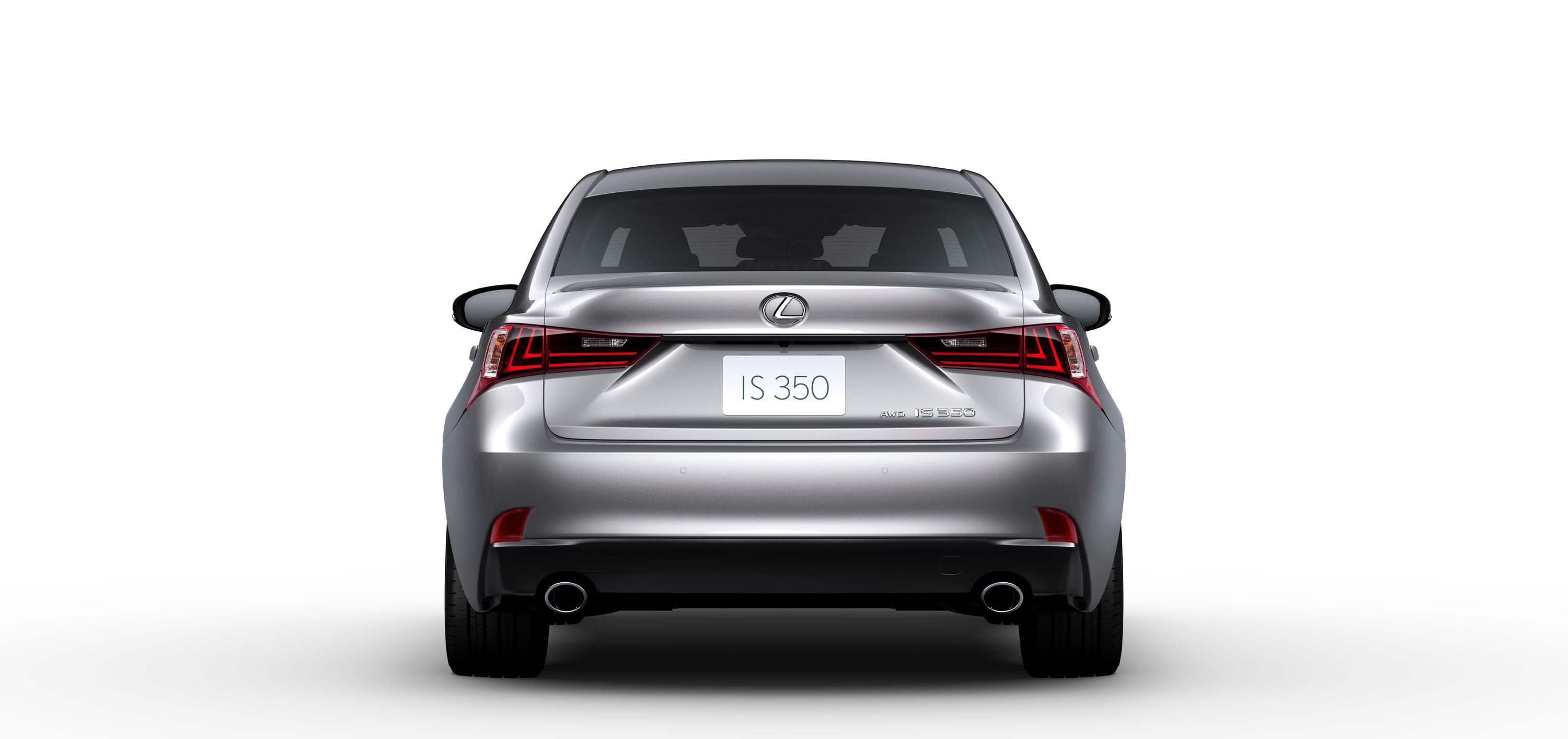
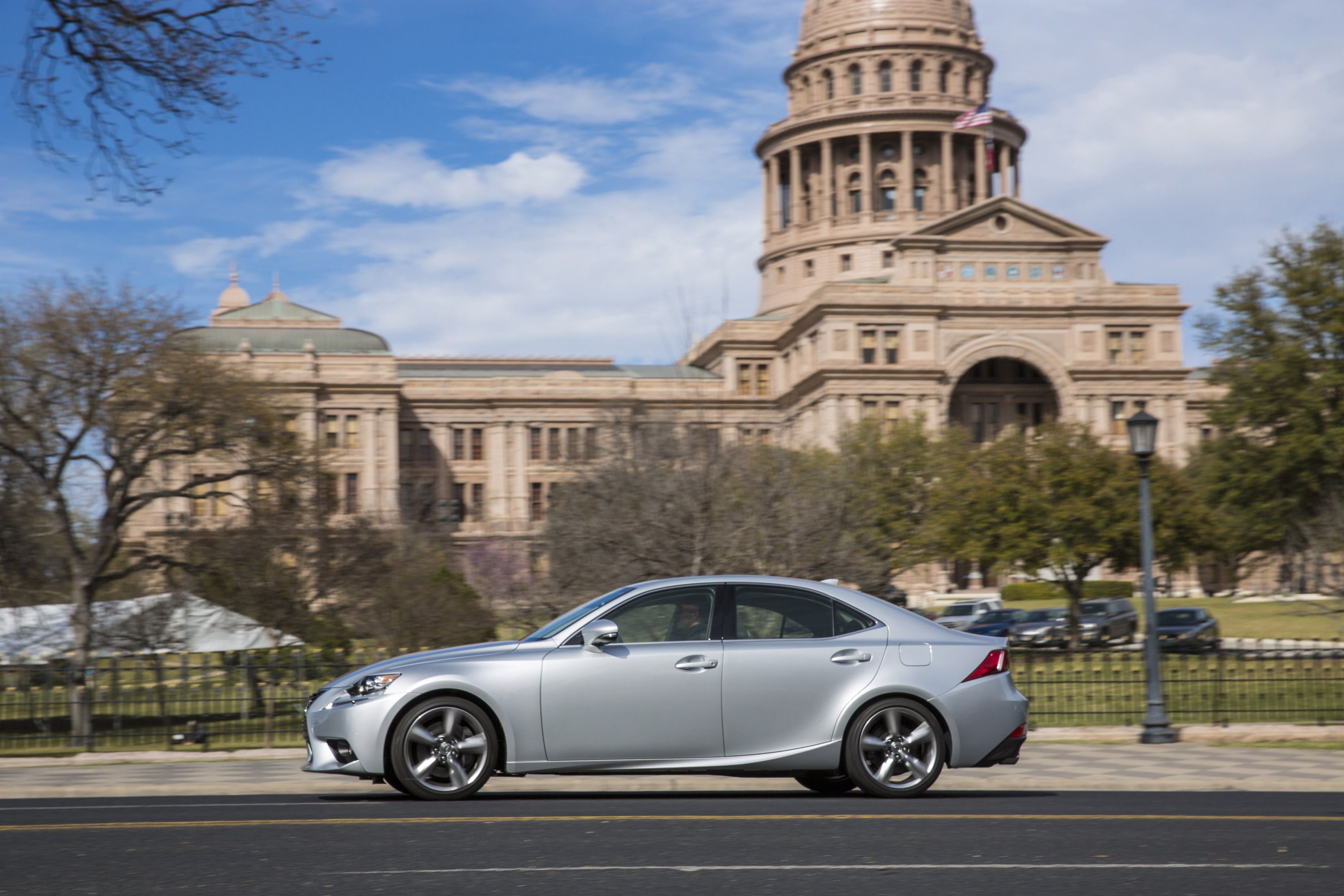
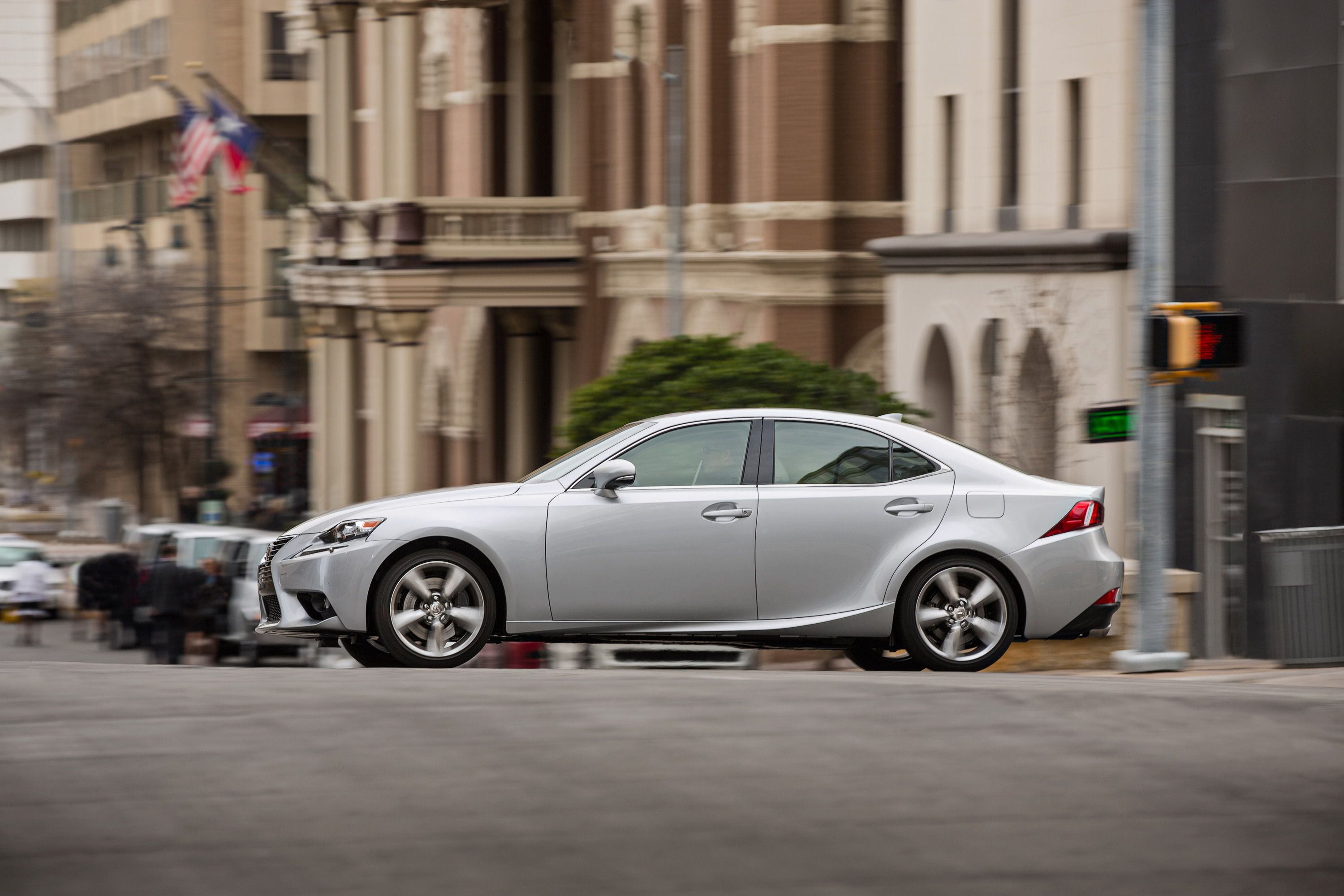
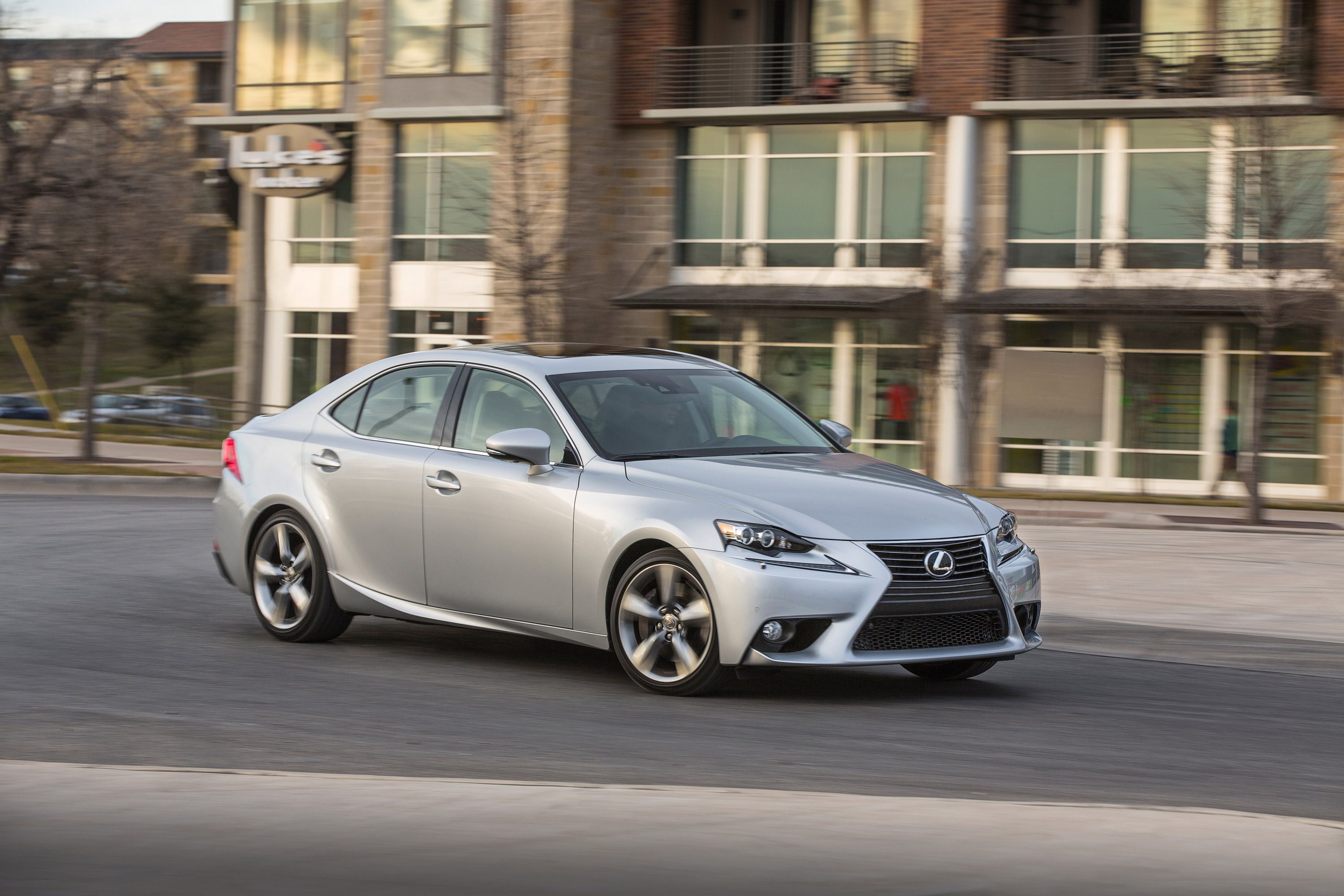
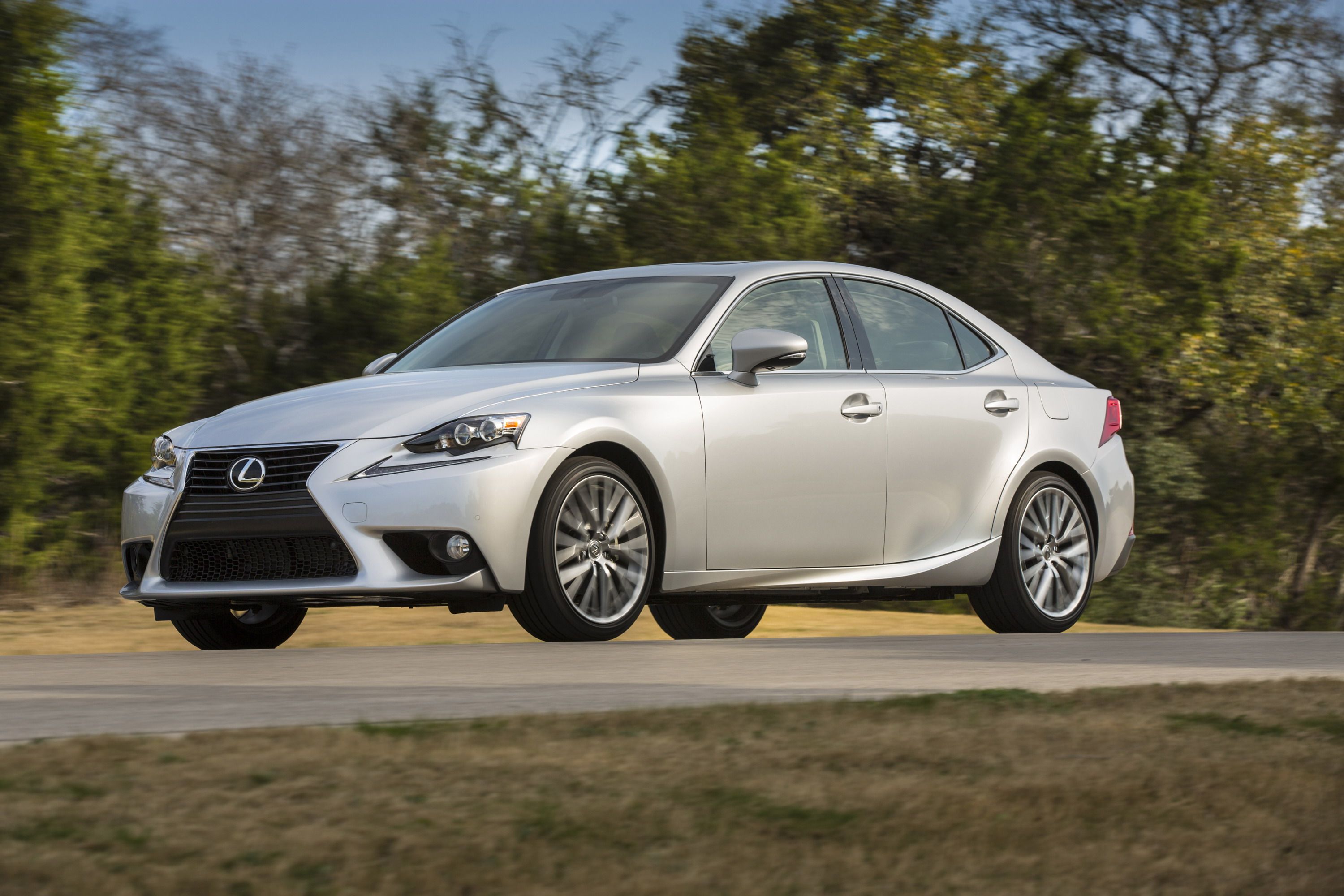
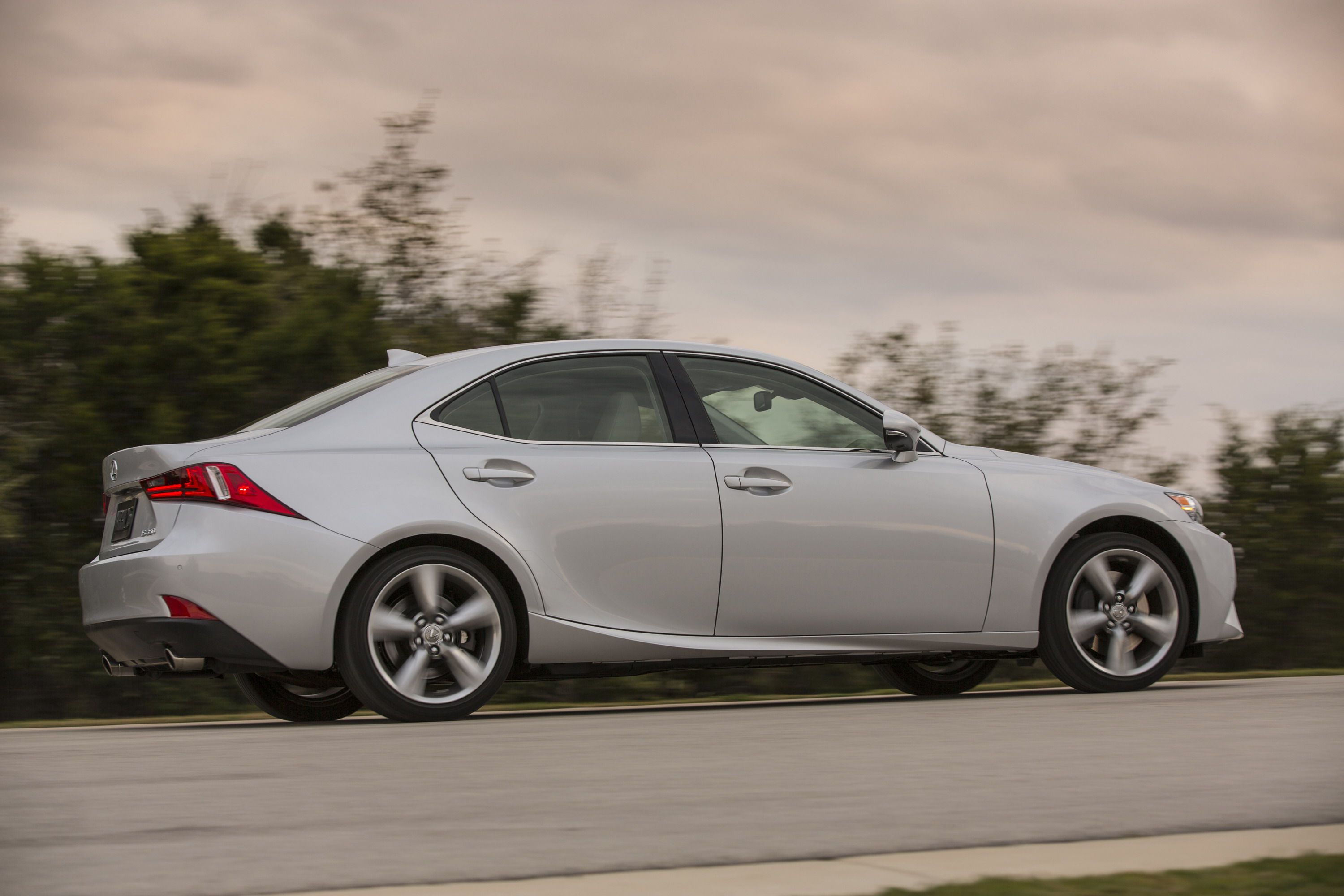
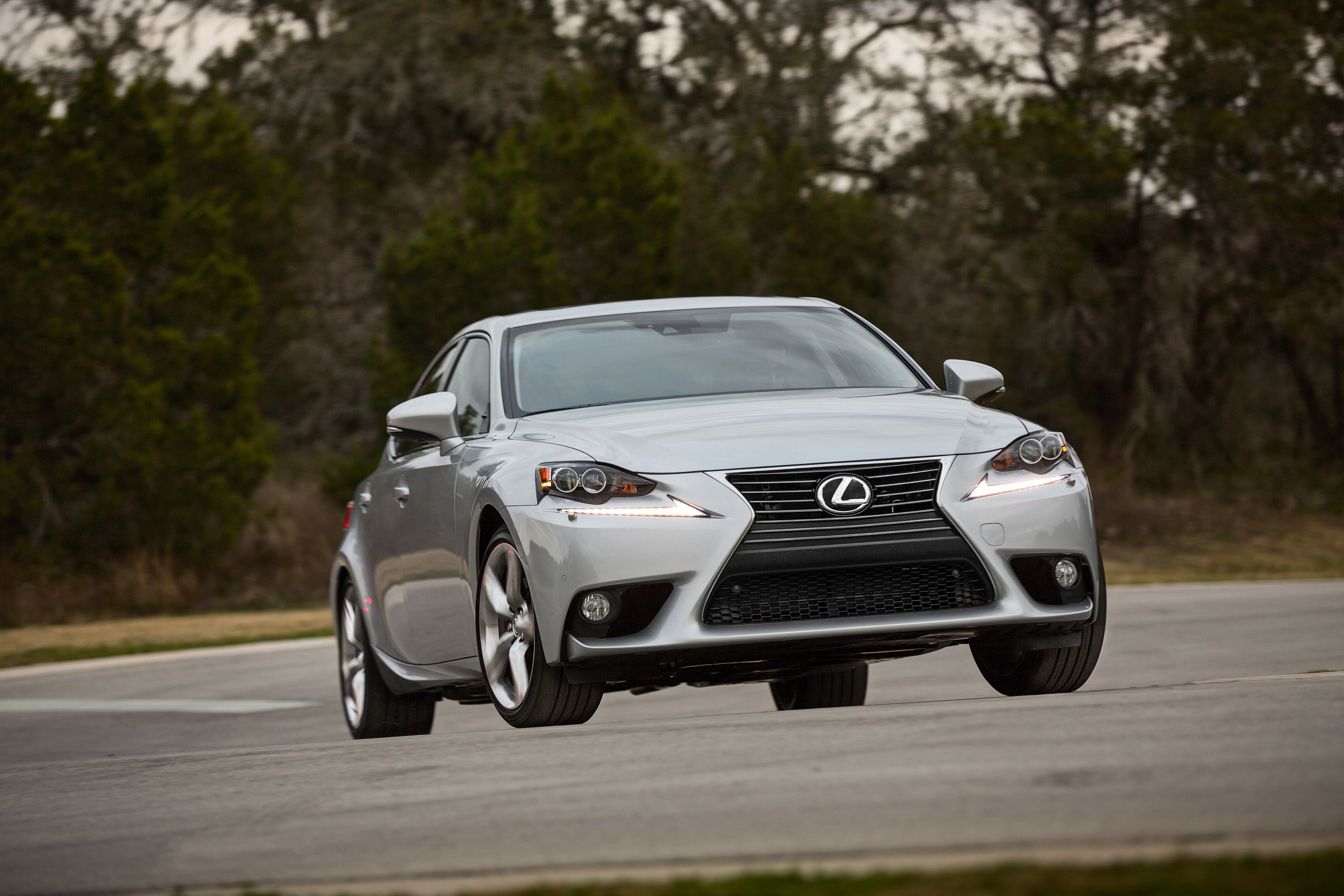
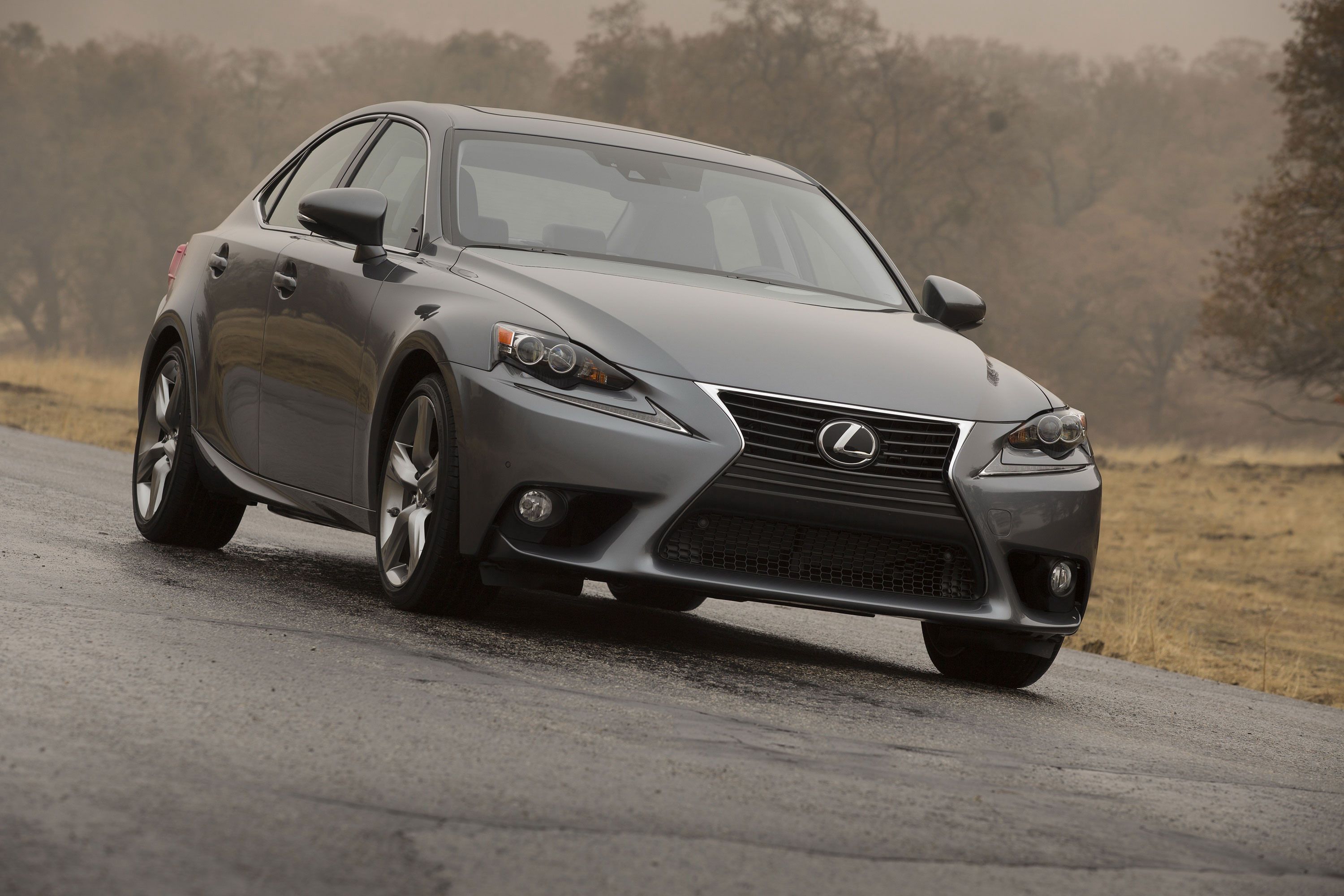
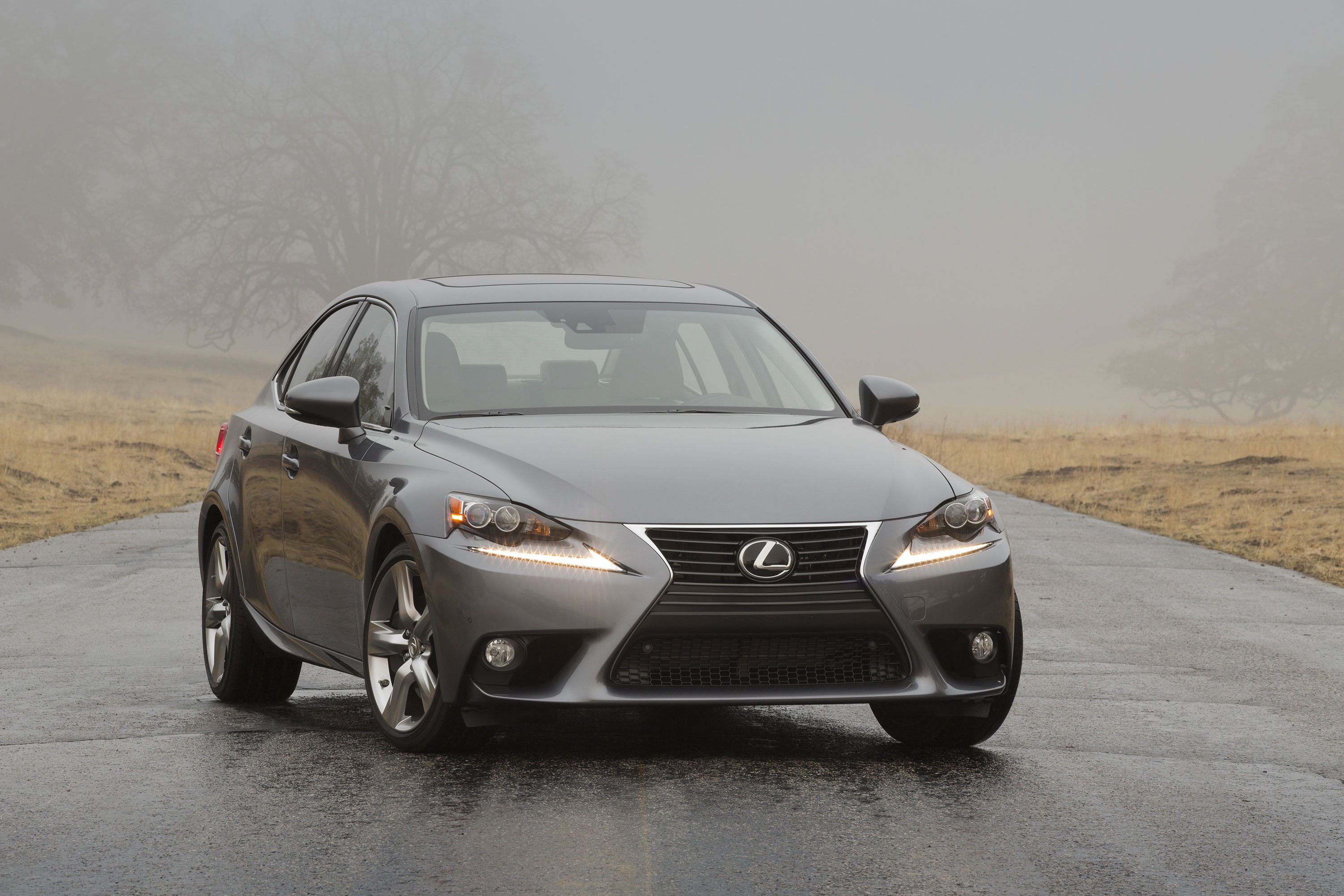
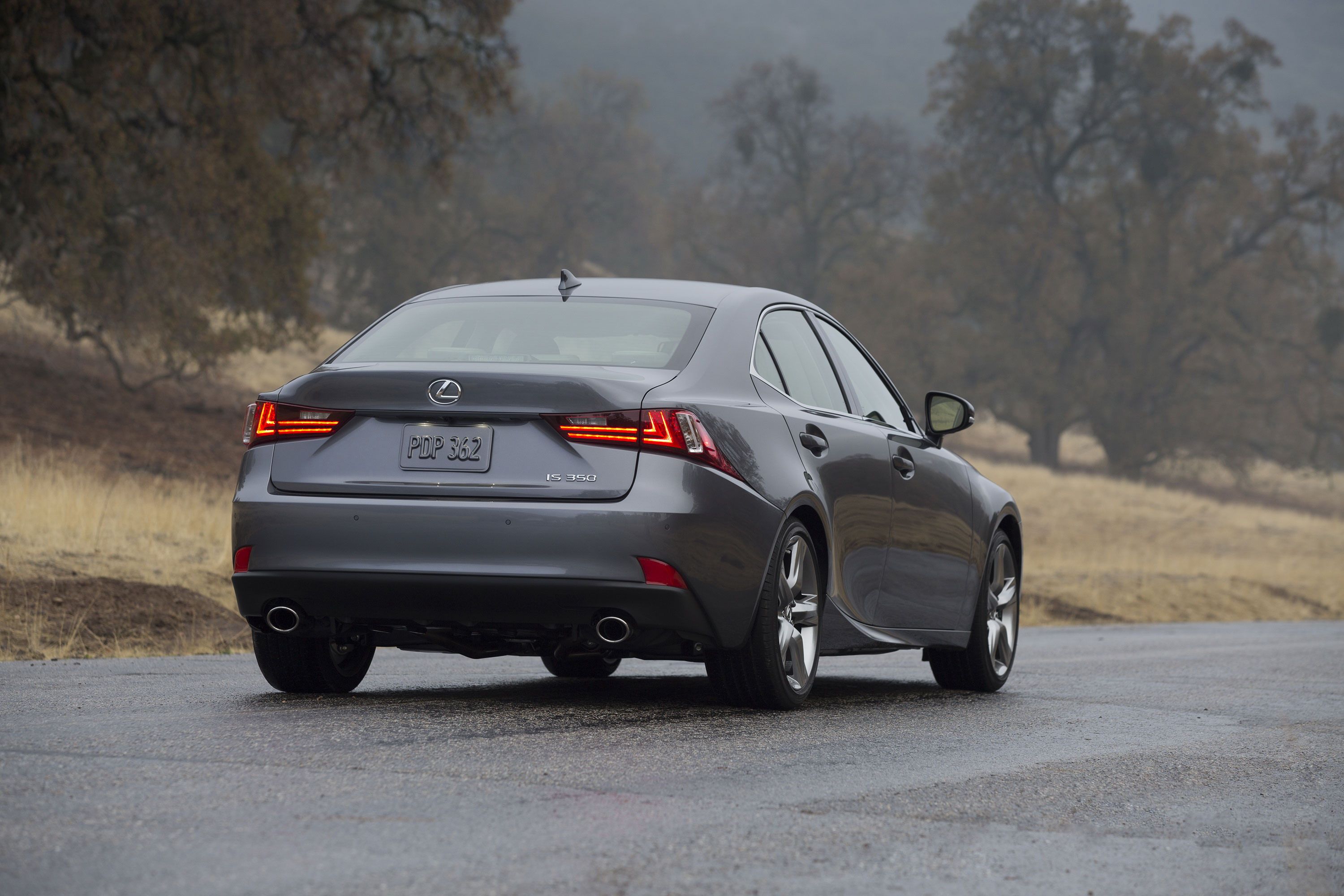
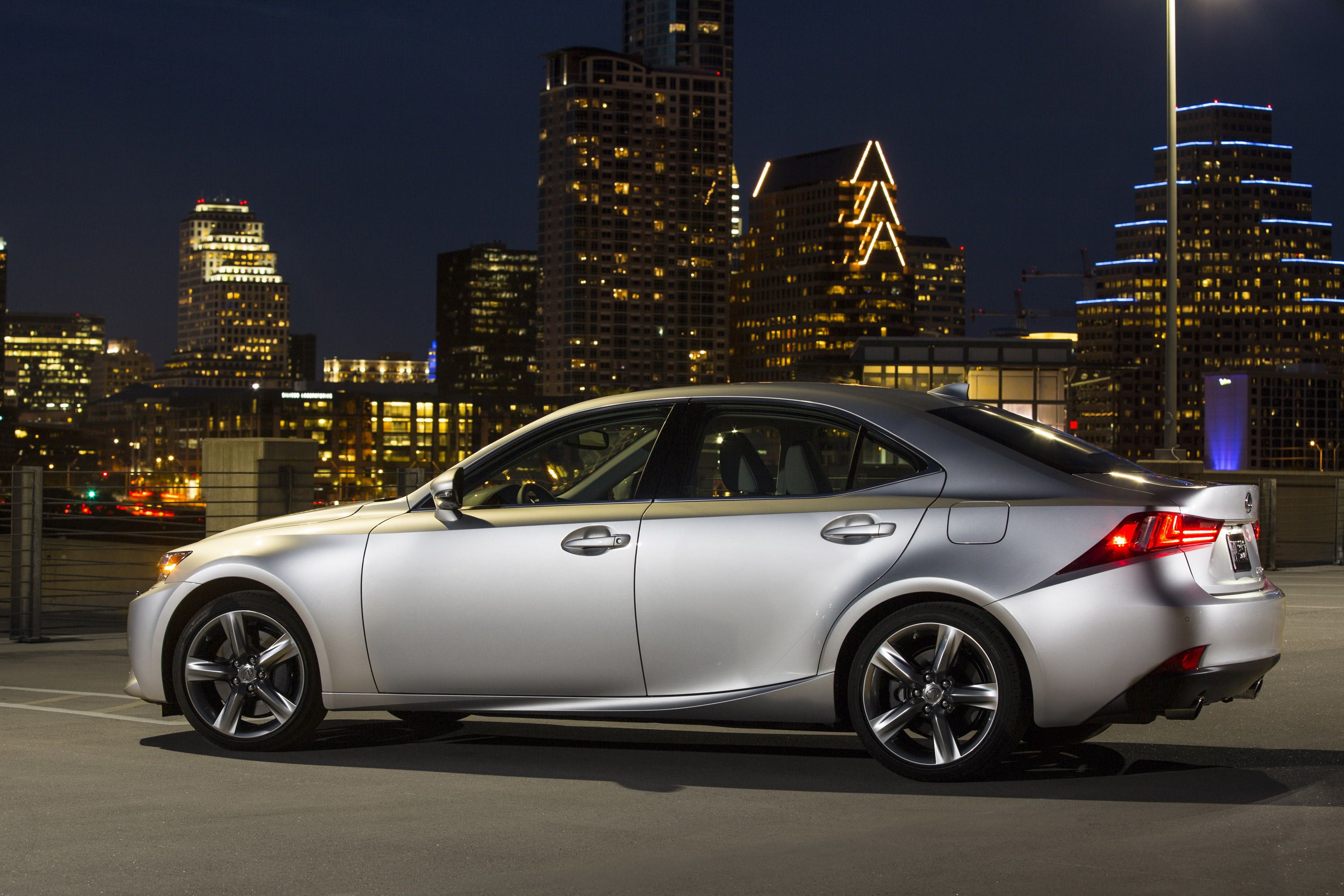
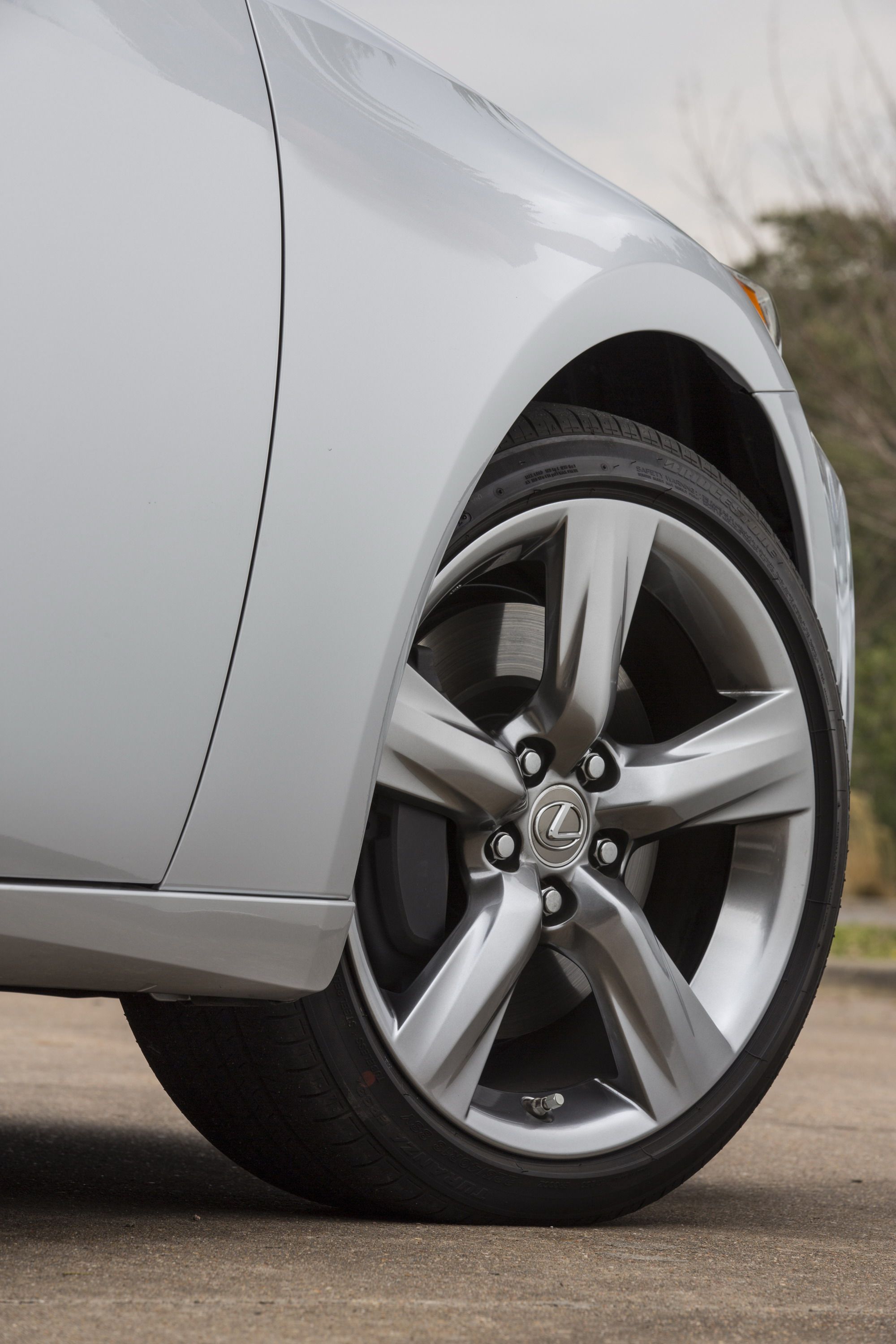
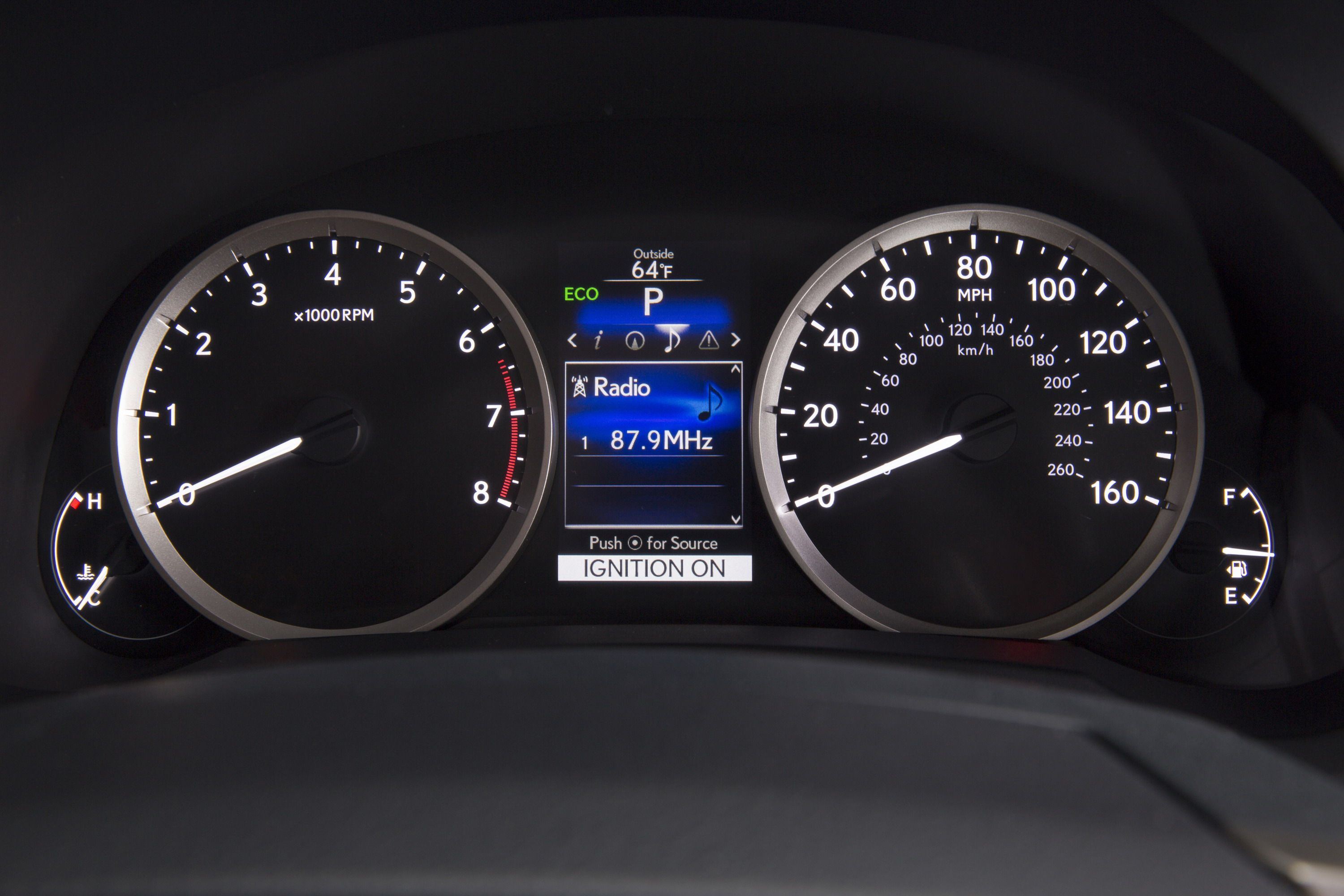
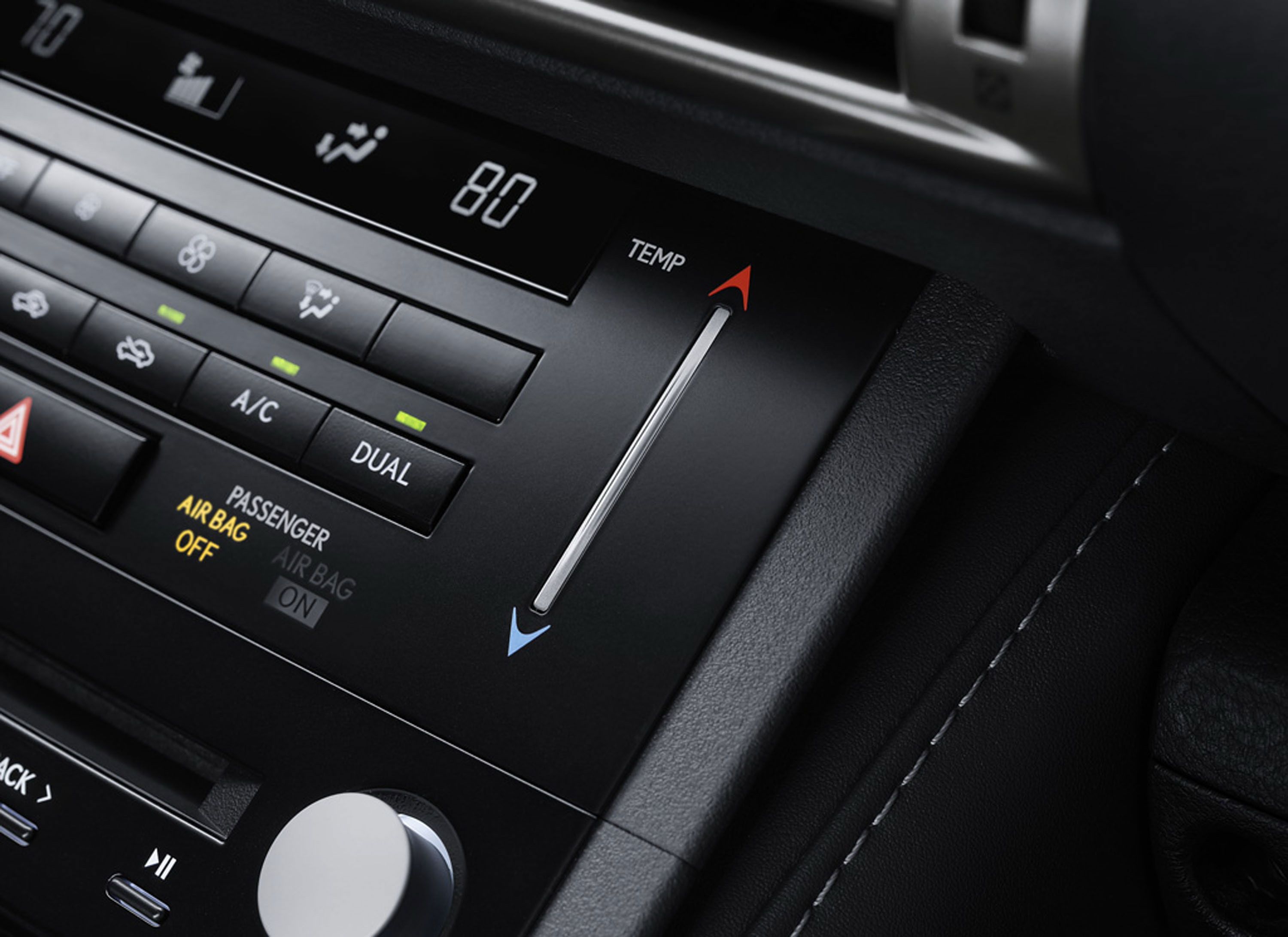
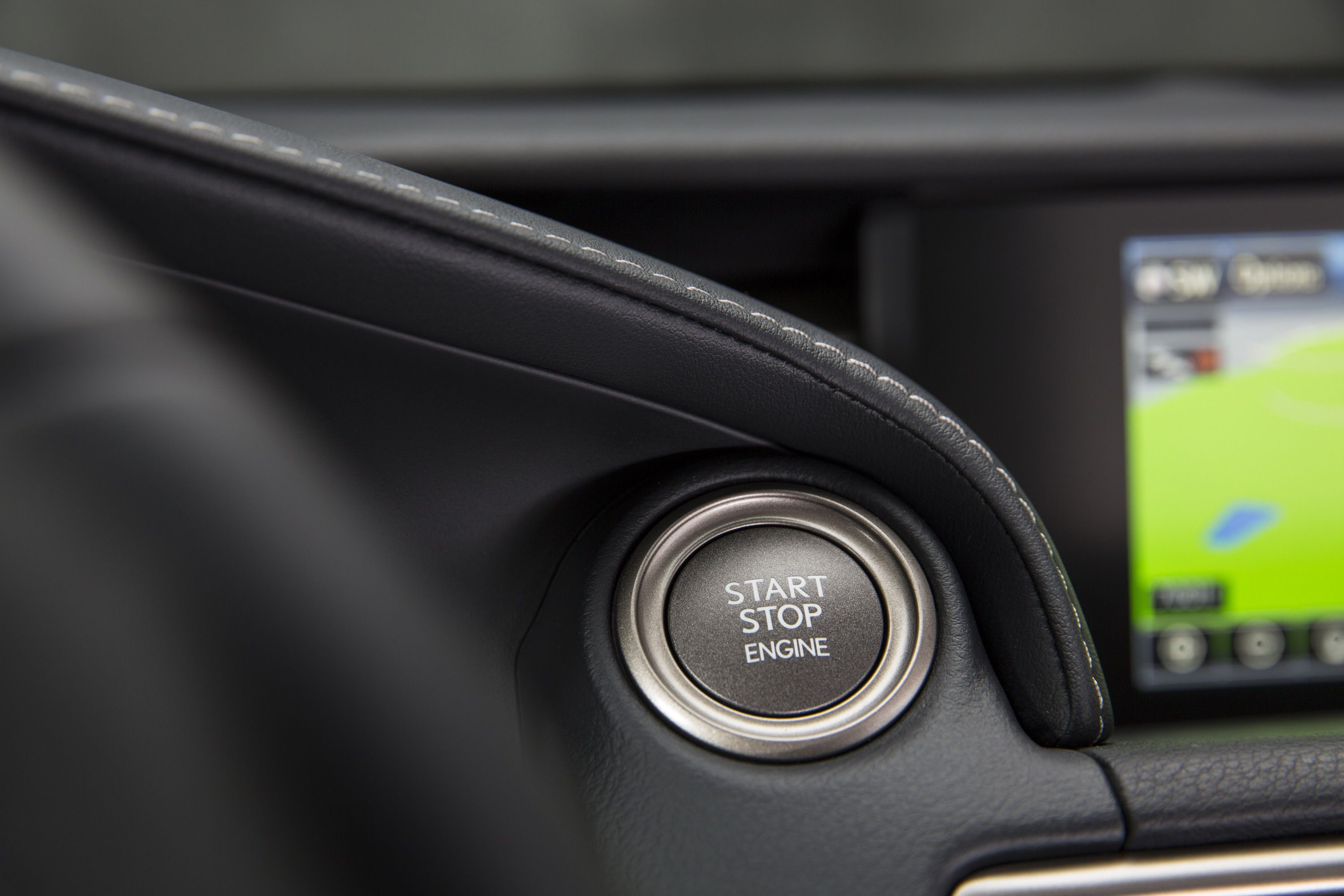
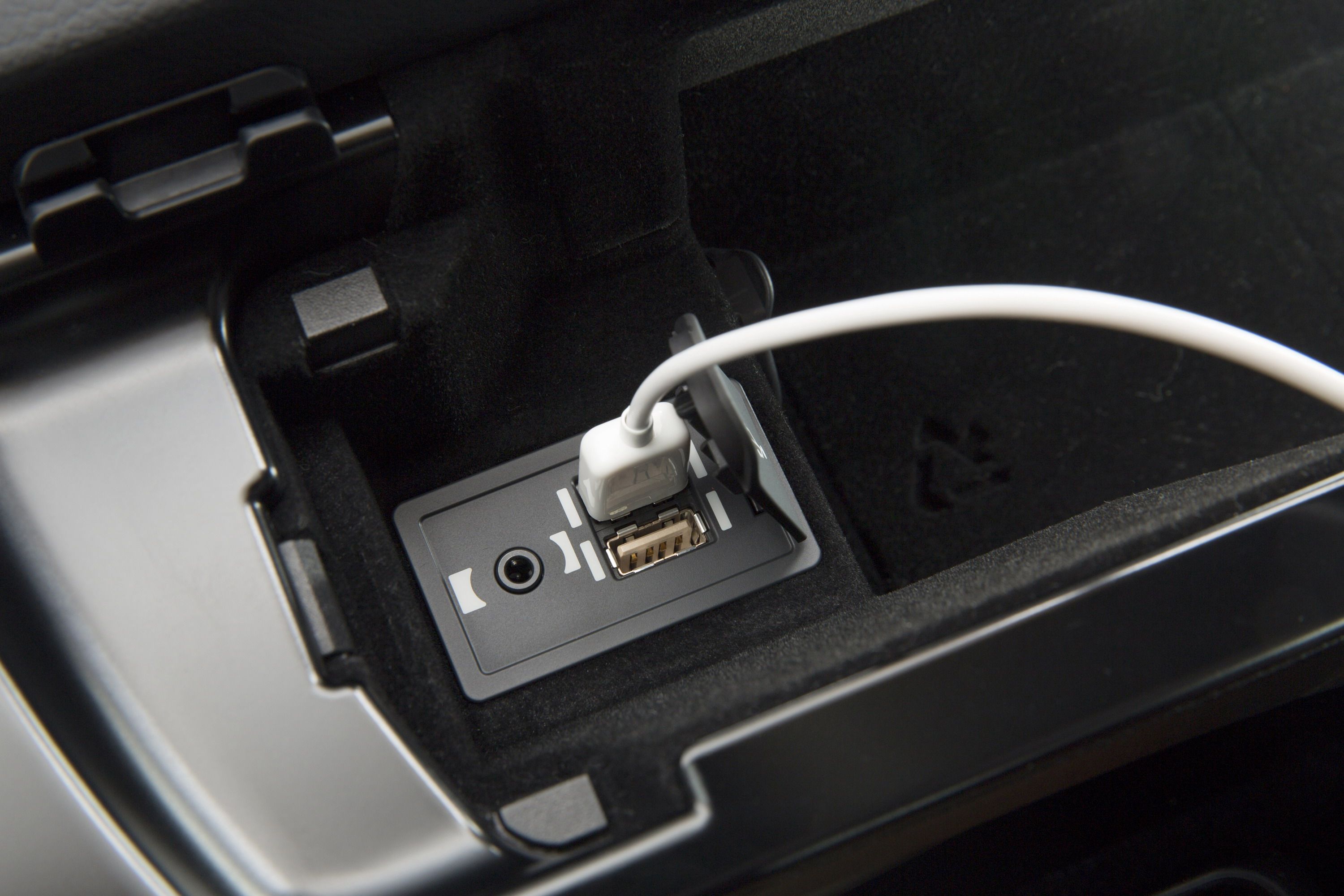
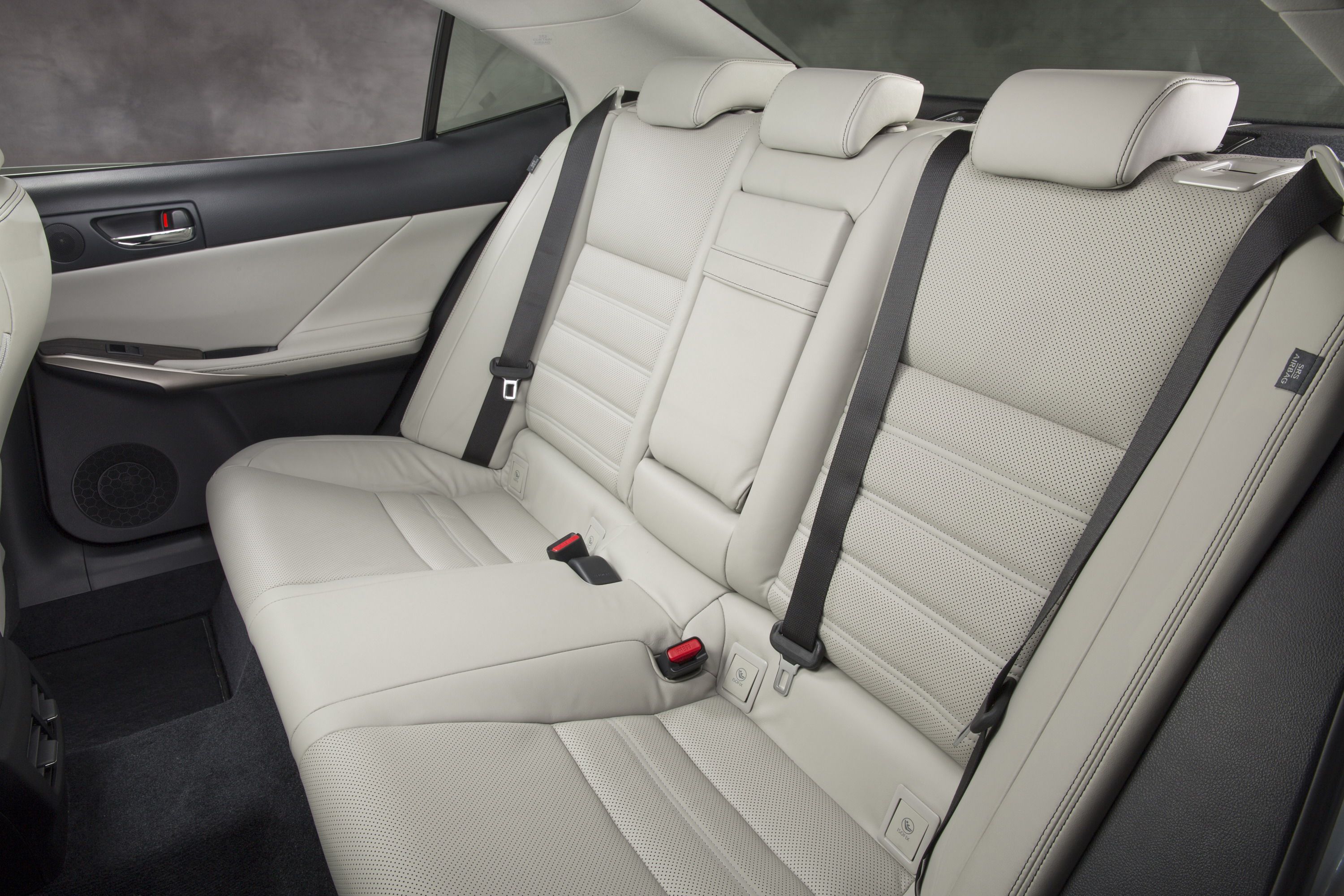
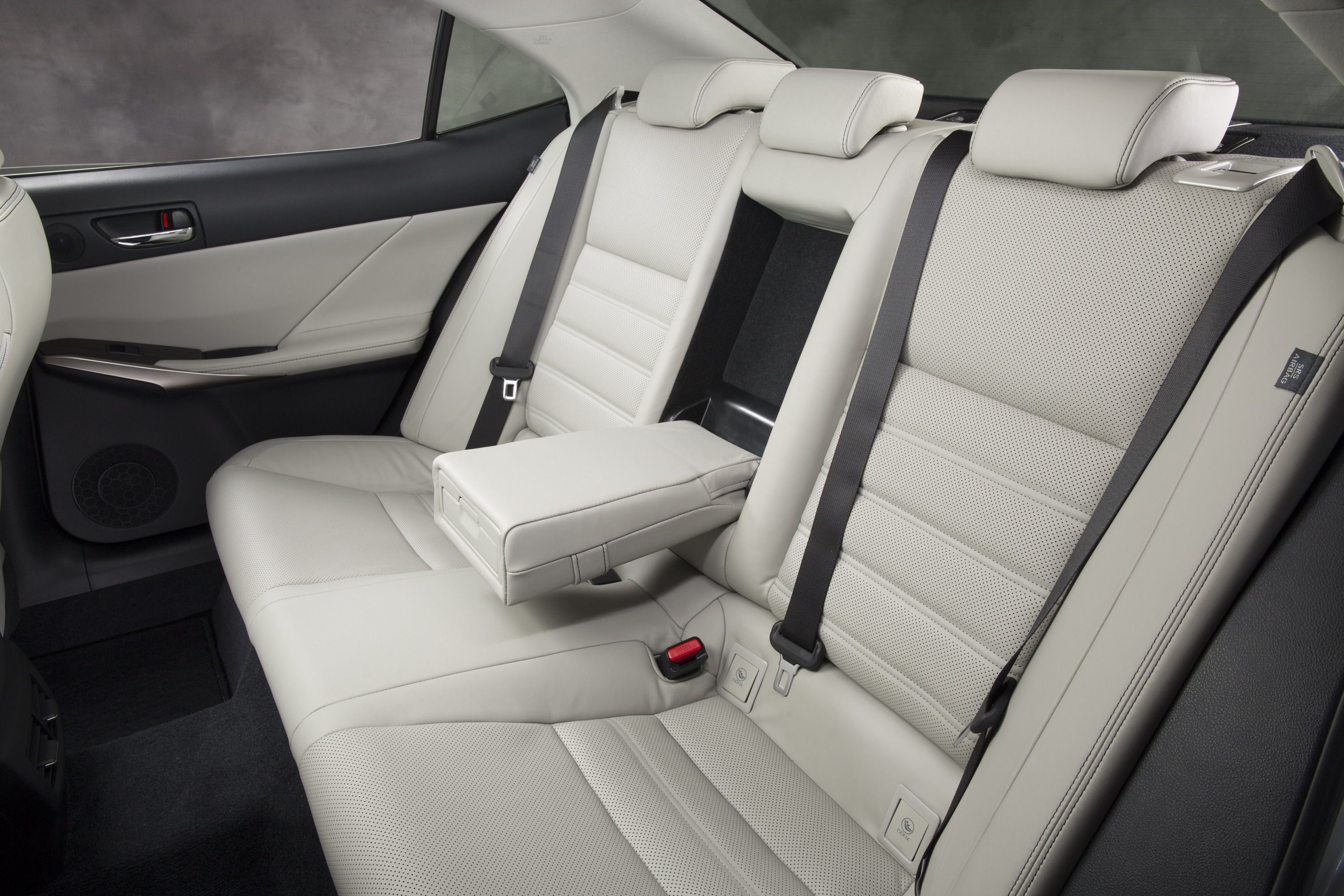
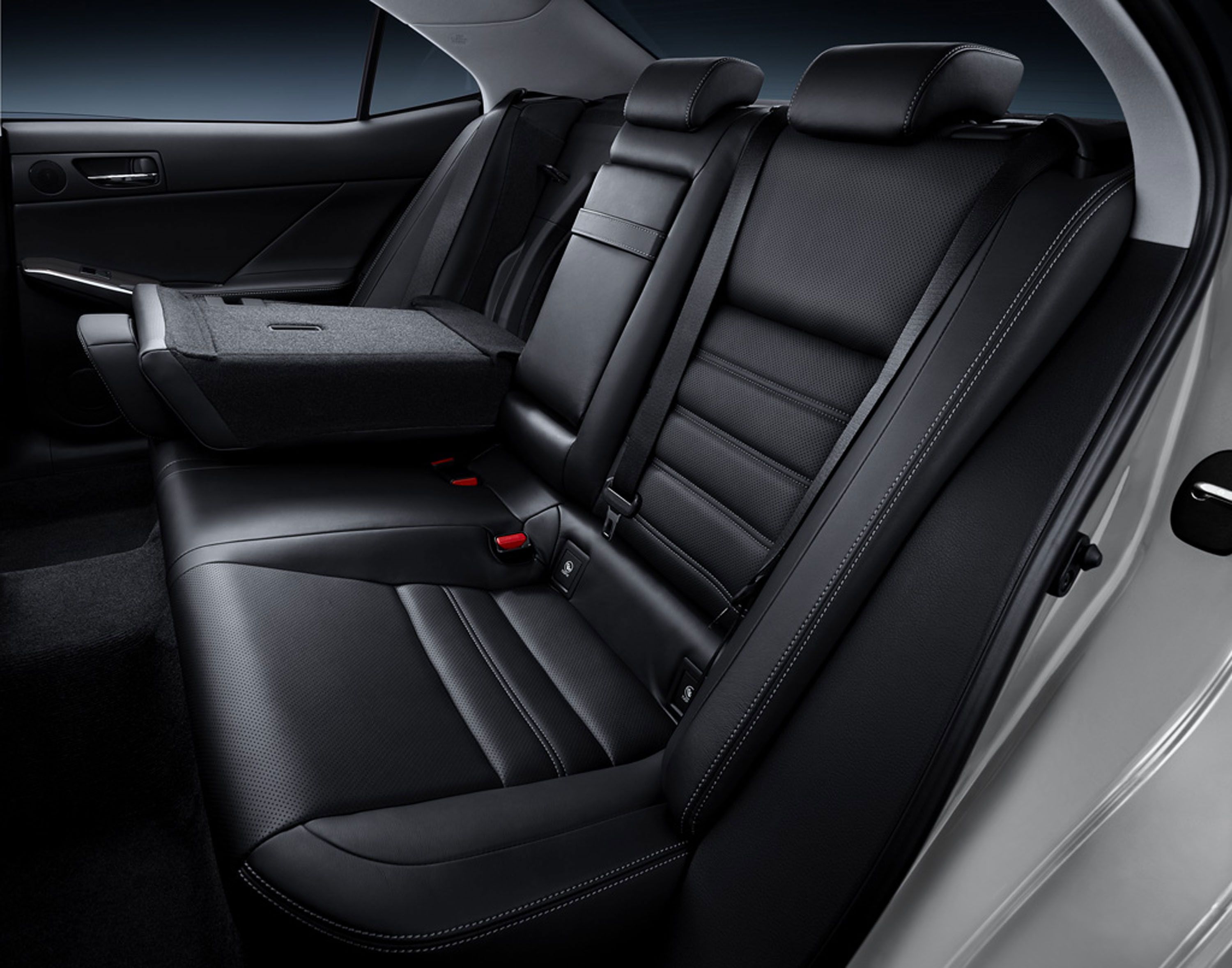
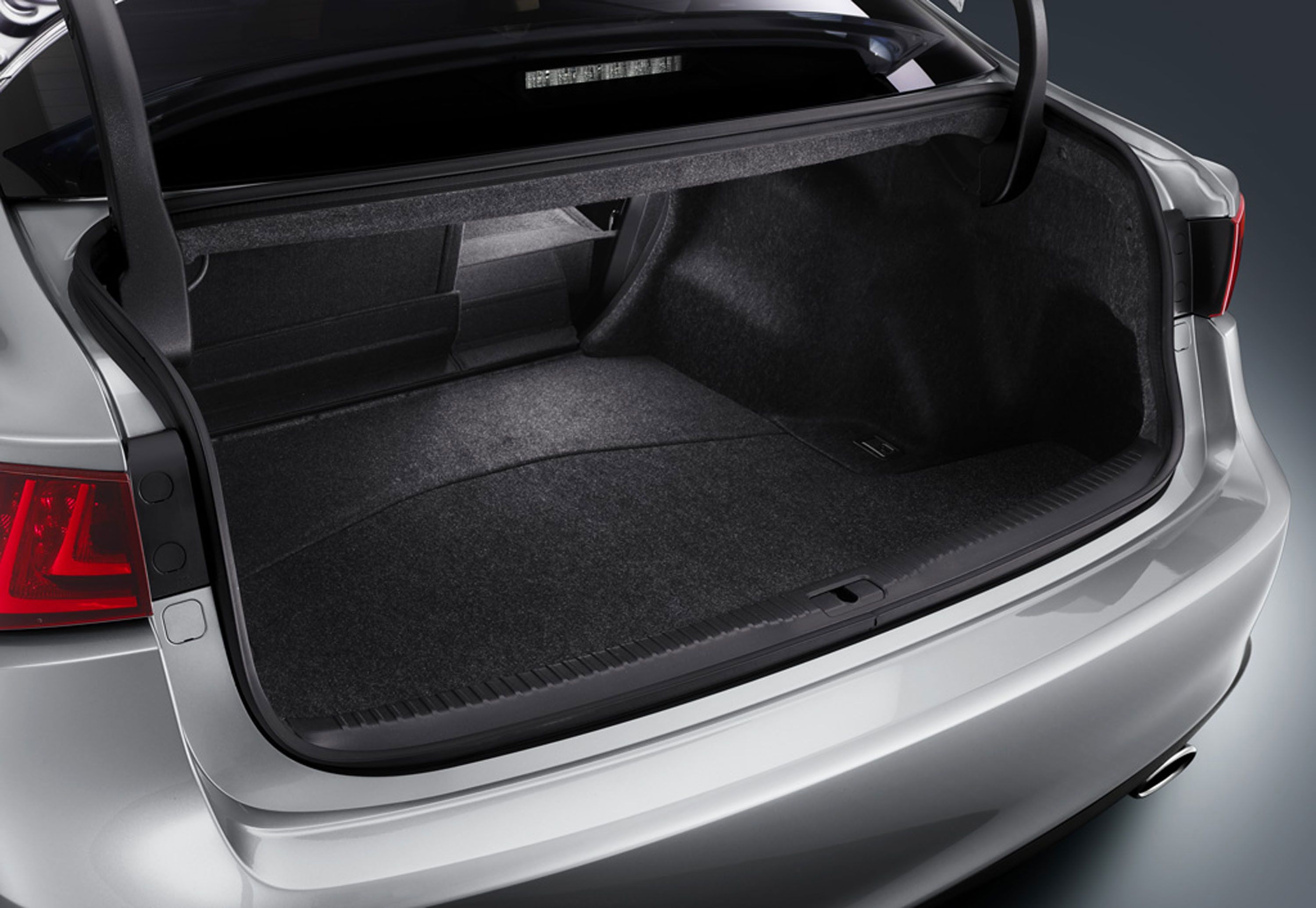
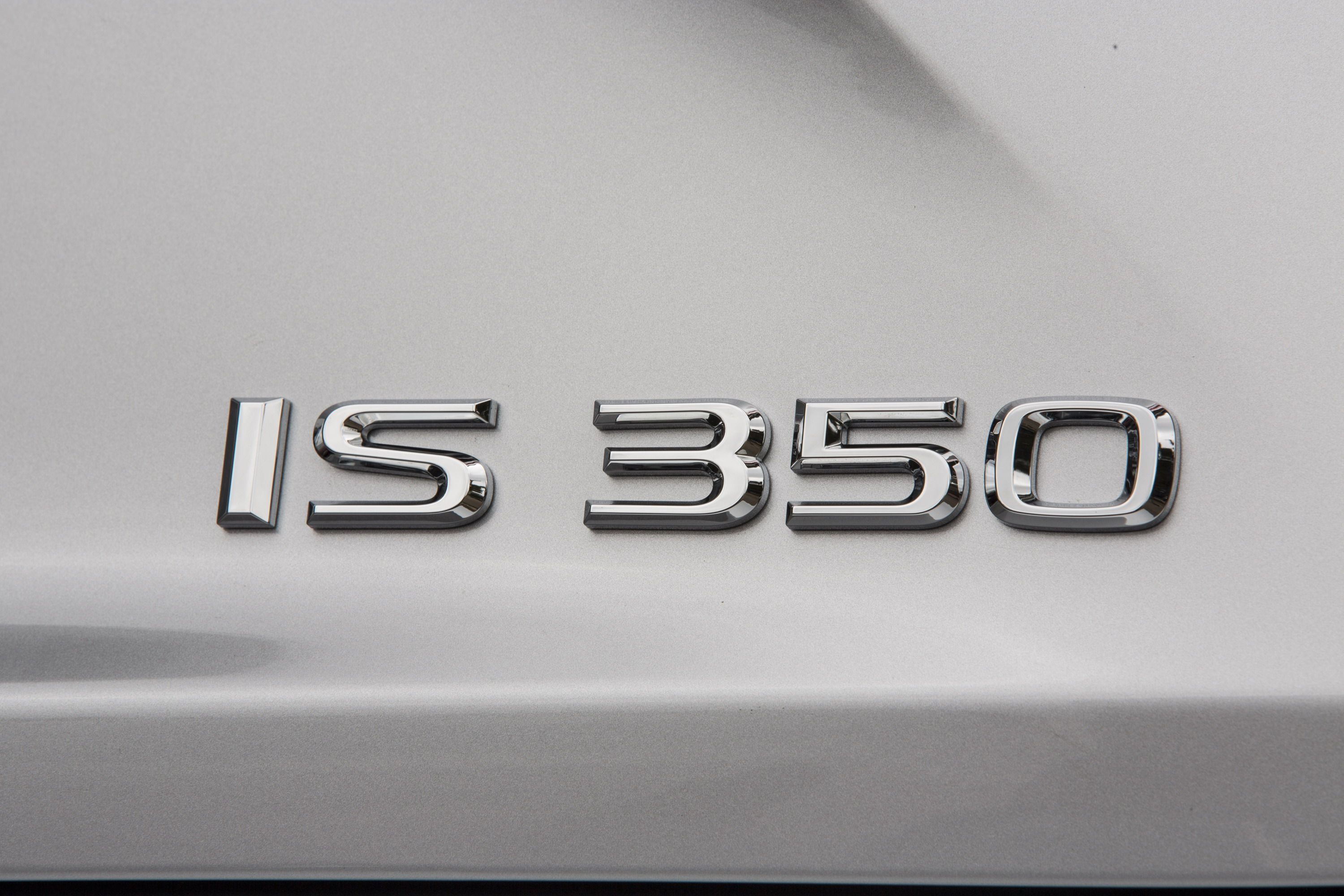
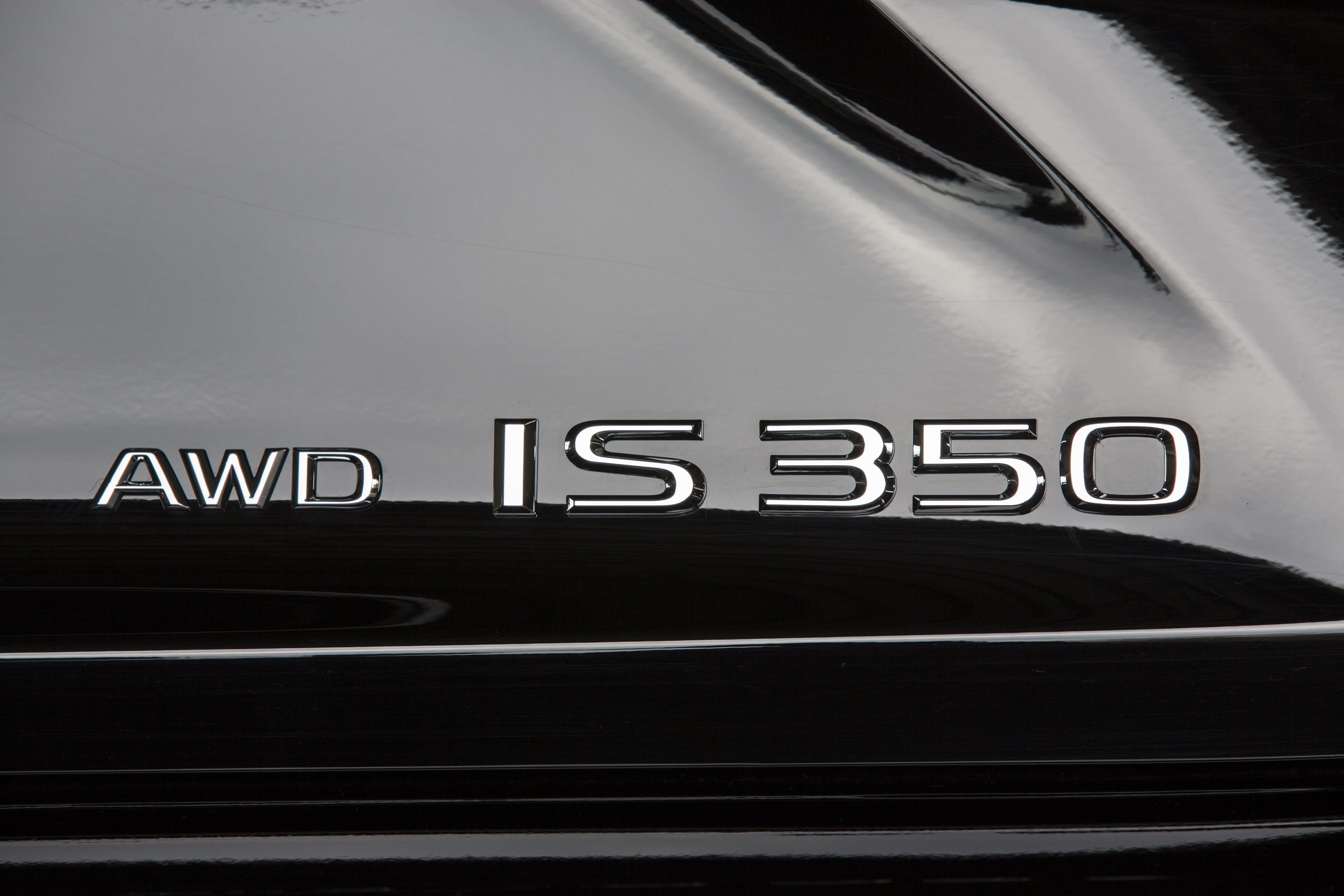
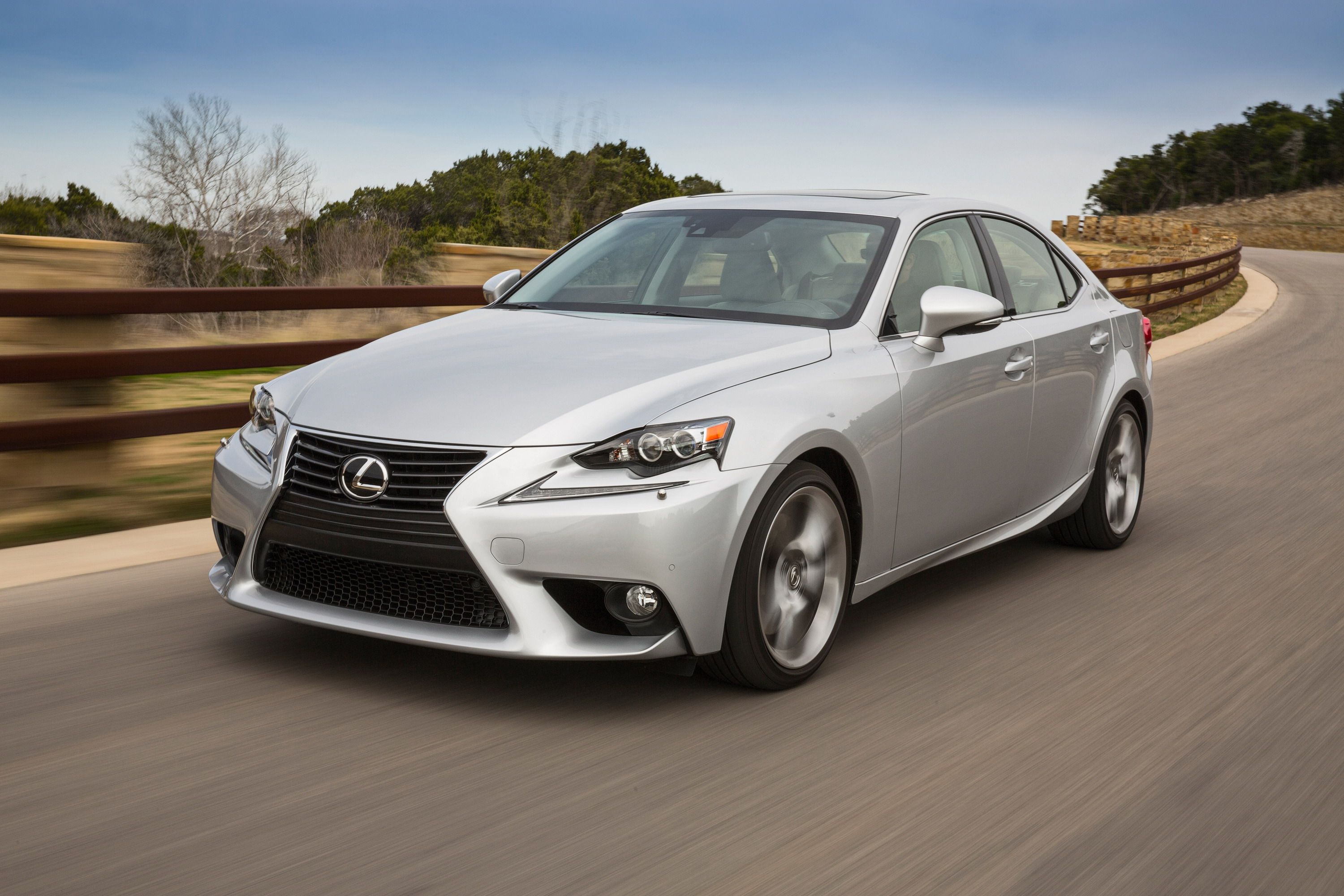
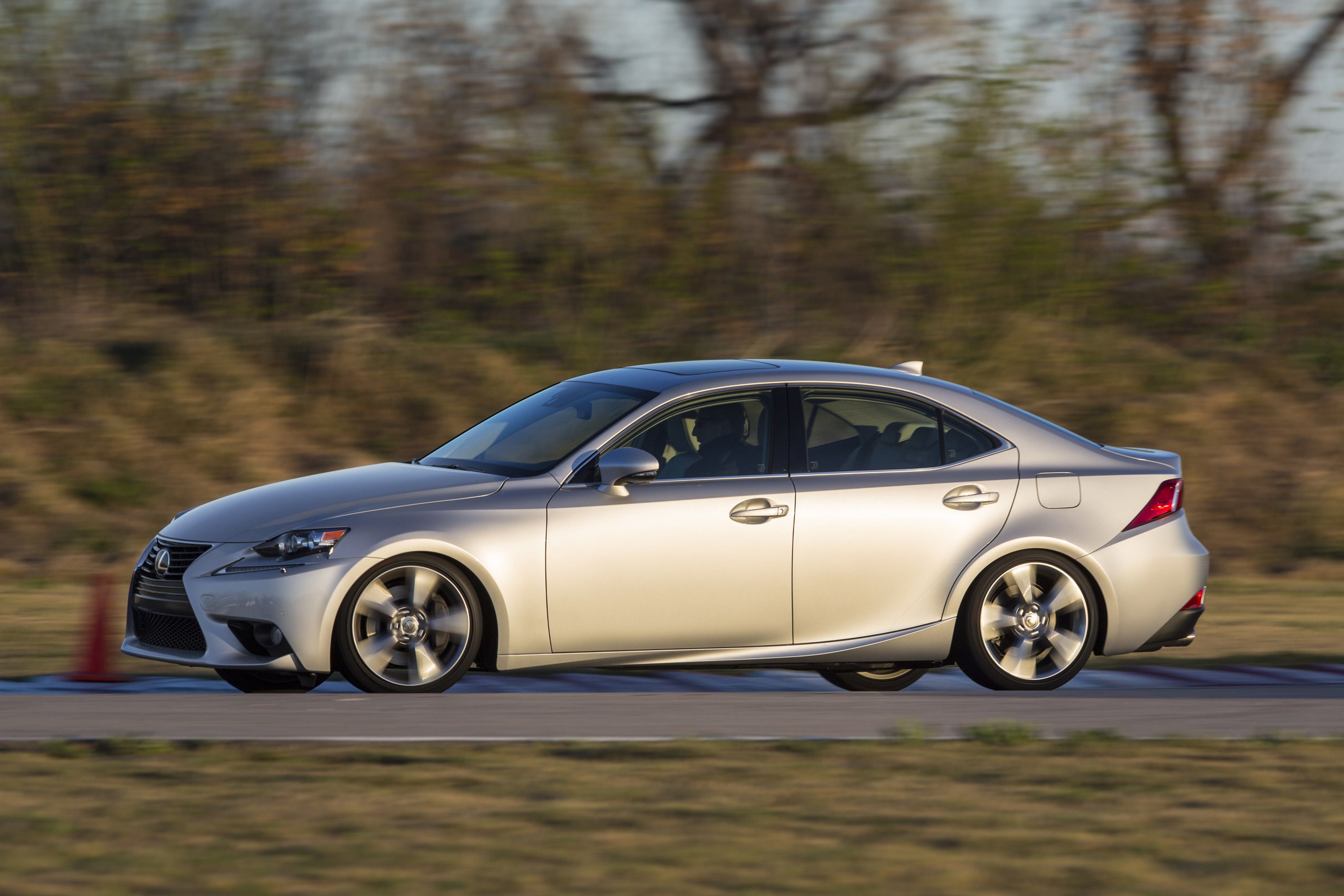
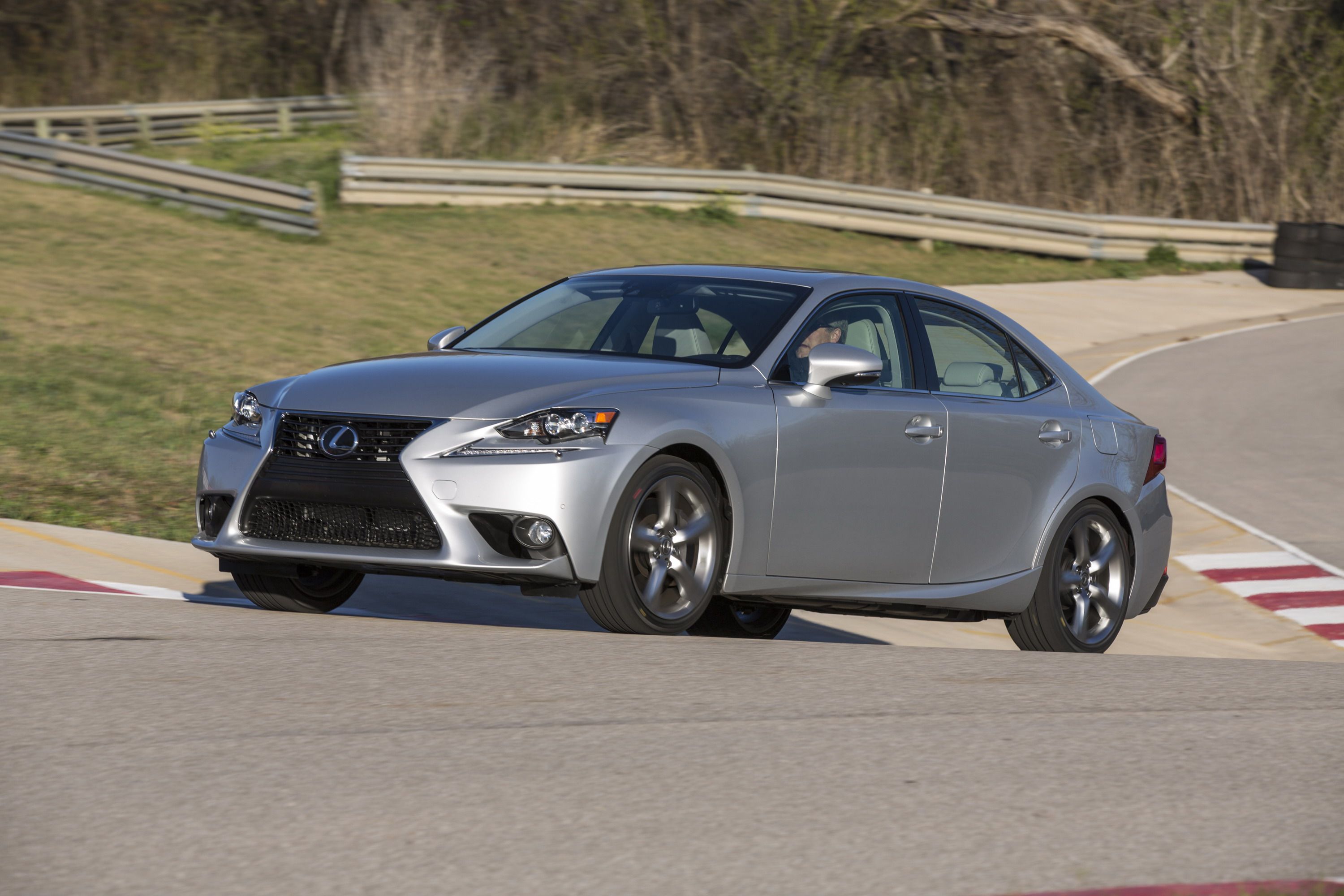
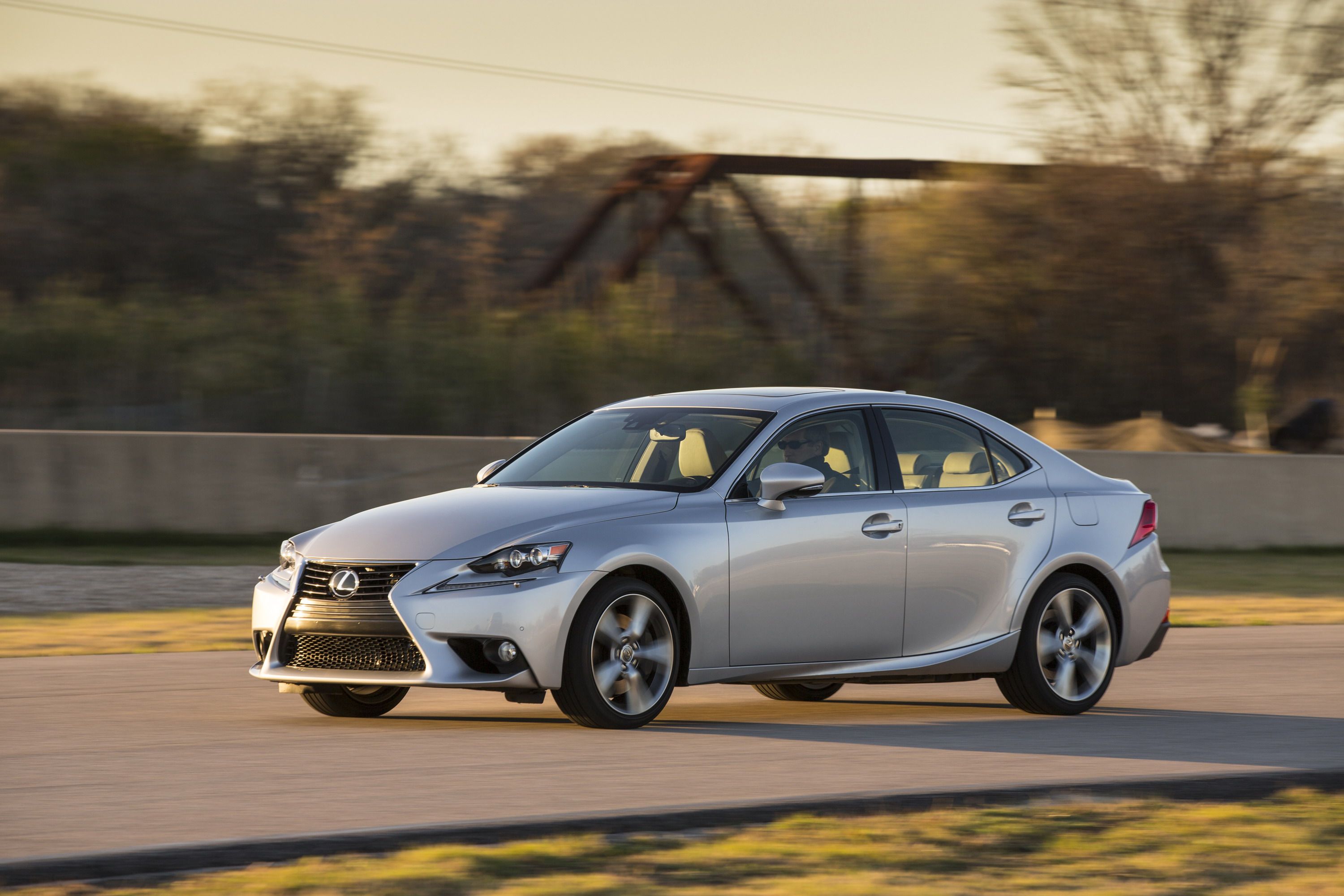
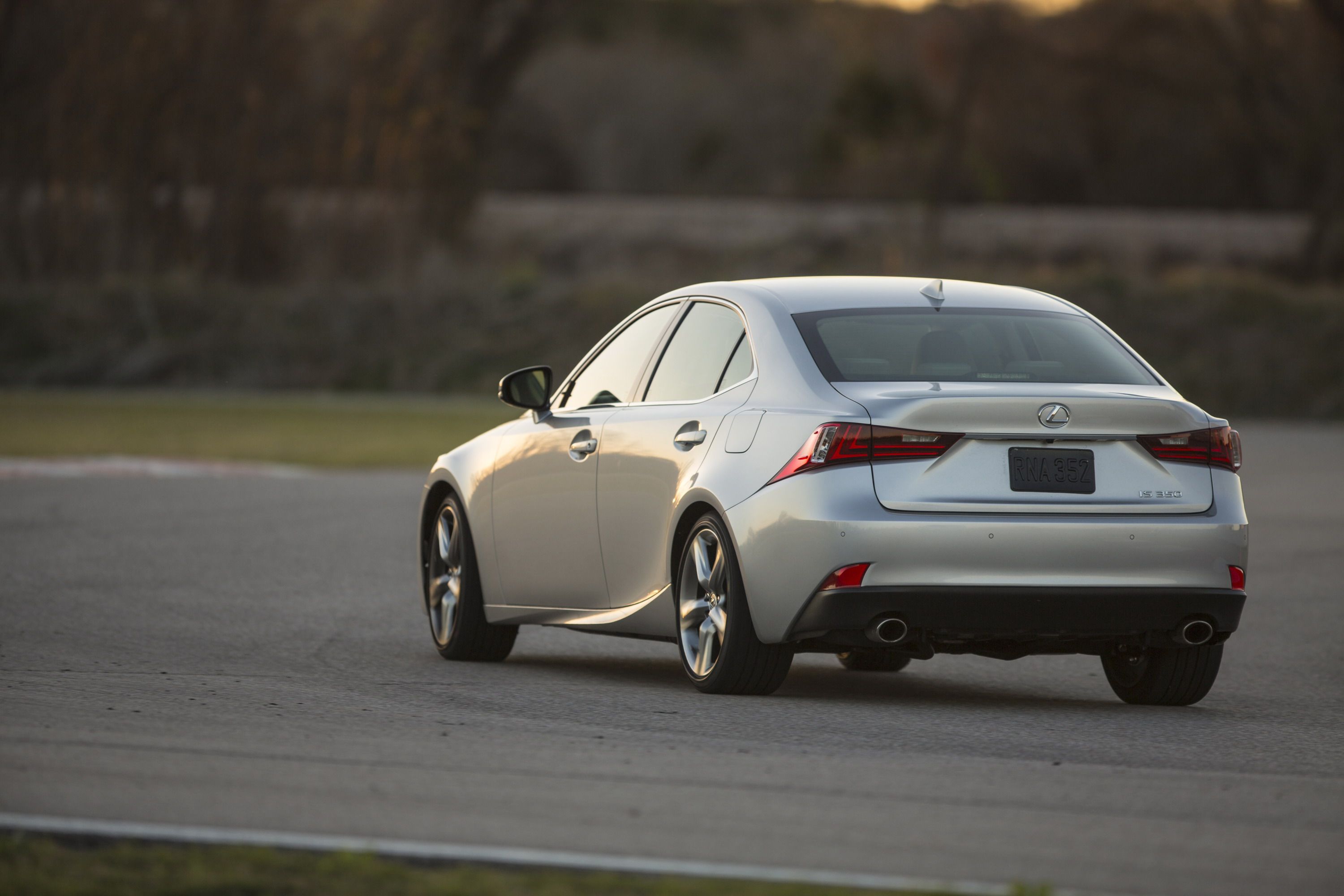
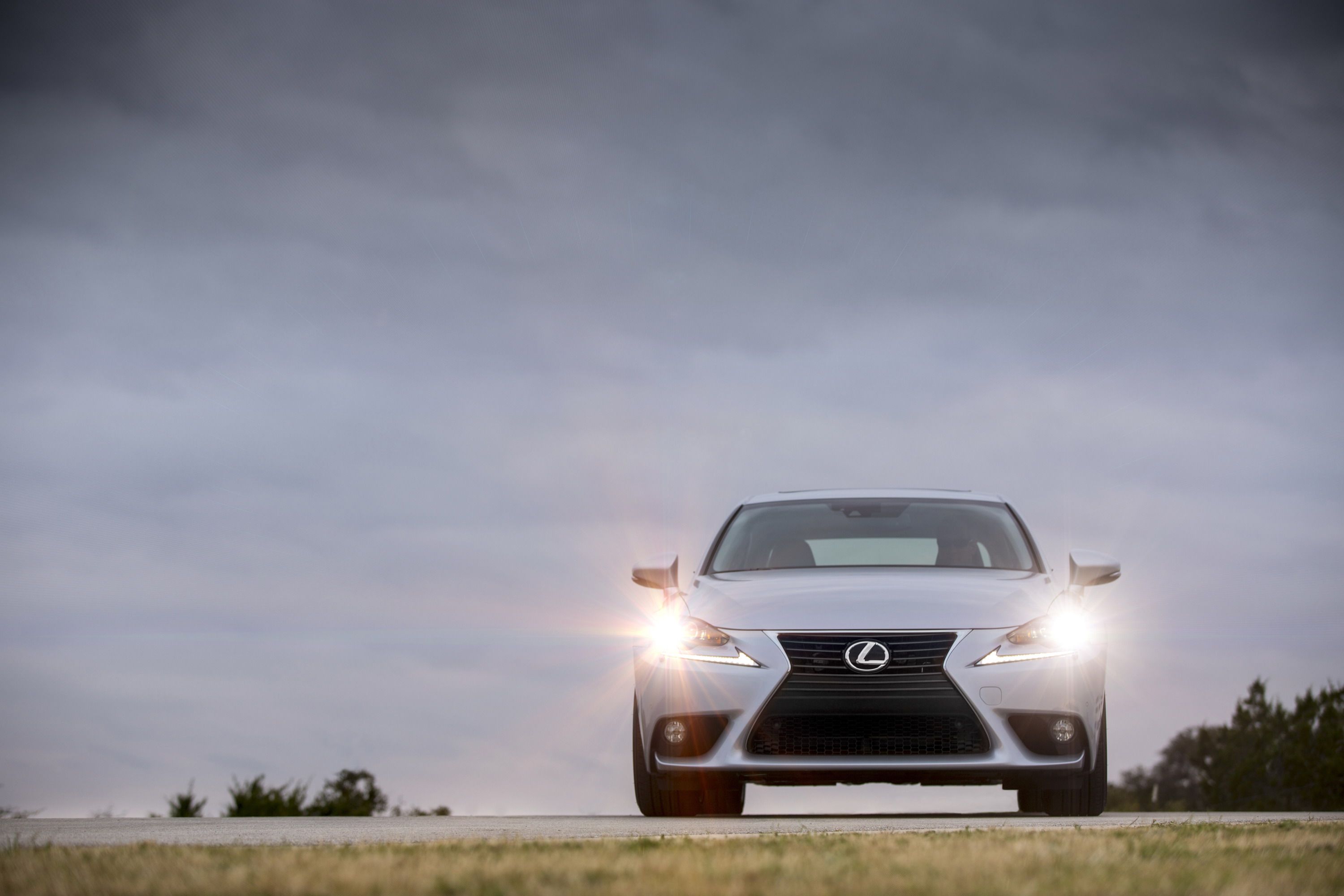
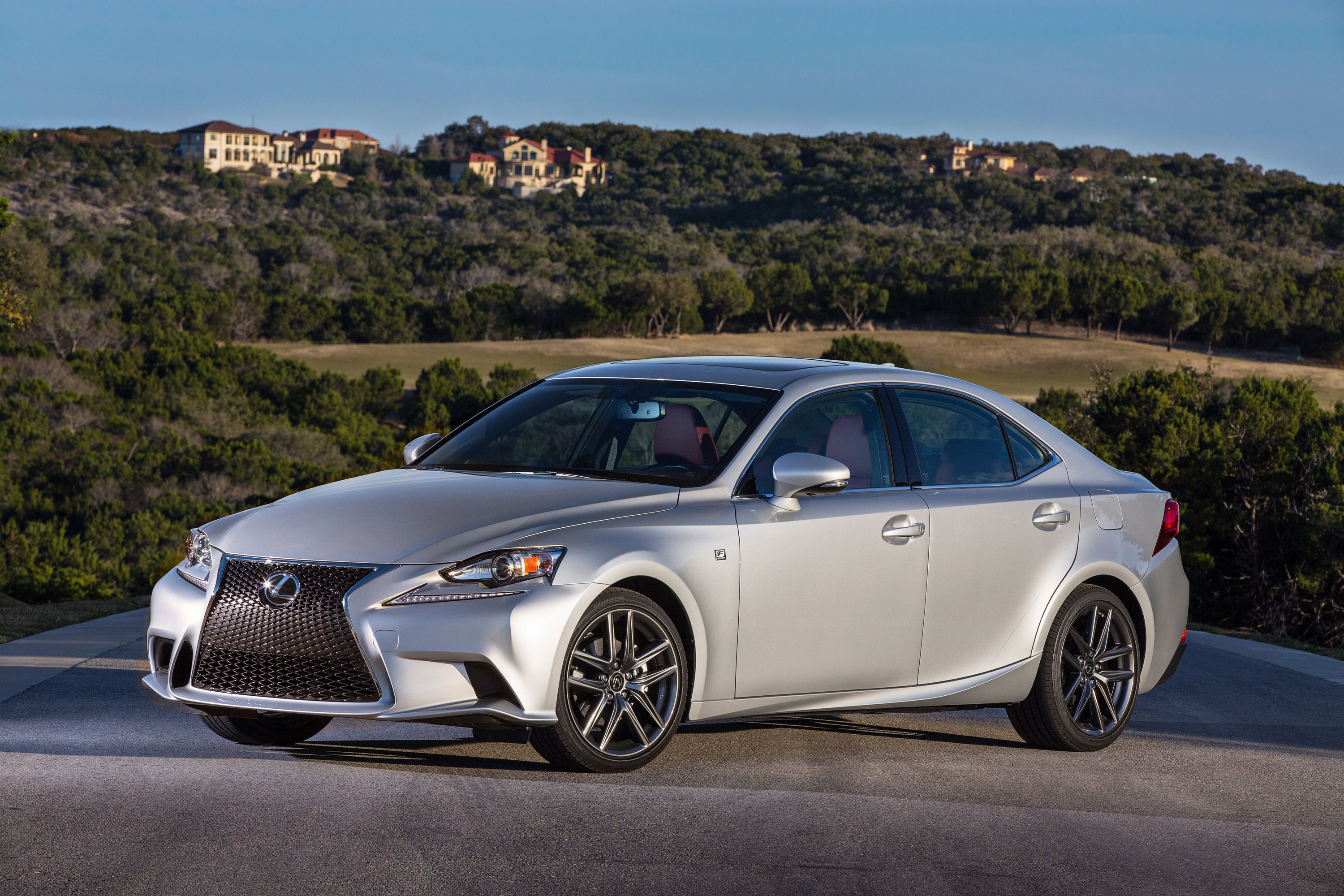
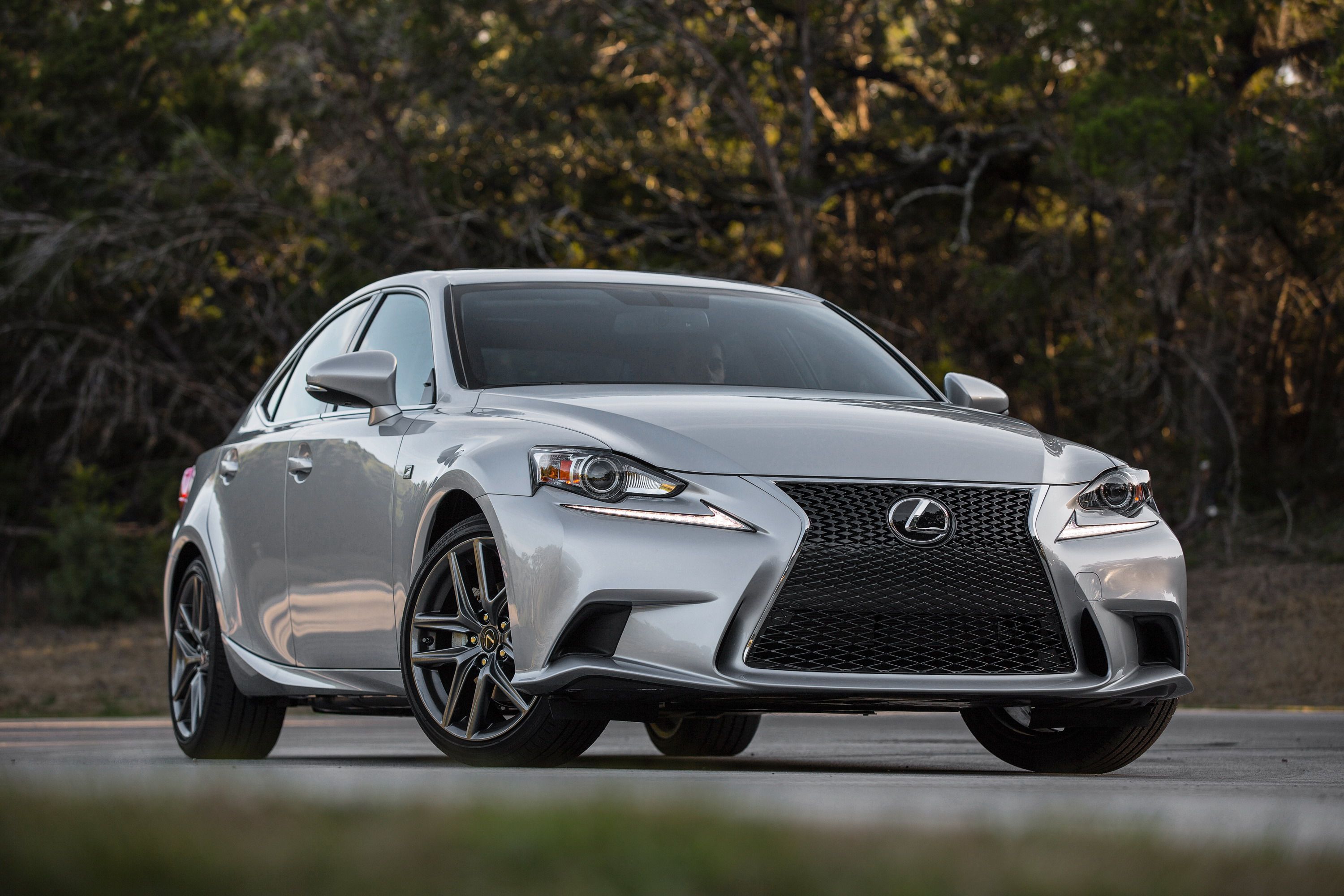
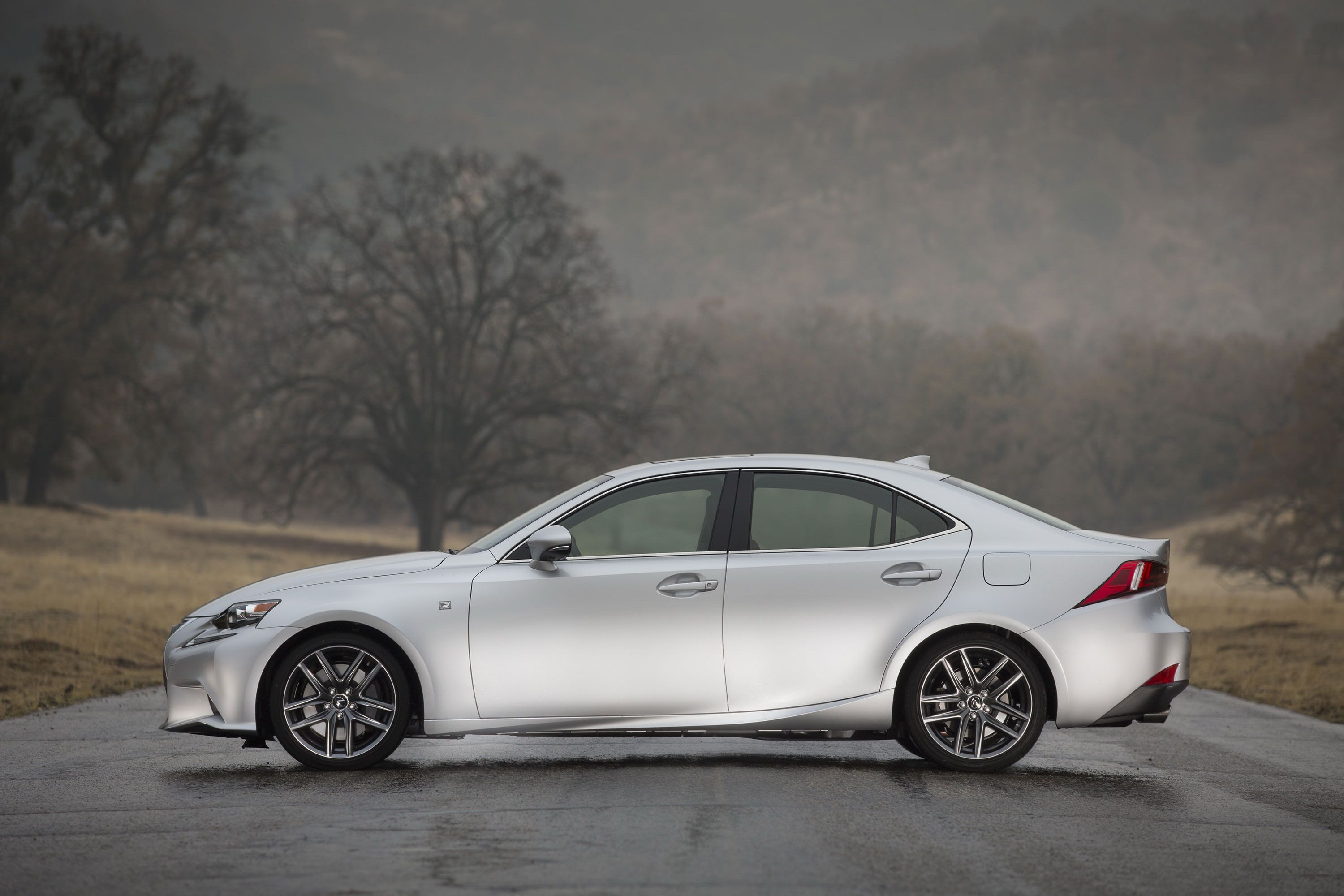
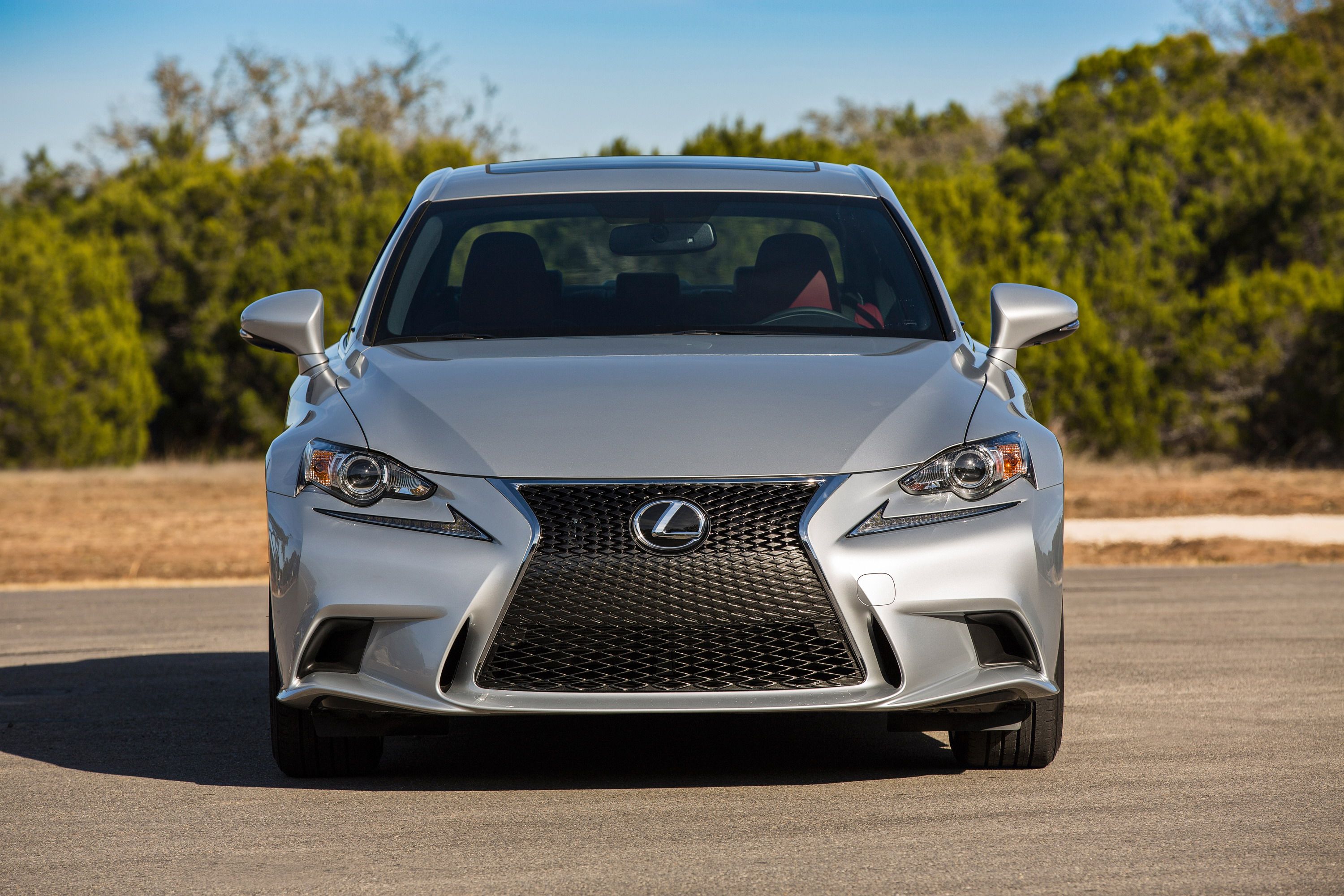
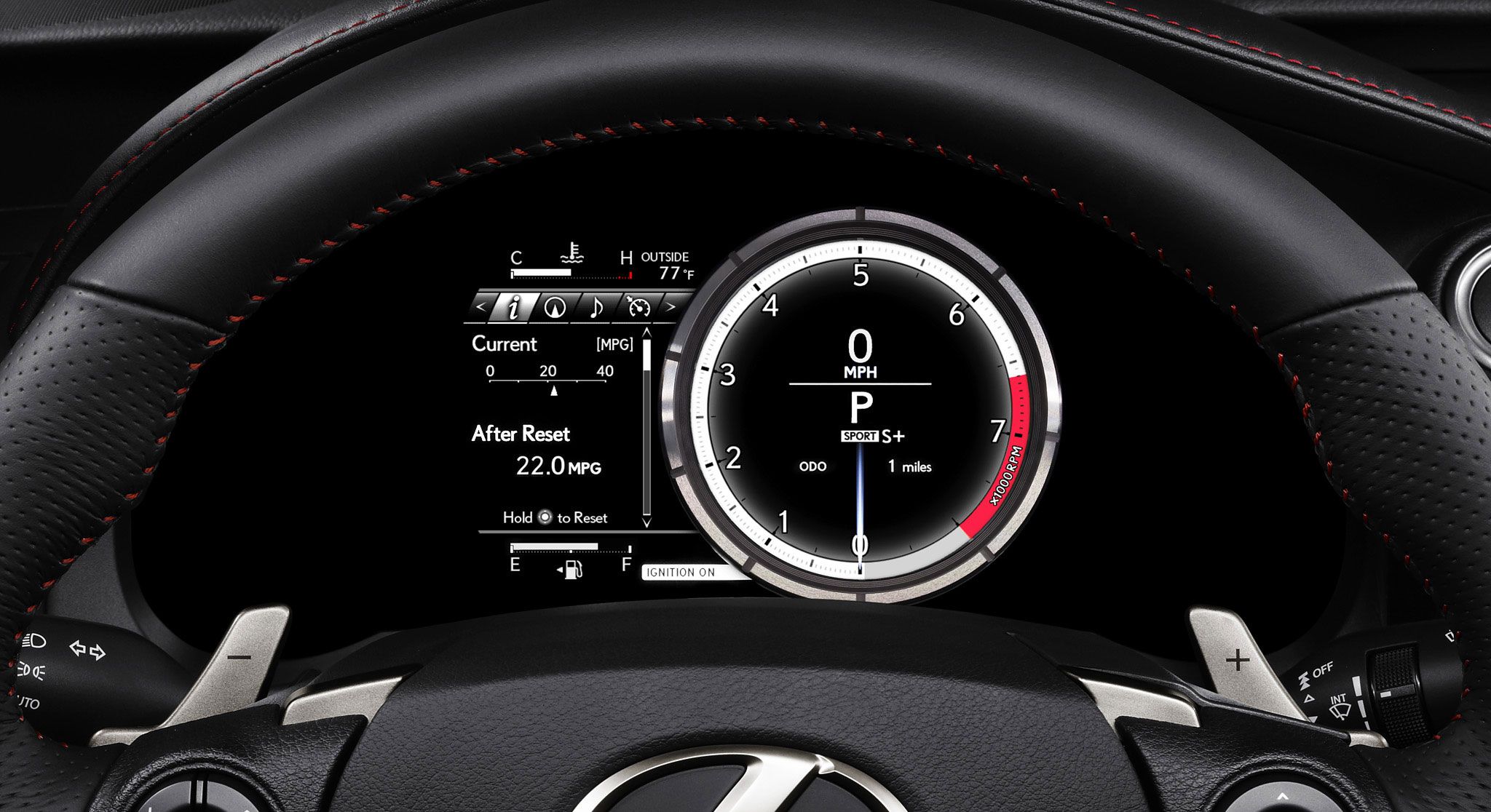
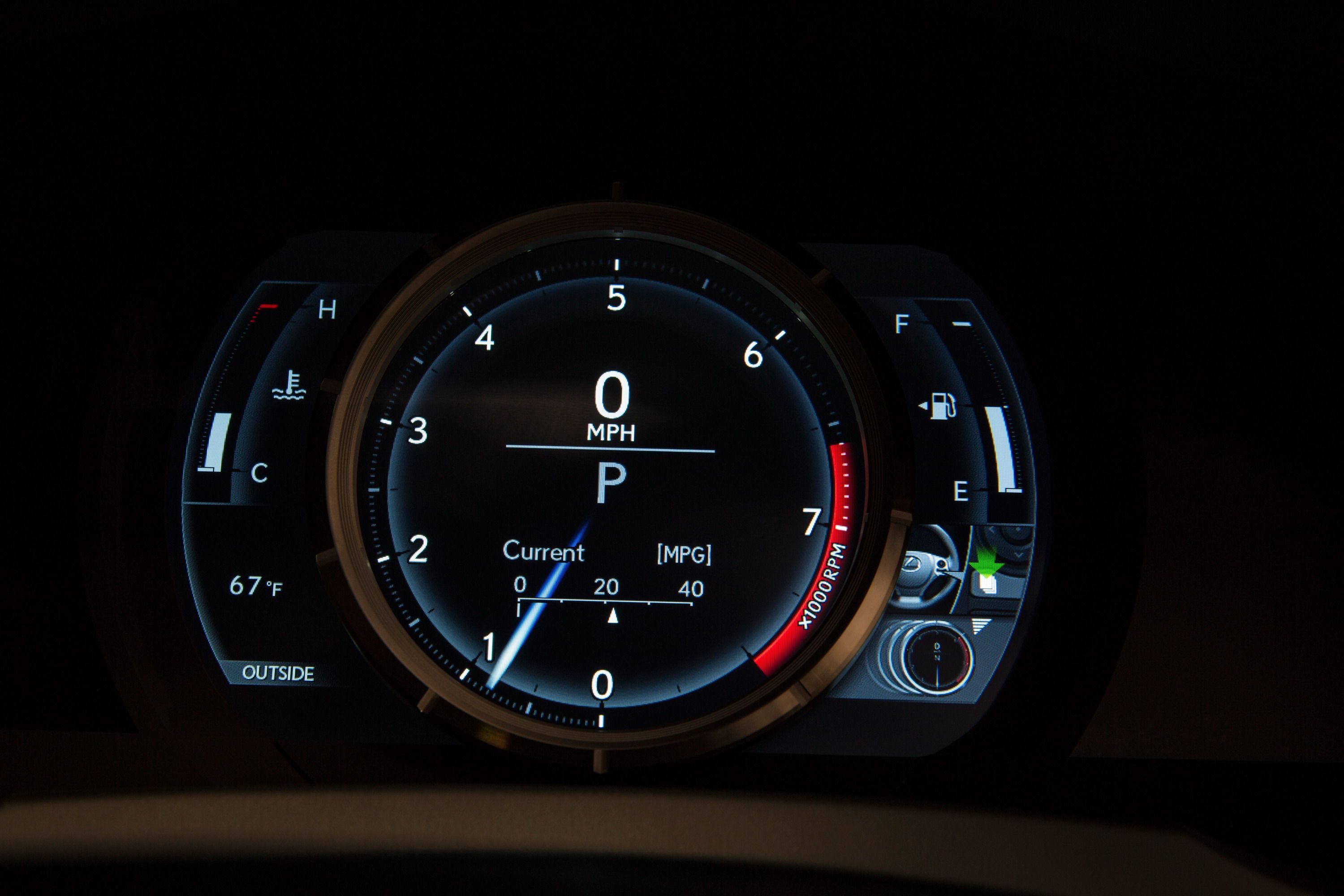
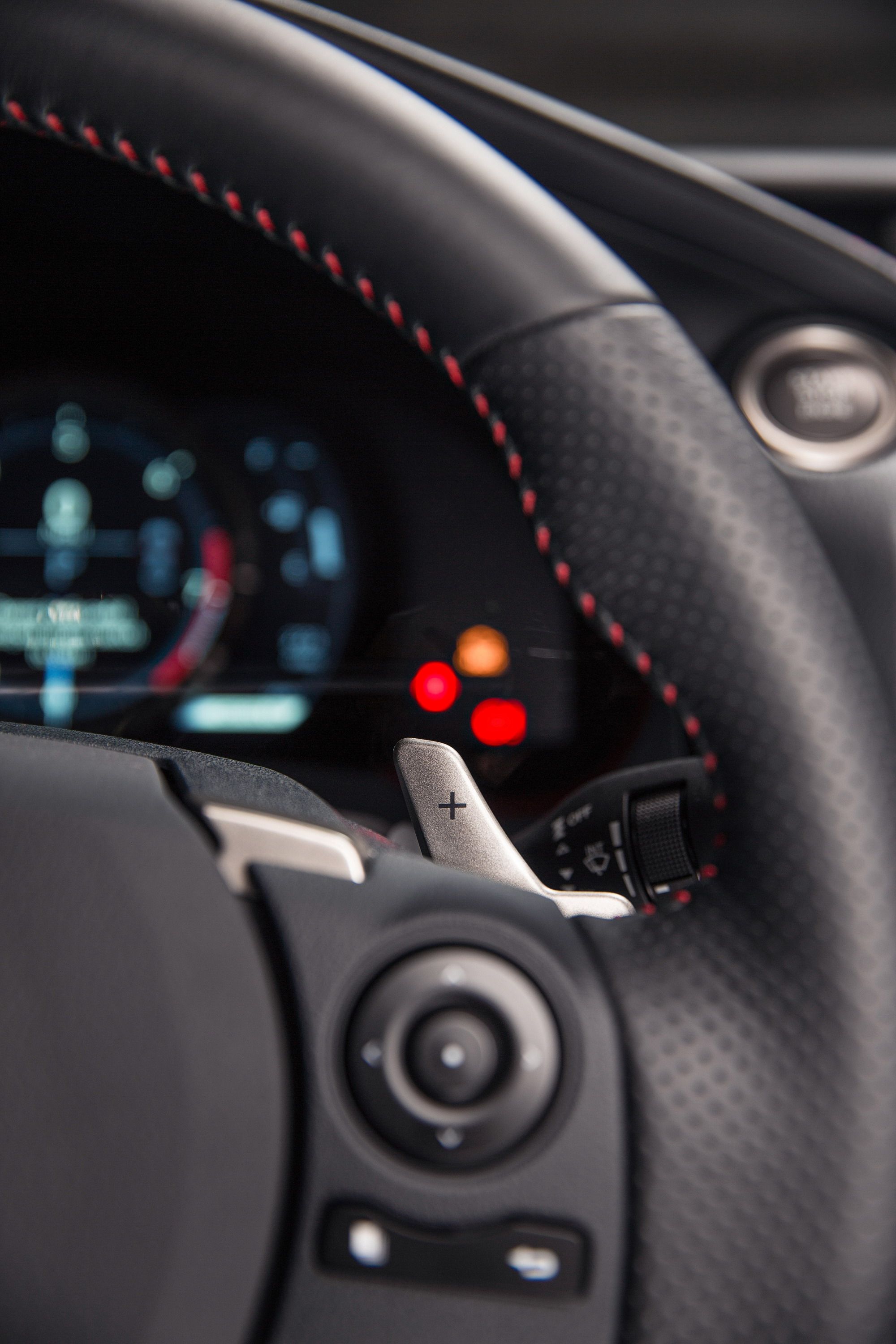
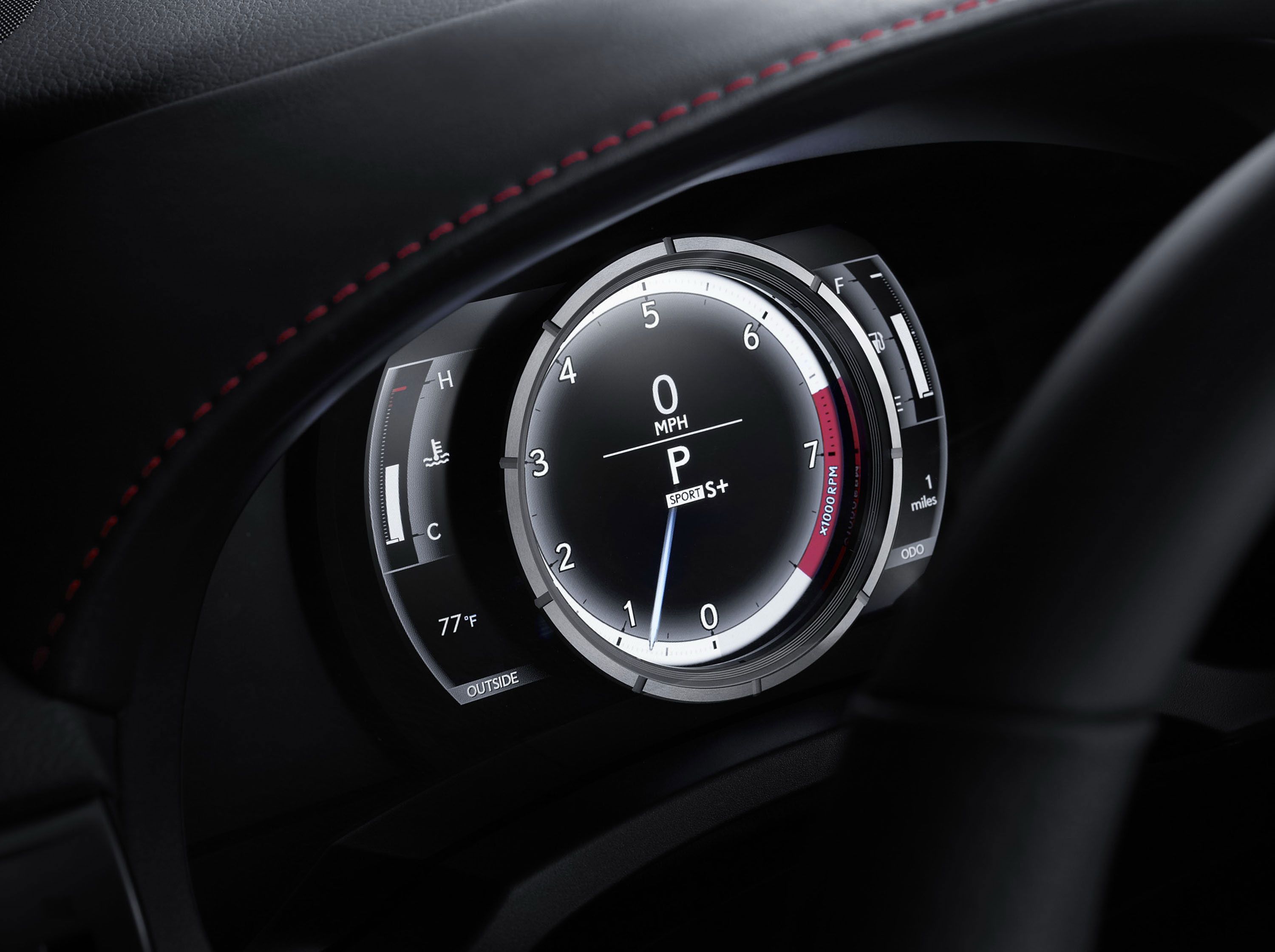
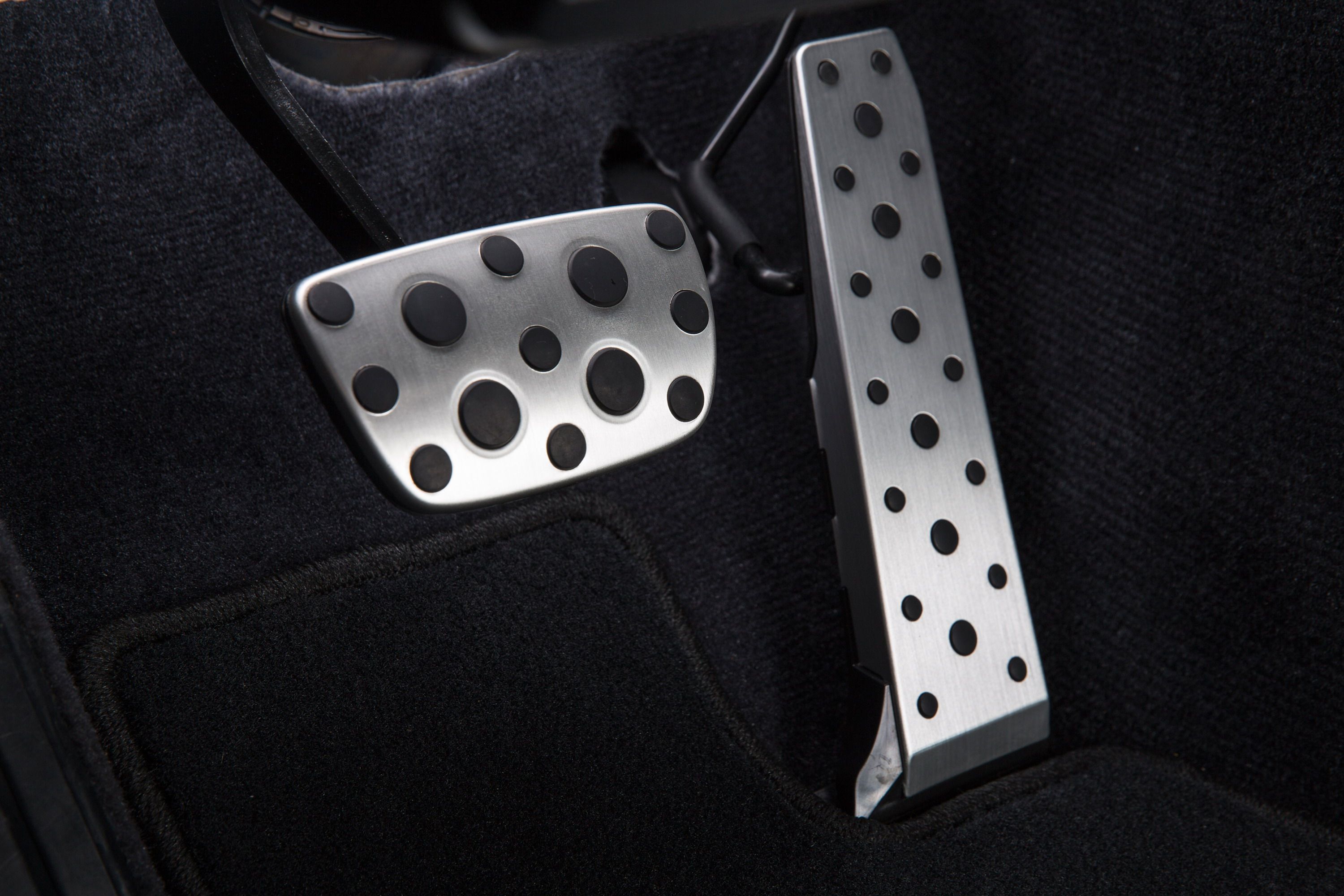
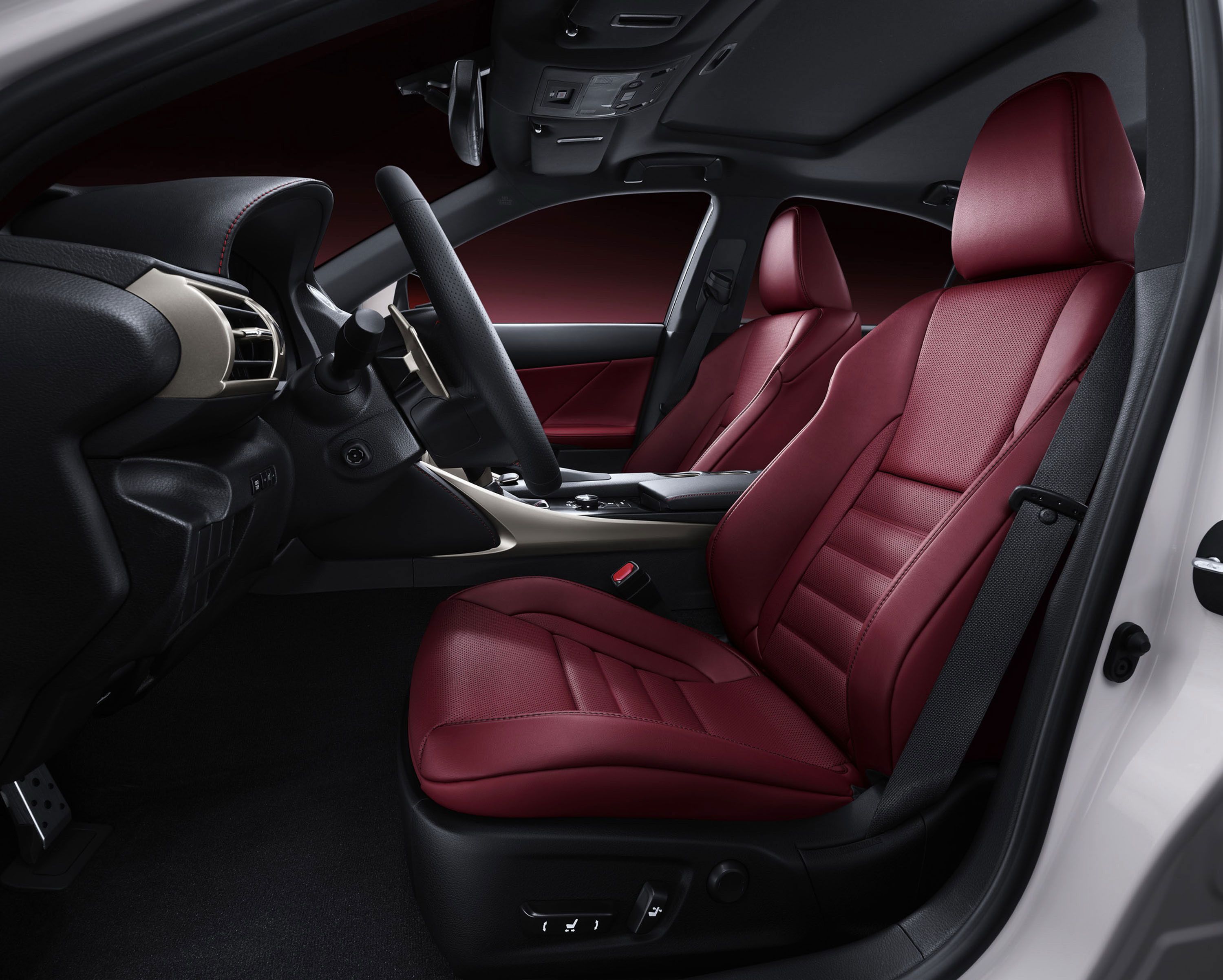
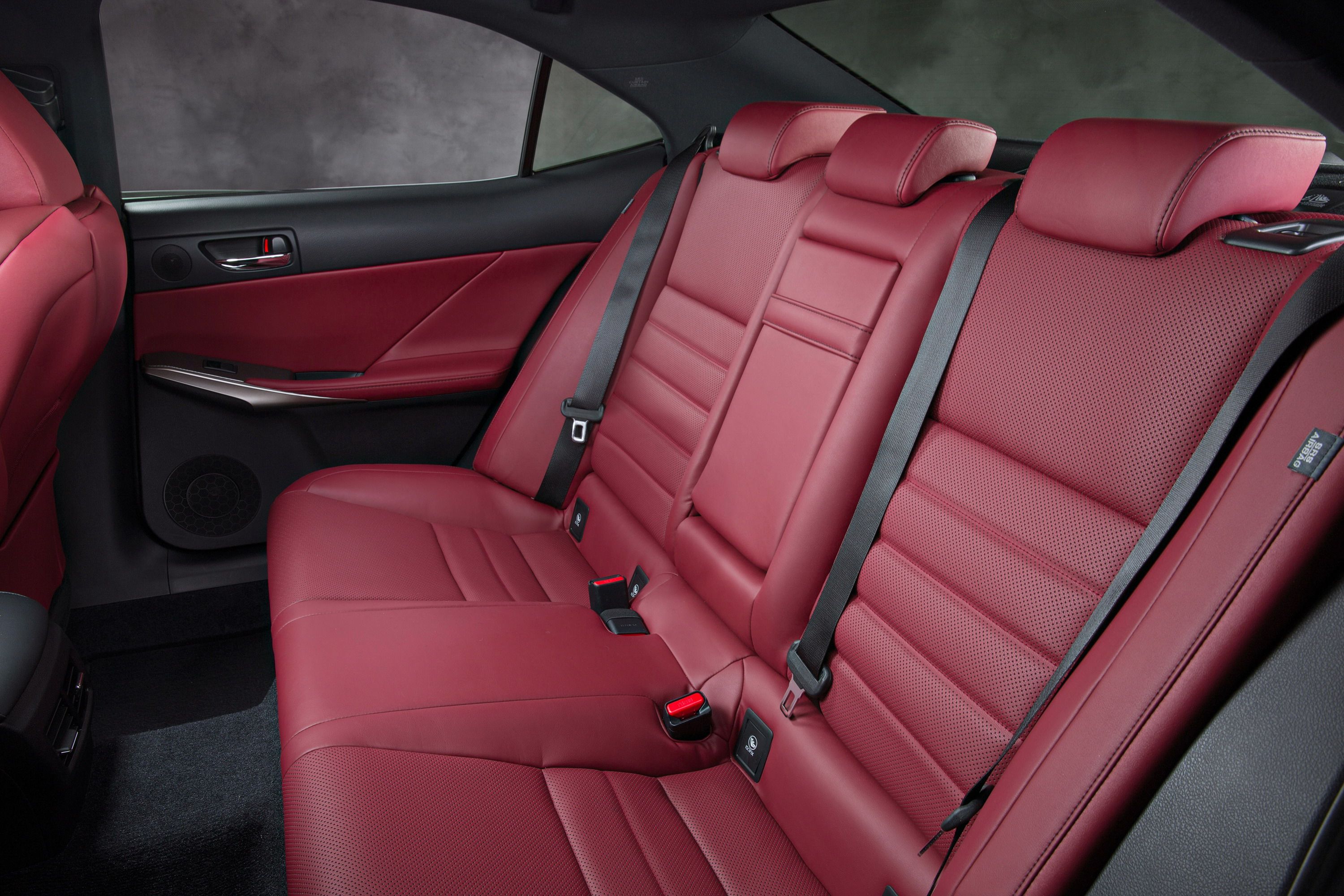
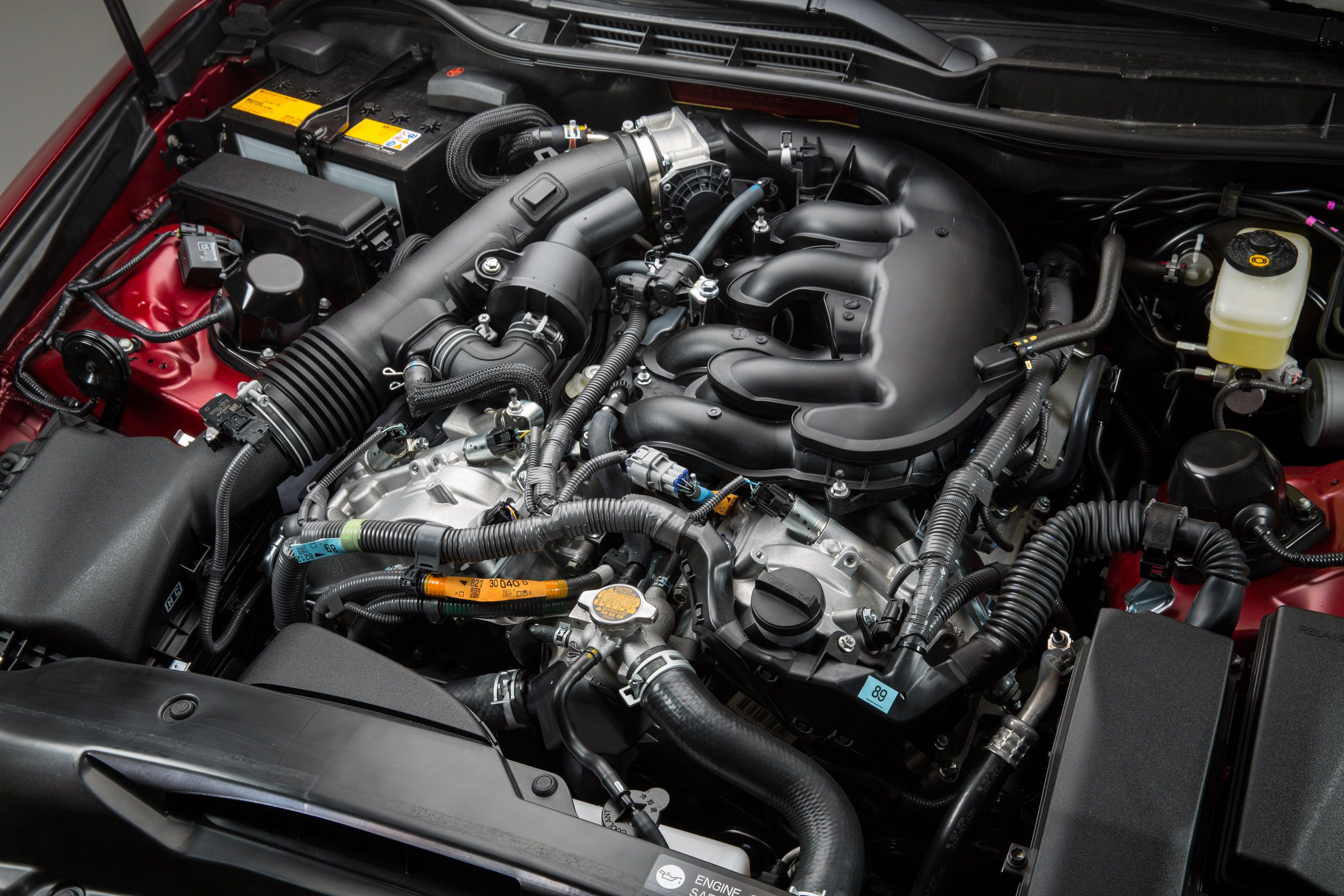
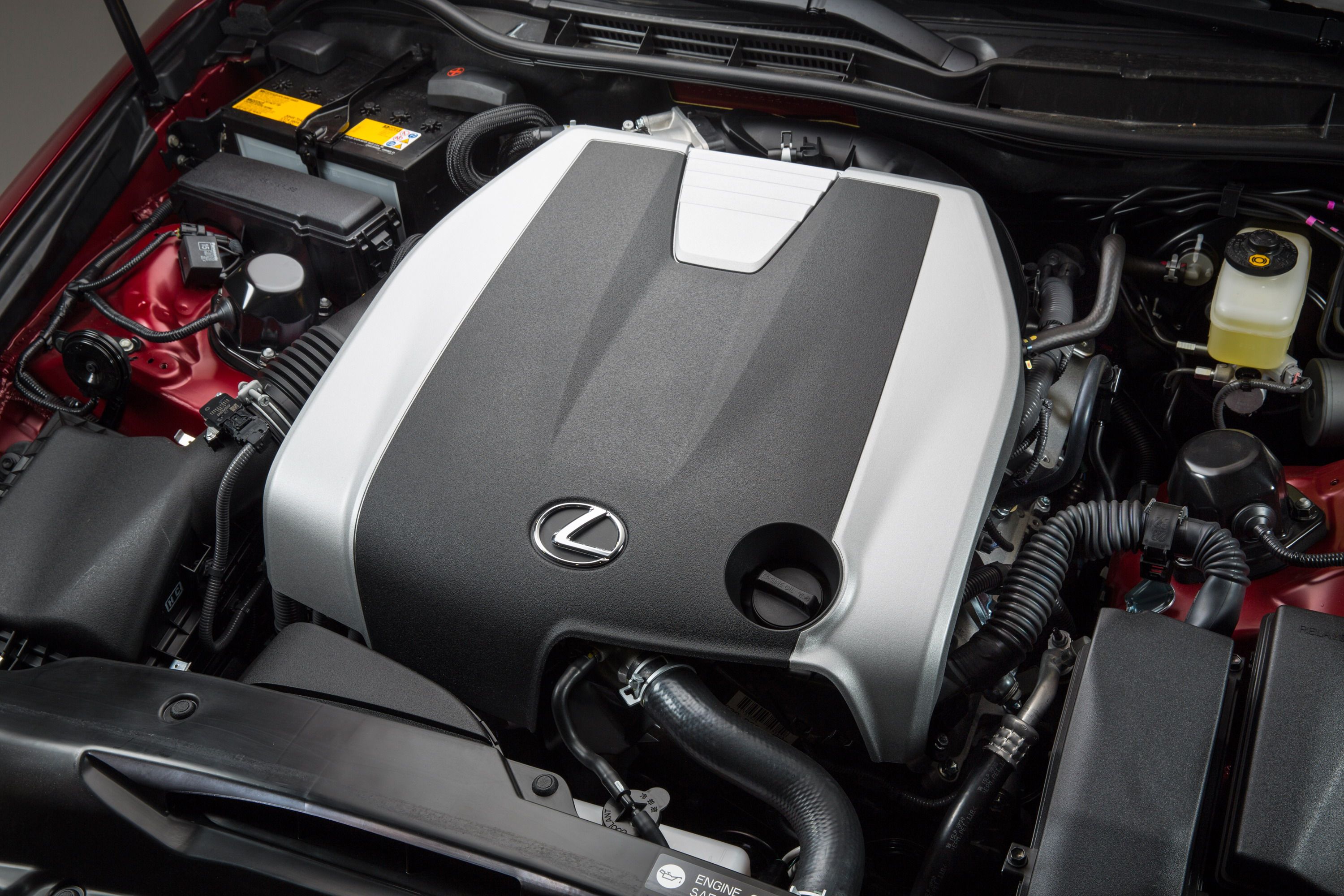
- Make: Array
- Model: 2014 - 2016 Lexus IS
- Engine/Motor: V6
- [do not use] Vehicle Model: Array
Exterior
Lexus isn’t the best in a lot of things, but it does do a better job than most in adapting some of its concept stylings into its production models. It’s clearly seen in the third-generation IS, which has traces of styling cues from the LF-LC Concept we first saw in 2012. The “spindle grille” is the most noticeable change from the second generation model with the independent, L-shaped Daytime Running Lights coming in a close second.
The headlights were also changed to look a little sharper and serve as an aesthetic complement to the massive single-unit grille. It's made the lights look small relative to the size of the grille, but that apparently was the price Lexus was willing to pay to stay true to the IS’ concept heritage.
Another distinctive change is the car’s size. Lexus understandably wanted to IS to be a little bigger and more aggressive-looking than its second-generation predecessor. The decision to add almost three inches to the wheelbase and close to inch in the car’s overall width accomplished that goal.
Save for a few updates, the overall look of the 2016 Lexus IS remains unchanged since the third-generation model’s 2013 debut. The aggressive front profile remains as fierce as ever. That’s partly attributed to the improved in the design of the grille, which shifted from the horizontal bars that covered just the top-half of the grille to a full-blown mesh design covering the entire grille Standard 18-inch five-spoke alloy wheels for the IS 350 variants are also new for 2016, but other than that, there's not much going on here.
That said, the 2016 IS still looks as sharp as ever, just the way Lexus intended it to be.
Interior
The interior of the Lexus IS features a clean, horizontal theme, combining refined materials with all the latest technologies offered by the company. There are some new tech digs available for the 2016 model, including the long-overdue heated steering wheel that’s now available as a standalone option.
The stylish dashboard mixes both class and functionality. It’s a shining example of how far the IS has improved from its earlier iterations. The separation of the Lexus DA digital display and the operational area by the A/C vents and the silver metallic trim analog clock means that accessing both zones is made a little simpler. This kind of difference may not mean much in the grand scheme of things, but for a driver looking for a functional and elegant center stack, the IS looks about as good and as refined as it’s going to get.
Interior space has also improved from the second-generation model, thanks in large part to the larger wheelbase that now gives occupants more room to stretch their legs. The quilted driver’s seat is still there, as is the dual-zone automatic climate control with touch-sensitive electrostatic switches.
New options like the Premium Plus Package will also be made available for the 2016 model. That includes things a powered tilt/telescopic steering wheel and rain-sensing wipers. The Lexus Enform connectivity feature is also available across the range.
Overall, the interior of the 2016 IS is refined as ever. The new tech features are welcome additions for customers looking to get the most out of the model.
Drivetrain
You didn’t think that Lexus would waste an opportunity to make some changes to the 2016 IS, did you? Sure, the exterior and interior updates were kept to a minimum, but the engine bay is where you’ll find the biggest change to the 2016 model.
Mercifully, the underwhelming 2.5-liter V-6 has been ditched in favor of something a little more intriguing: a 2.0-liter, turbocharged four-cylinder that will be used on the IS 200t, the model that will now sit at the bottom of the range.
This is a huge improvement for a number of reasons. First, the 2.0-liter turbo four can produce 241 horsepower and 258 pound-feet of torque. That’s a massive improvement from the 204-horsepower and 221-pound-feet of torque of the old 2.5-liter. Second, the new engine will also get the benefit of having an eight-speed Sport Direct-Shift automatic transmission, providing improved engine response. These two fundamental improvements allow the IS 200t to sprint from 0 to 60 mph in 6.9 seconds to go with an electronically limited top speed of 143 mph. The last improvement is arguably the most critical and the one most consumers will likely look into in their considering the IS: mileage.
The old 2.5-liter V-6 not only came up short in power, it only returned 21/30 mpg city/highway, which was one of the lowest in its segment. The new turbo four has bumped those estimates up to 22/33 mpg city/highway. It still not a class-leading number, but at least it's an improvement.
Meanwhile, the rest of the Lexus IS lineup will feature the same 3.5-liter V-6 engine, albeit broken down into two categories to include a detuned version for the new IS 300 AWD. The newest IS variant will only receive 255 horsepower and 236 pound-feet of torque as a result of this engine manipulation, providing a more relaxed ride compared to the 306-horsepower and 277-pound-feet of torque numbers that the IS 350 will have its disposal.
The two variants of the 3.5-liter V-6 naturally creates a difference in performance numbers as the 300 AWD will be able to sprint from 0 to 60 mph in 6.1 seconds, four-tenths of a second slower than the 0 to 60 mph time of the IS 350. Both cars have electronically limited top speeds of 131 mph.
Drivetrain Specifications
|
Model |
Lexus IS 200t |
Lexus 300 AWD |
Lexus IS 350 |
|
Engine |
2.0-liter twin-scroll turbocharged four-cylinder |
3.5-liter V6 |
3.5-liter V6 |
|
Output |
241 HP |
255 HP |
306 HP |
|
Torque |
258 LB-FT @ 1,650-4,400 RPM |
236 LB-FT @ 2,000-4,800 RPM |
277 LB-FT |
|
Transmission |
eight-speed automatic |
six-speed automatic |
eight-speed, Sport Direct Shift (SPDS) automatic |
Prices
The 2016 Lexus IS has a starting price of $37,325 for the IS 200t RWD. The numbers go up all the way up to $43,035 for the top-of-the-line IS 350 AWD.
|
Model |
Price |
|
IS 200t RWD |
$37,325 |
|
IS 300 AWD |
$39,700 |
|
IS 350 RWD |
$40,870 |
|
IS 350 AWD |
$43,035 |
Safety
The Lexus IS scored some pretty impressive safety results on tests conducted by the Insurance Institute for Highway Safety (IIHS), including grades of “Good” (the highest grade available) on categories like moderate overlap front, side, roof of strength, and head restrains and seats.
That’s an important vote of confidence for people looking into purchasing the entry-level luxury sedan. Give credit to Lexus for taking this part of the car seriously. The 2016 IS benefits from having a high-tensile steel body structure to provide occupant protection. It also boasts of a handful of safety tech features, including the Pre-Collision System (PCS) with Dynamic Radar Cruise Control that can help in lessening the damage impact to the body in the event of collisions. It also has the Dynamic Radar Cruise Control system that utilizes millimeter-wave radar to measure and maintain a pre-set distance from a vehicle traveling ahead.
In addition to these advanced safety systems, the 2016 also has a cadre of safety equipment, including 10 SRS airbags: two-stage dual SRS front airbags, driver and front passenger SRS knee airbags, front and rear SRS side airbags, as well as full length SRS side curtain airbags.
The Competition
BMW 3 Series
Let’s face it: the Lexus IS has made enormous strides in its lifetime, but it still has a long ways to go if it hopes to be in the same level as the BMW 3 Series. As one of the kings of its class, the 3 Series not only benefits from all the upstanding qualities of a true Bimmer - looks, power, performance, safety, and heritage - it also has the advantage of being one of the most popular entry-level luxury sedans in the market.
BMW has even put extra significance on planting the 3 Series in that specific segment by leaving the coupe duties to the 4 Series. It’s not like BMW needed to do it; it just wanted to.
For the 2016 model, the 3 Series also received its fair share of updates, but none was important than the addition of a new, twin-turbocharged, 3.0-liter, inline-six engine that pumps out 320 horsepower and 330 pound-feet of torque. That’s more than what the top-of-the-line IS 350 AWD can offer. The 3 Series also benefits from having other engine options to choose from, namely an upgraded version of the 2.0-liter, inline-four engine the old 3 Series had. It’s upgraded because it can now produce 250 horsepower and 258 pound-feet of torque, amounting to a 10-percent improvement in horsepower and and a 3-pound-feet improvement in torque.
Even more of a concern for the Lexus IS are the prices for the 3 Series. The base model starts at $32,950, almost $5,000 cheaper than the IS 200t. I’m no wizard in math, but that’s still a huge advantage for the Bimmer.
Read our full review here.
Conclusion
There are a lot of things to like about the 2016 Lexus IS. I for one am a huge fan of its looks. Talk about a dramatic improvement from its past looks. If the second-generation model resembled someone in alarming need of caffeine in his system, the 2016 IS looks like someone who had just finished his 10th espresso in under two hours. It just looks incredibly aggressive.
The new engine is another step in the right direction, as is the new safety additions. All these updates make the 2016 IS a more formidable choice in its segment. But the IS suffers from two huge disadvantages: one is the price and the other is community good will, two things a car like the BMW 3 Series has a clear-cut edge over the new Lexus sedan.
Updates
Updated 04/29/2013: Lexus announced today prices for the 2014 IS luxury sedan set to arrive at dealerships this summer. Click past the jump to learn more about it.
Updated 11/08/2013: Lexus came with its entire 2014 lineup at the Miami International Auto Show that opens its doors today. The new generation IS luxury sedan is of course included, so, if you happen to be in the neighborhood then you should definitely take a ride at the show.
Updated 06/27/2014: Lexus announced today a series of upgrades for the 2015 IS sedan which will be put on sale later in the summer. For the 2015 model year, IS gains a new pair of LED fog lights for the exterior, while the interior gets numerous cabin enhancements. Check them out after the jump.

